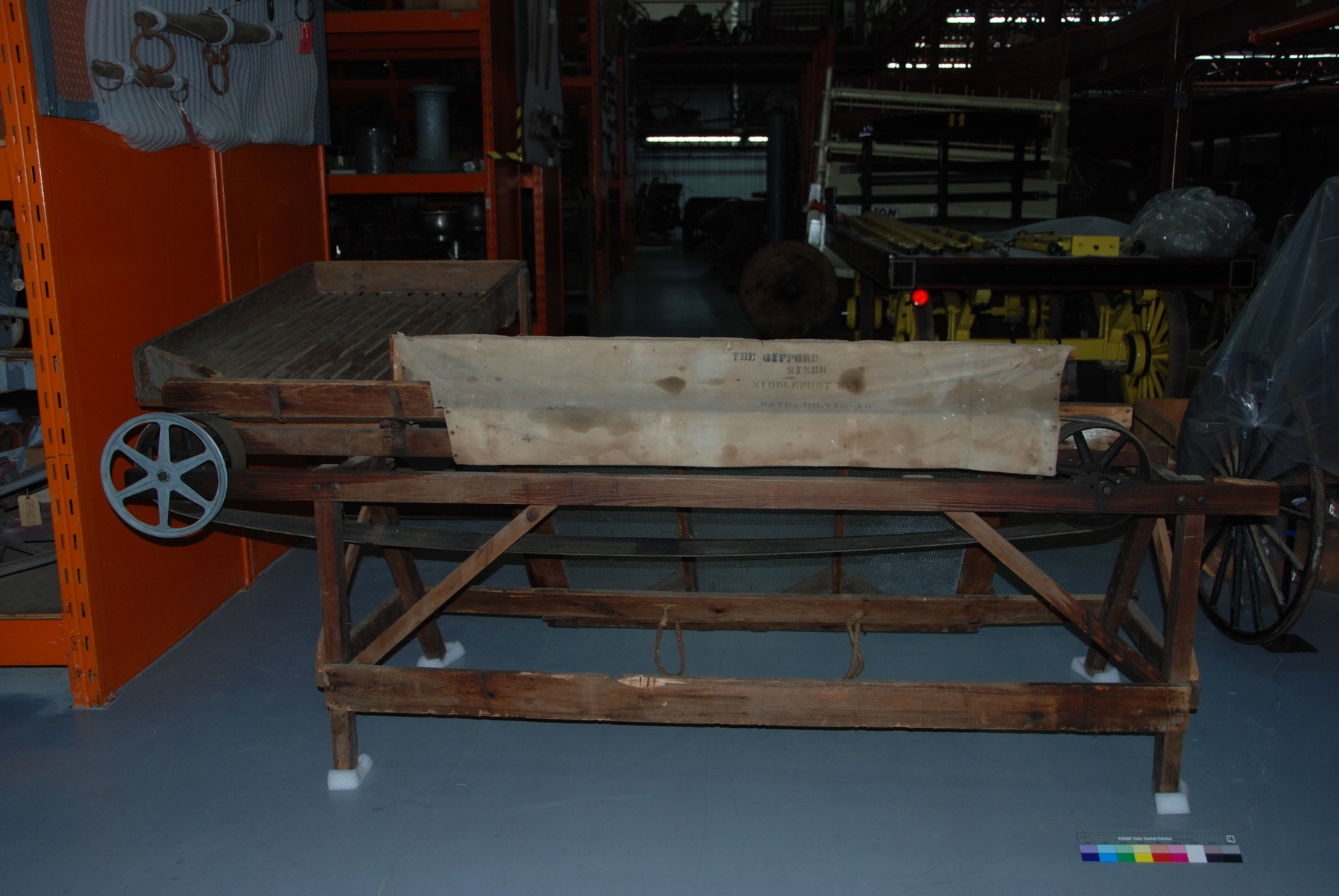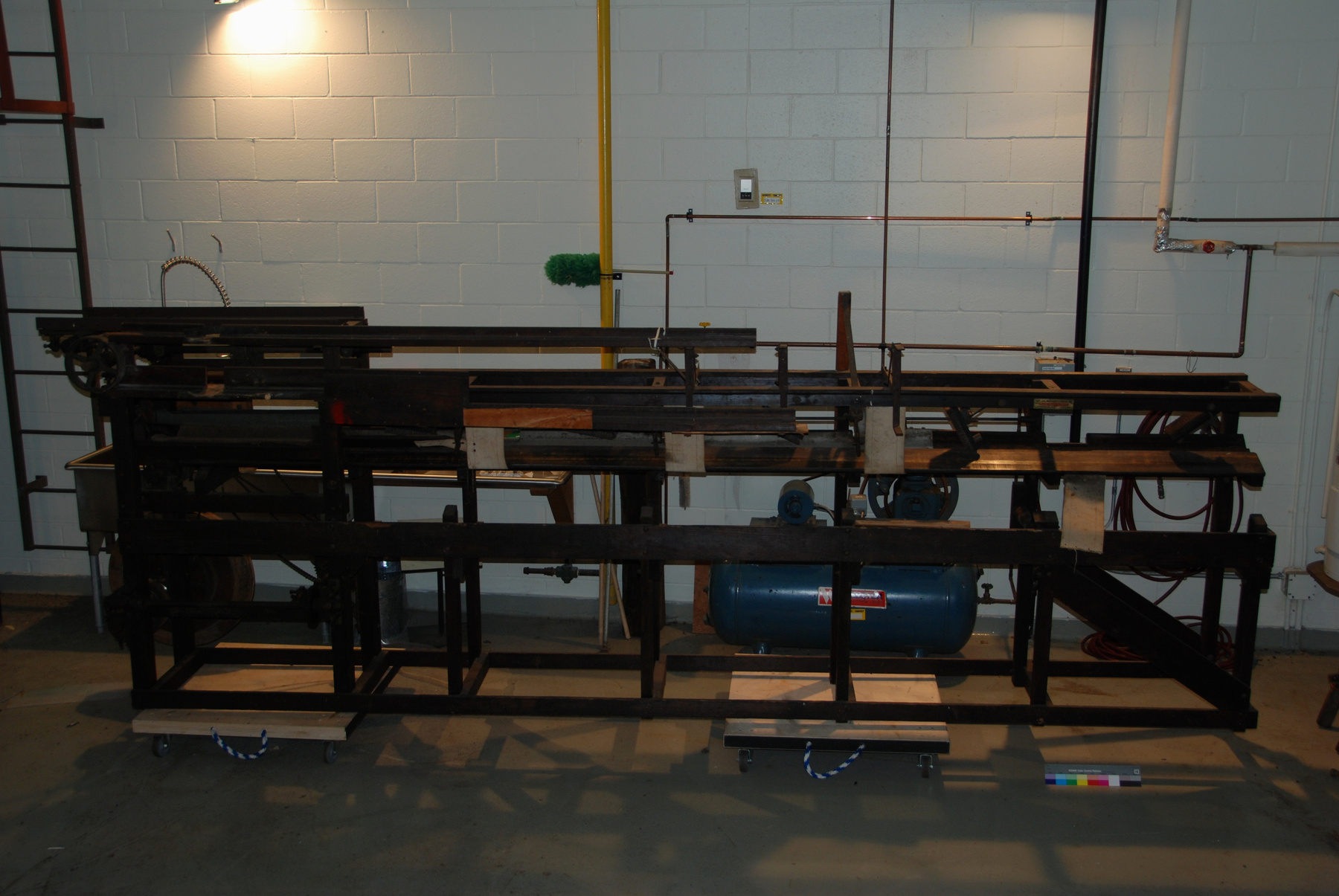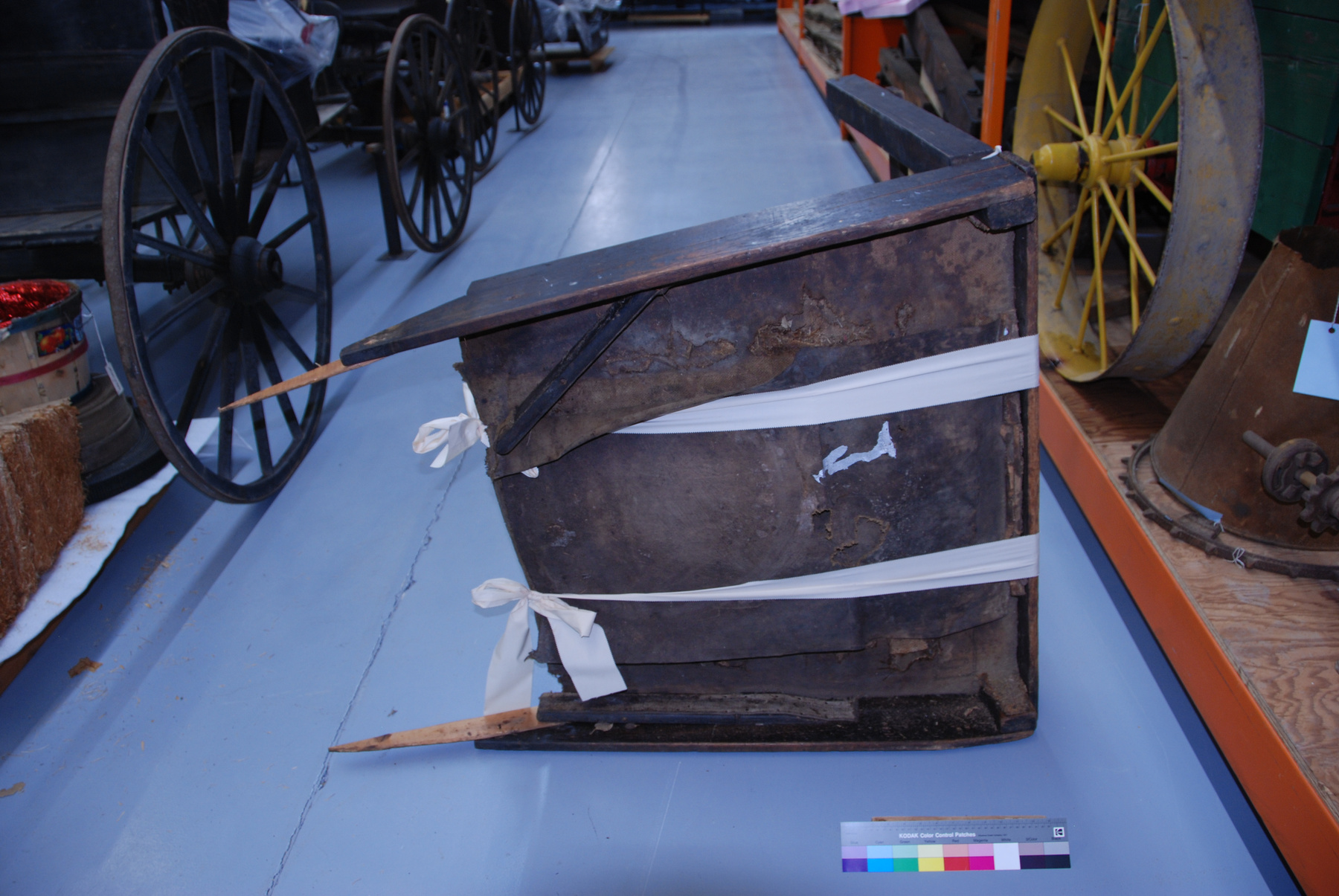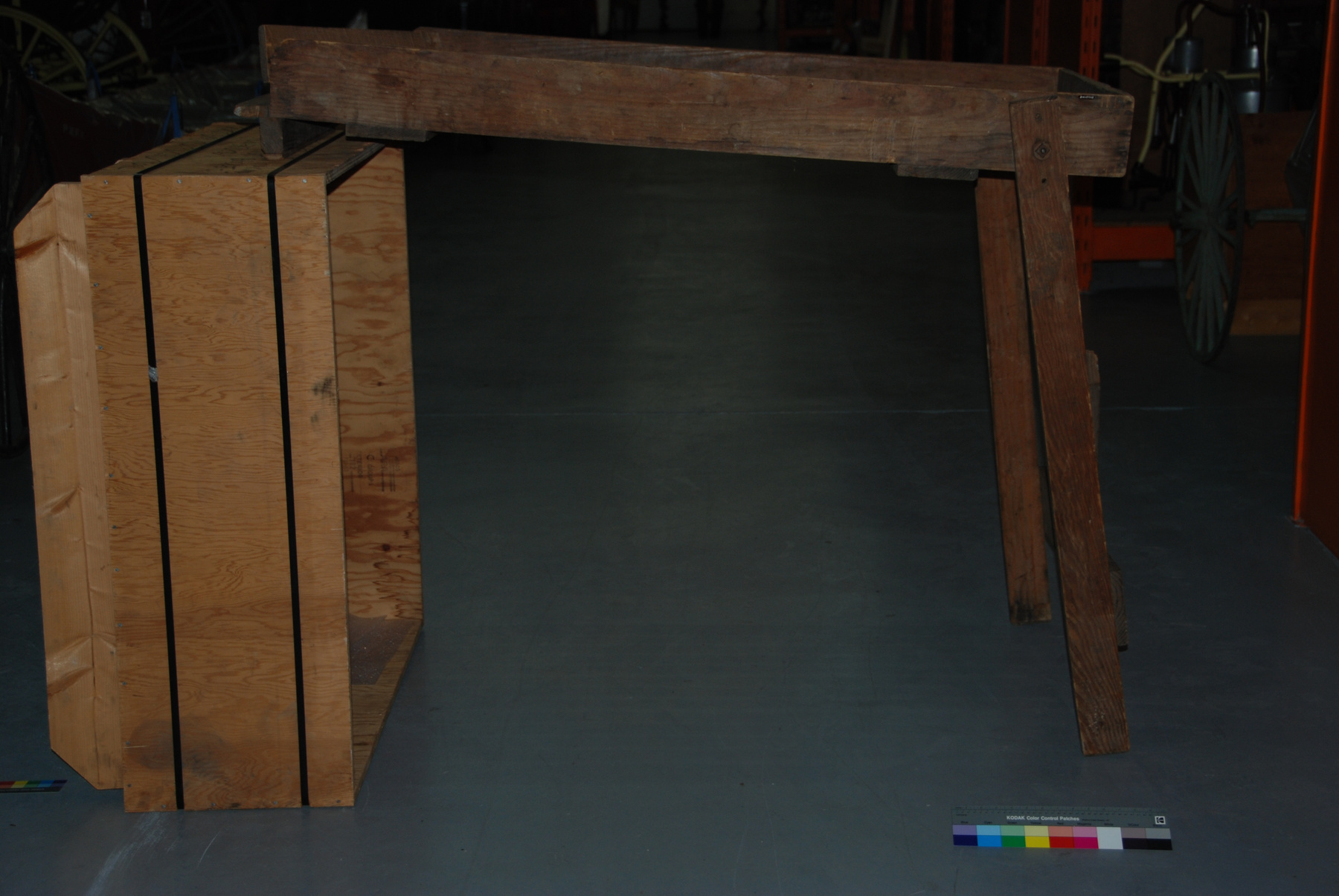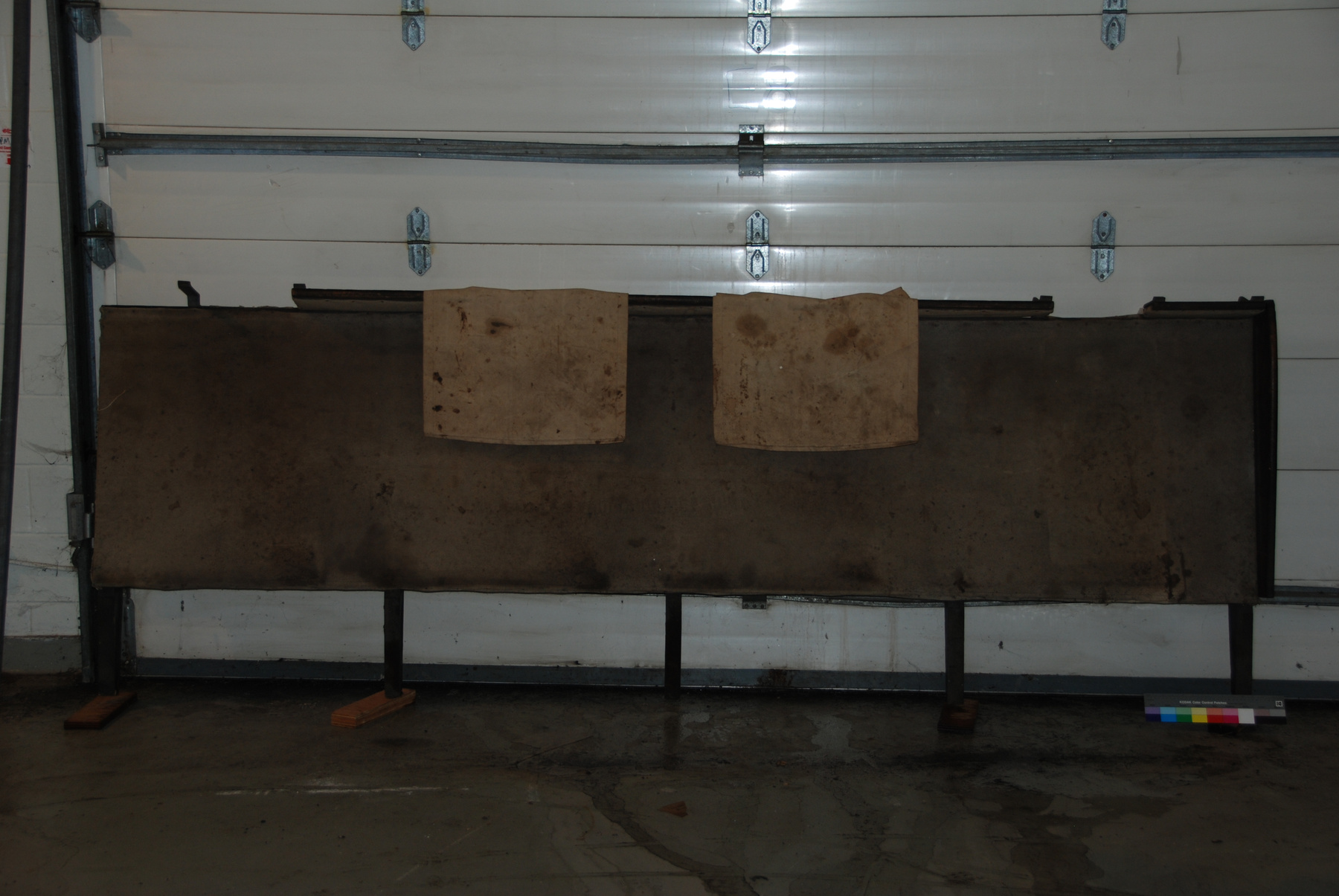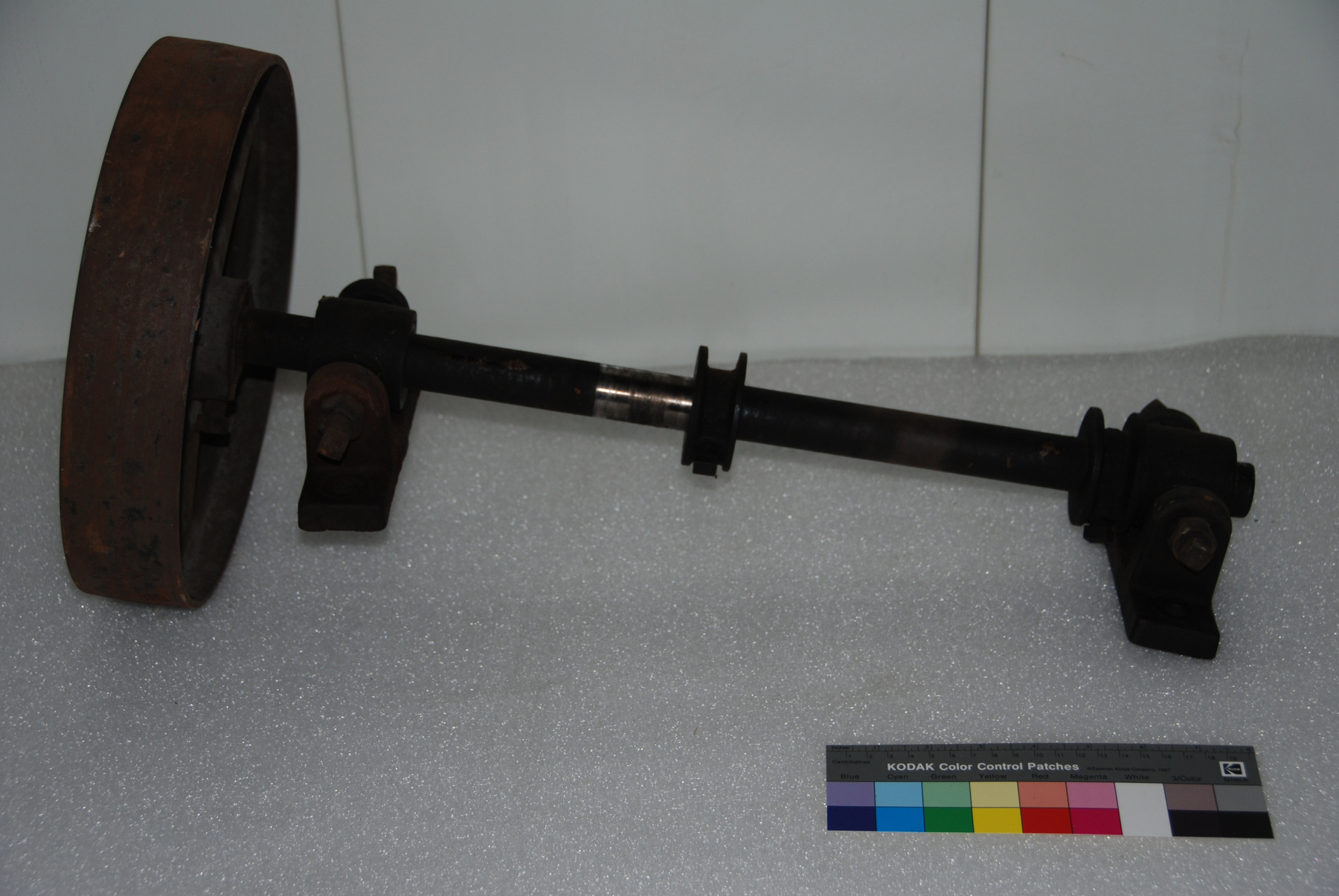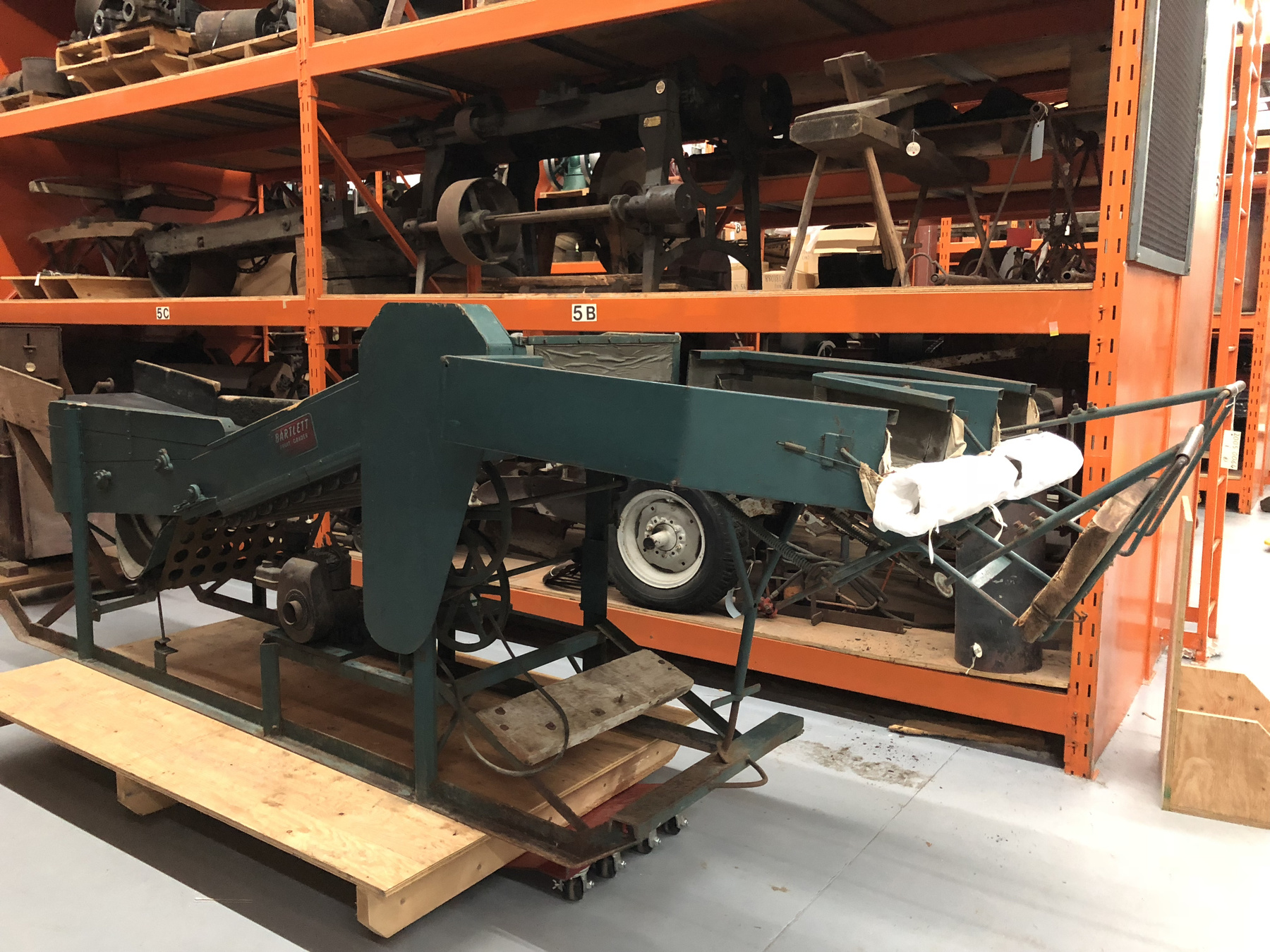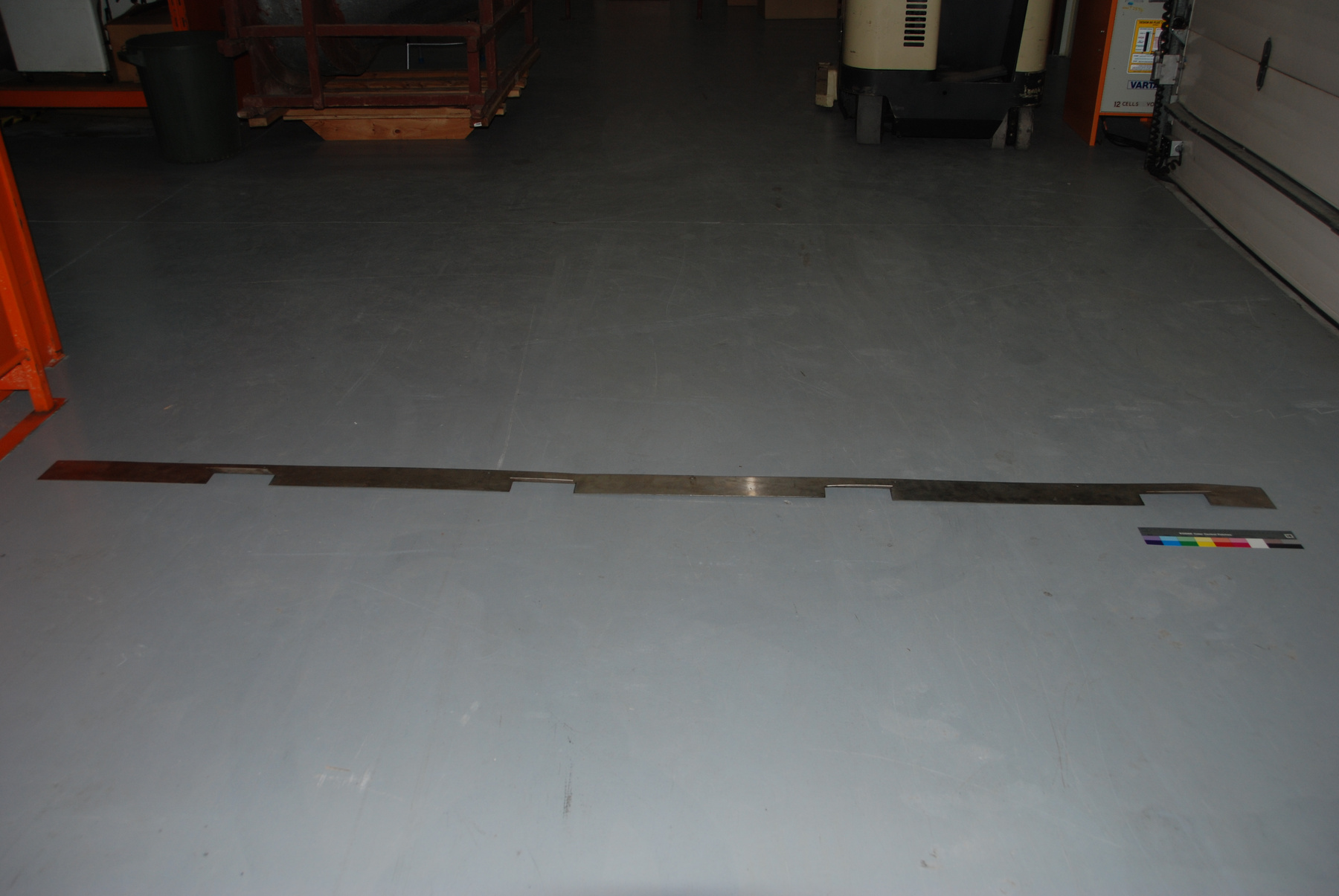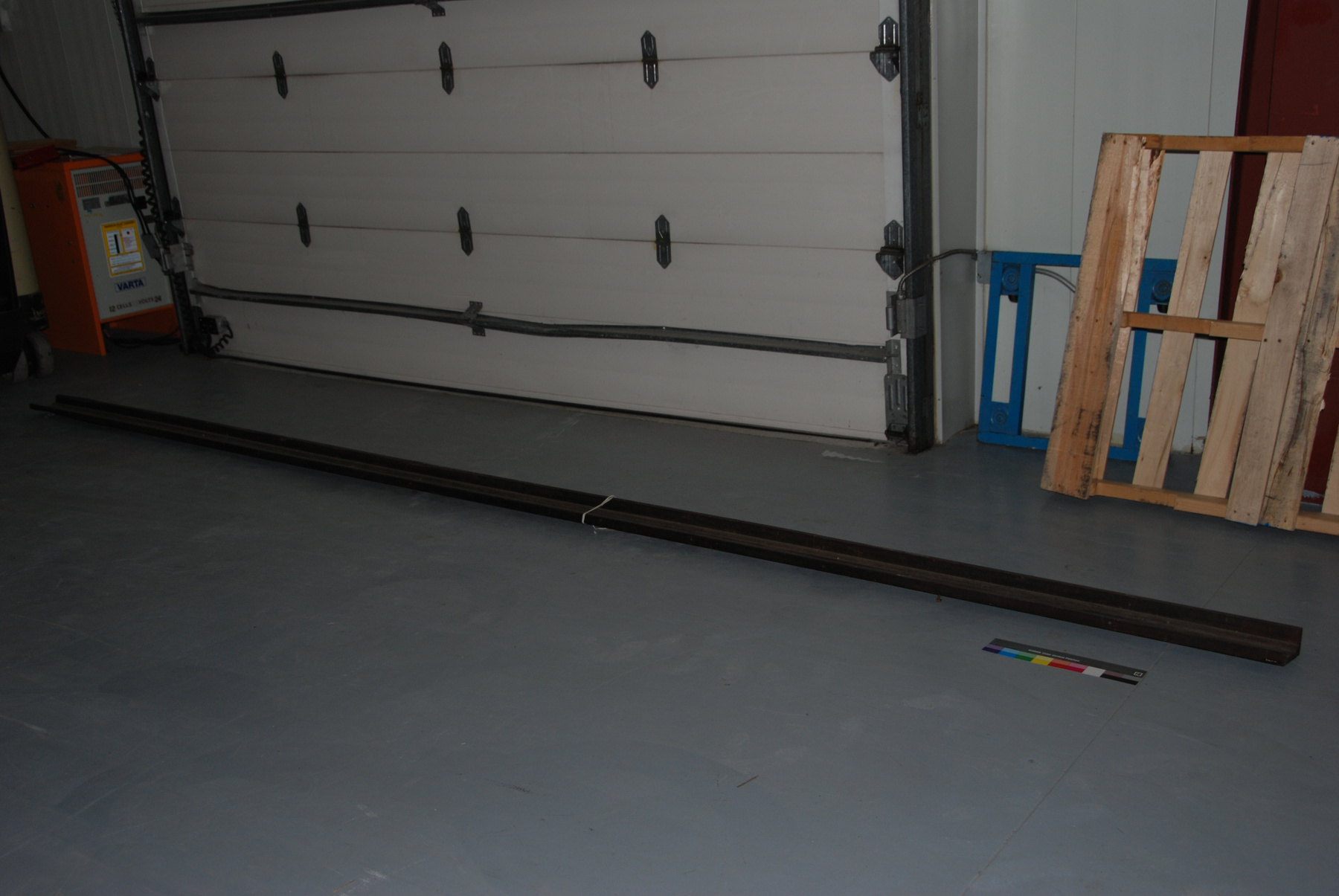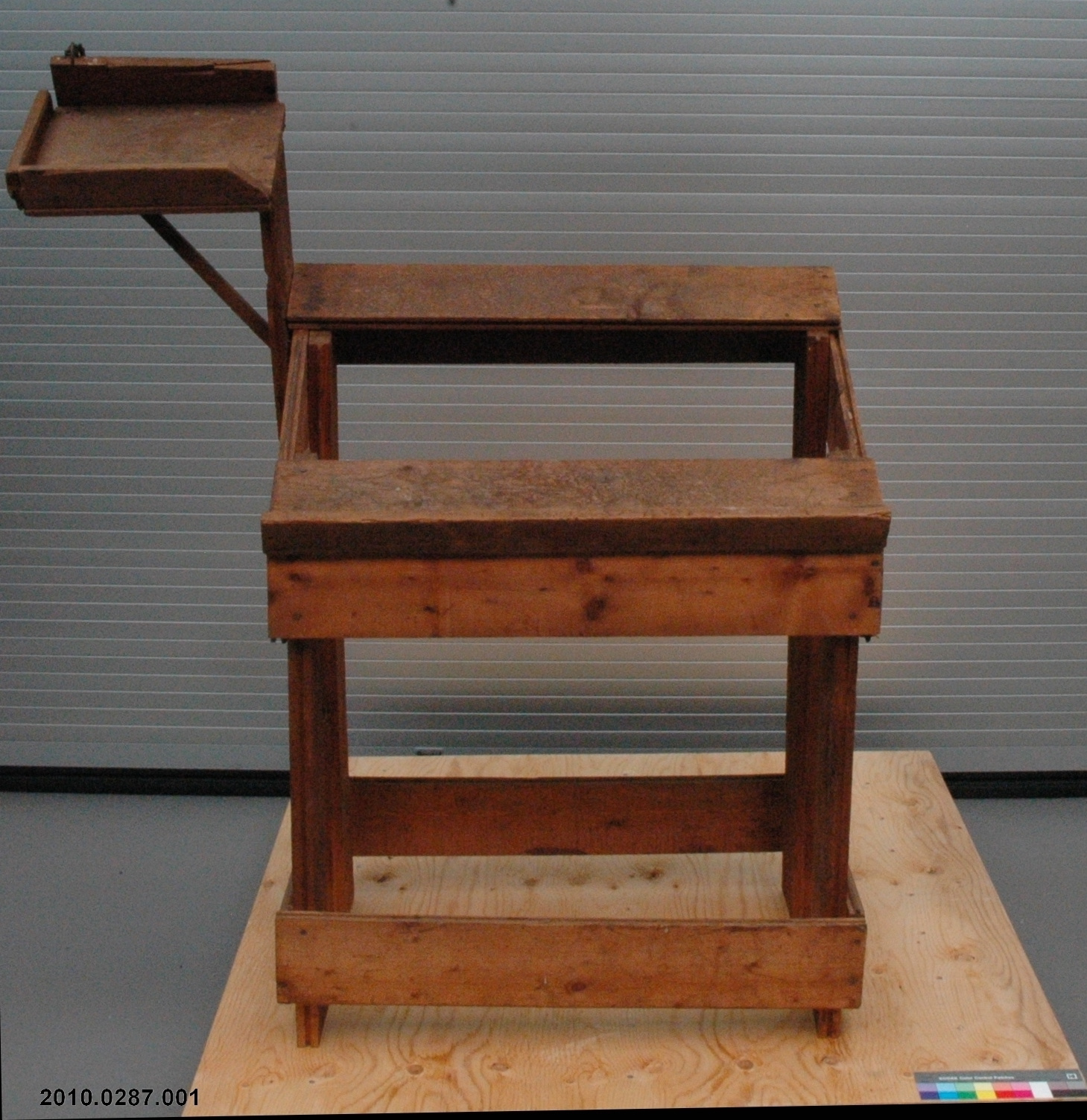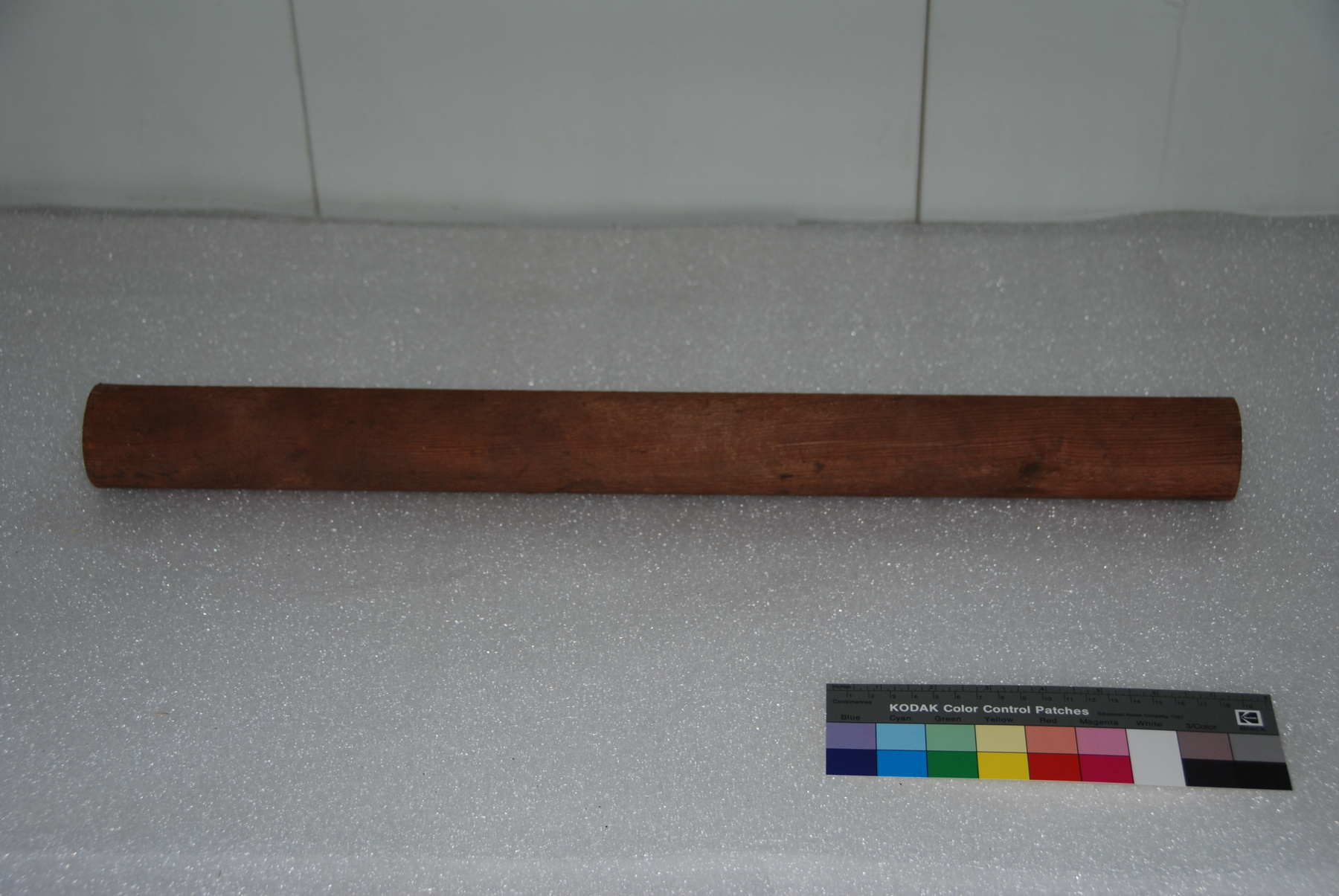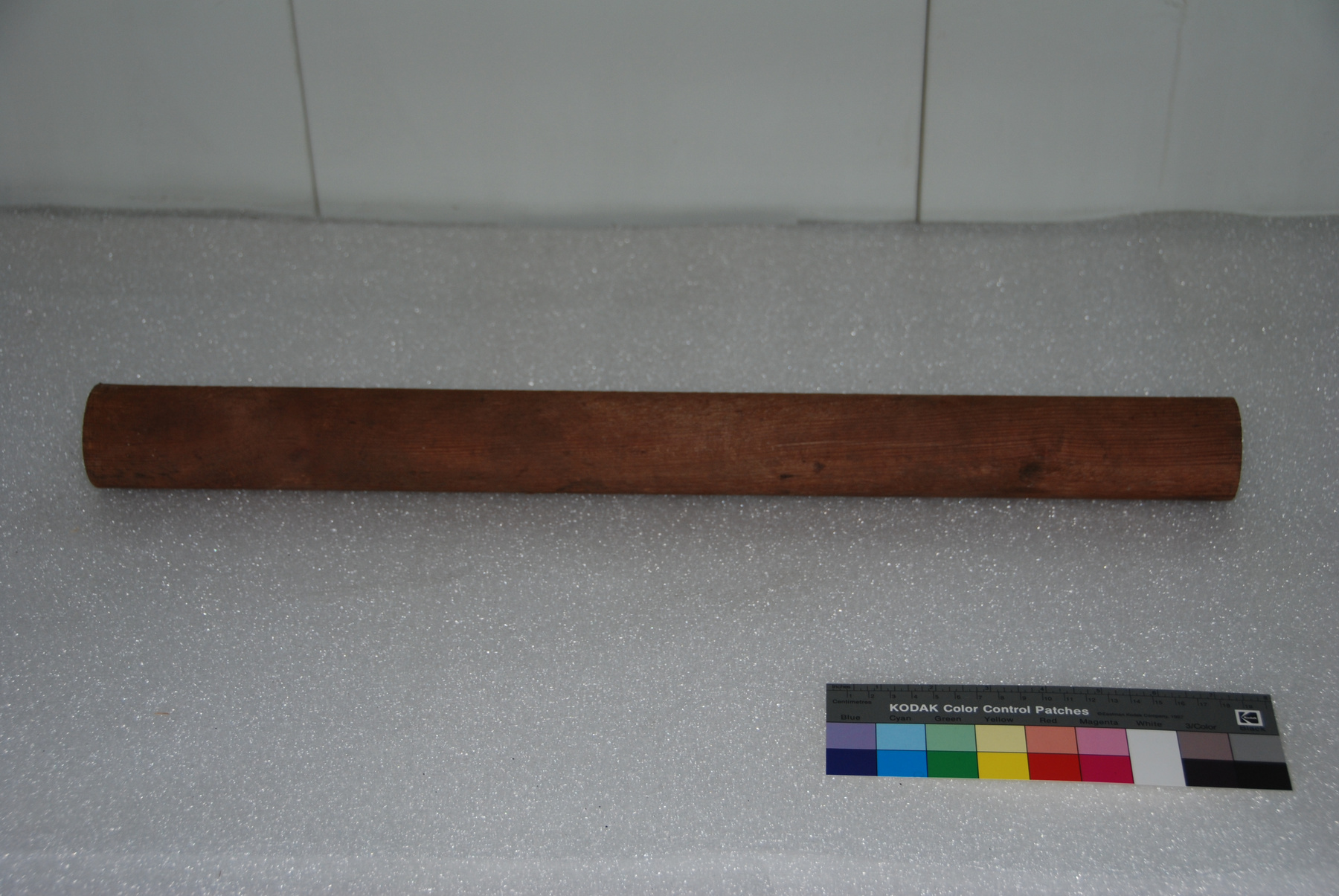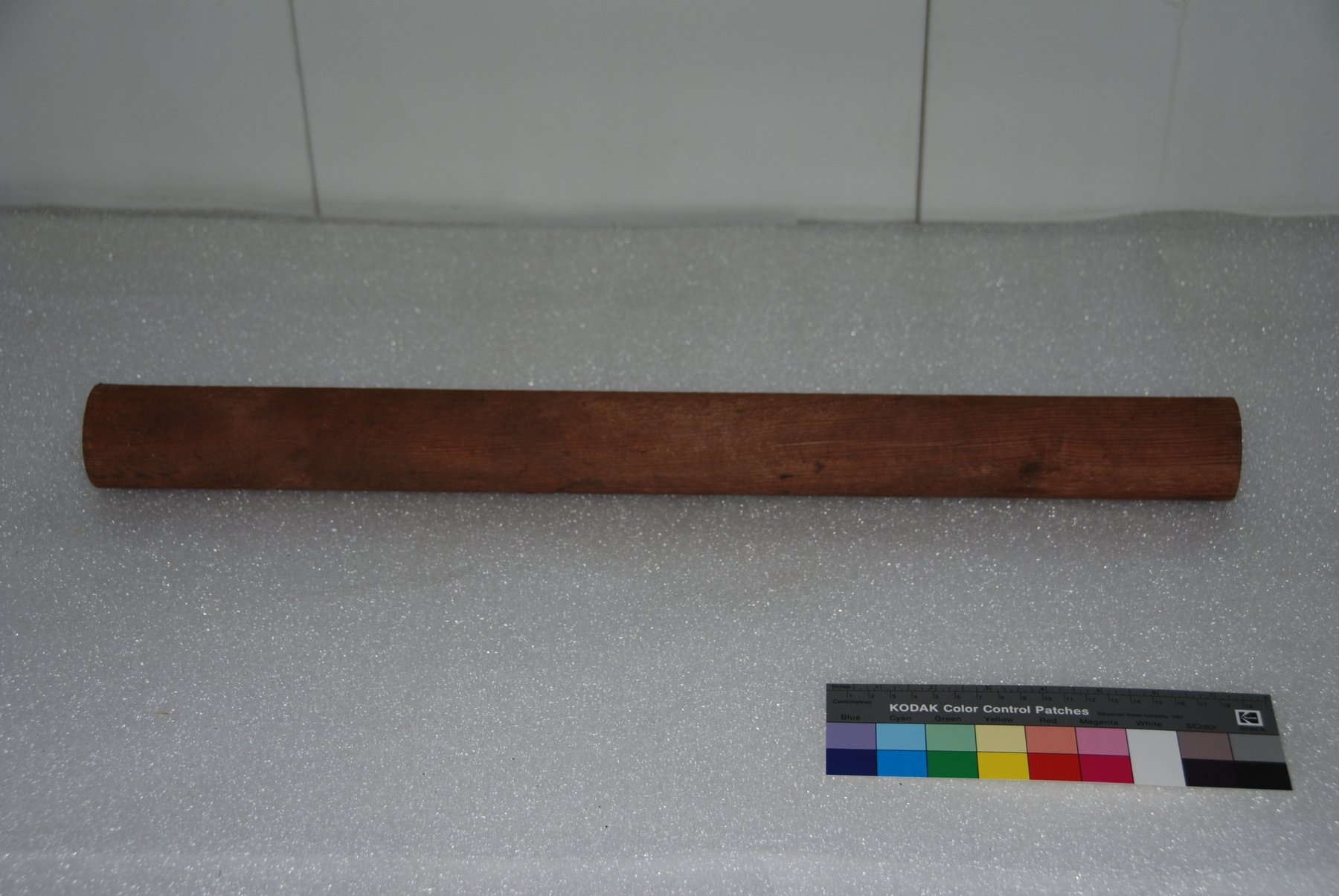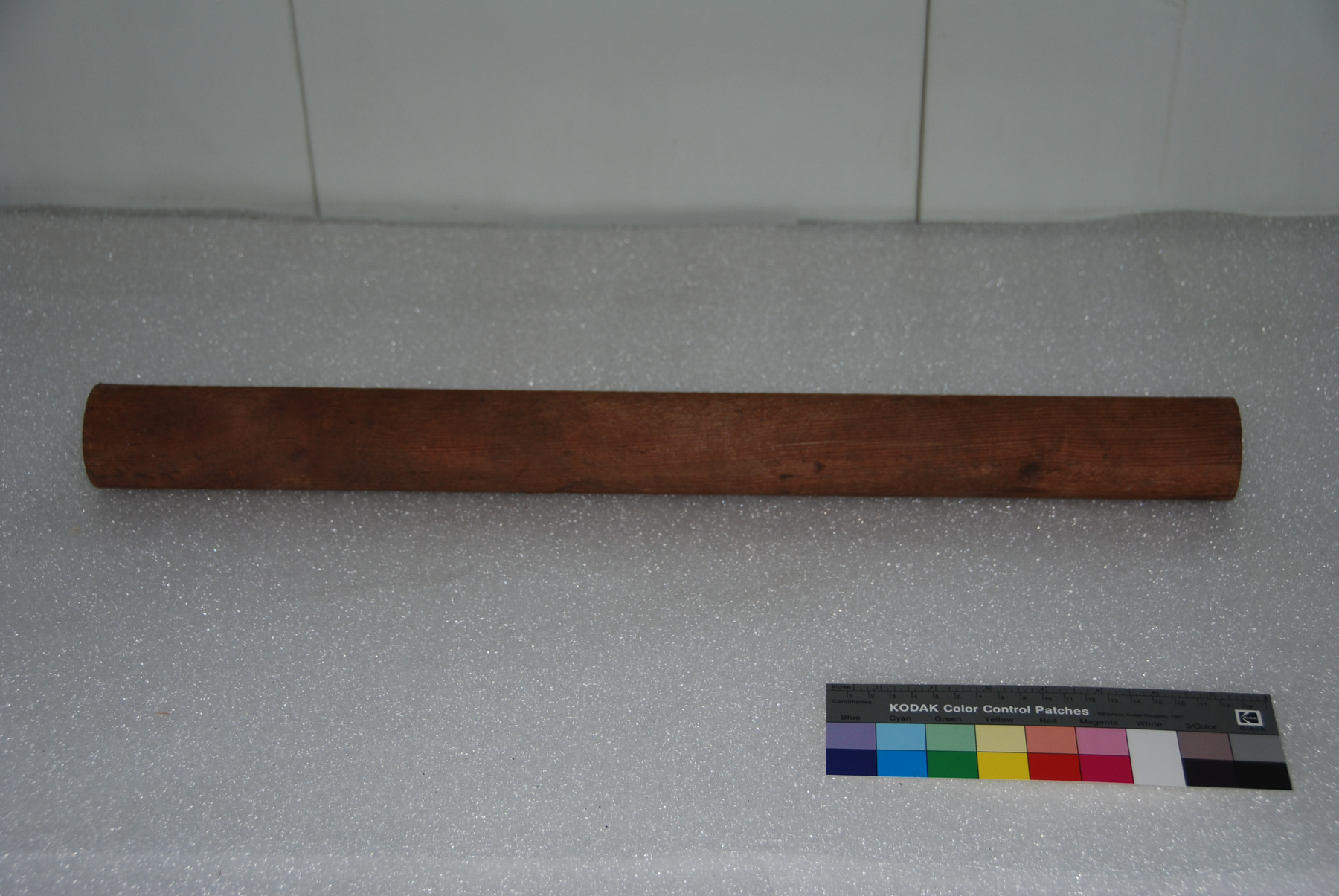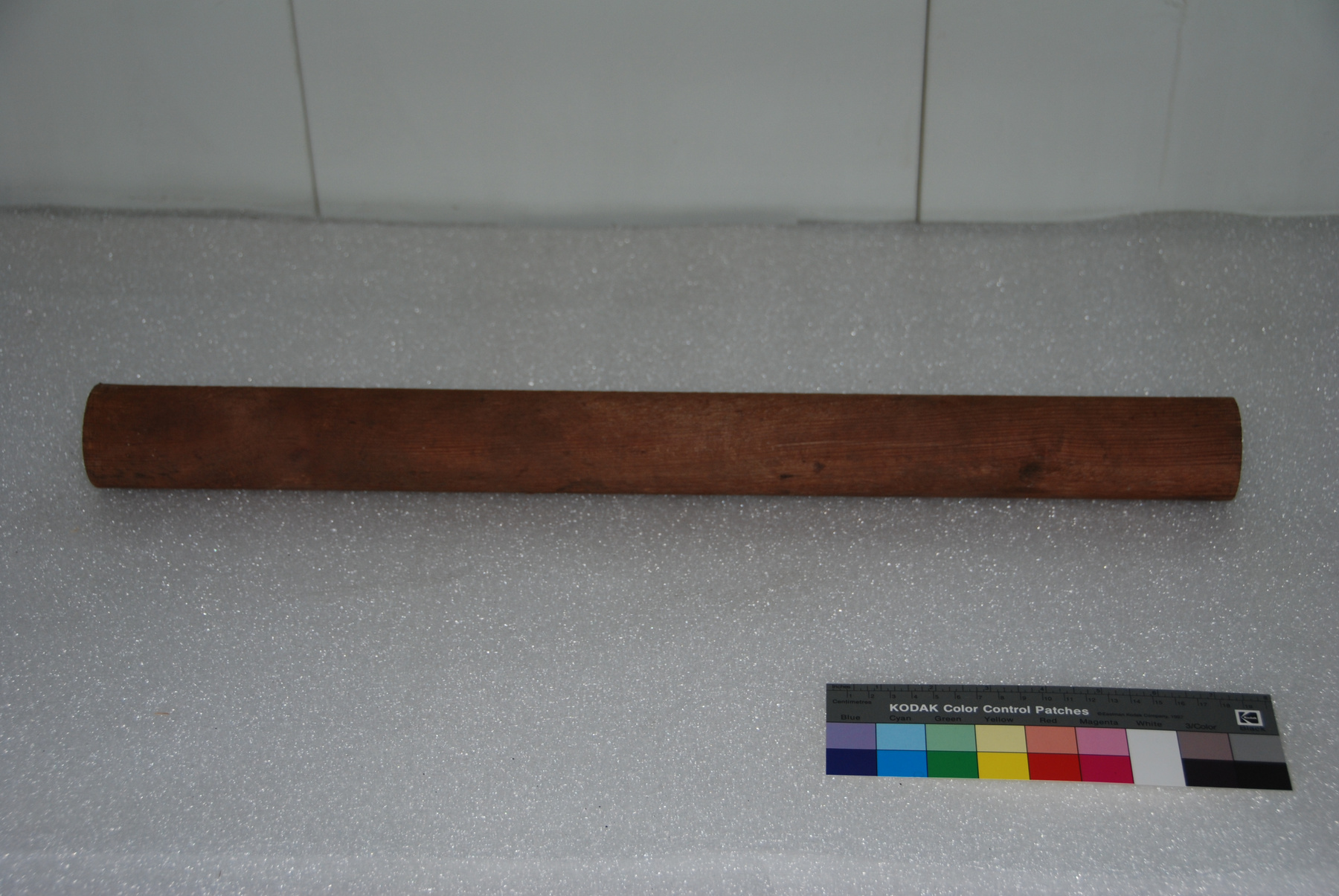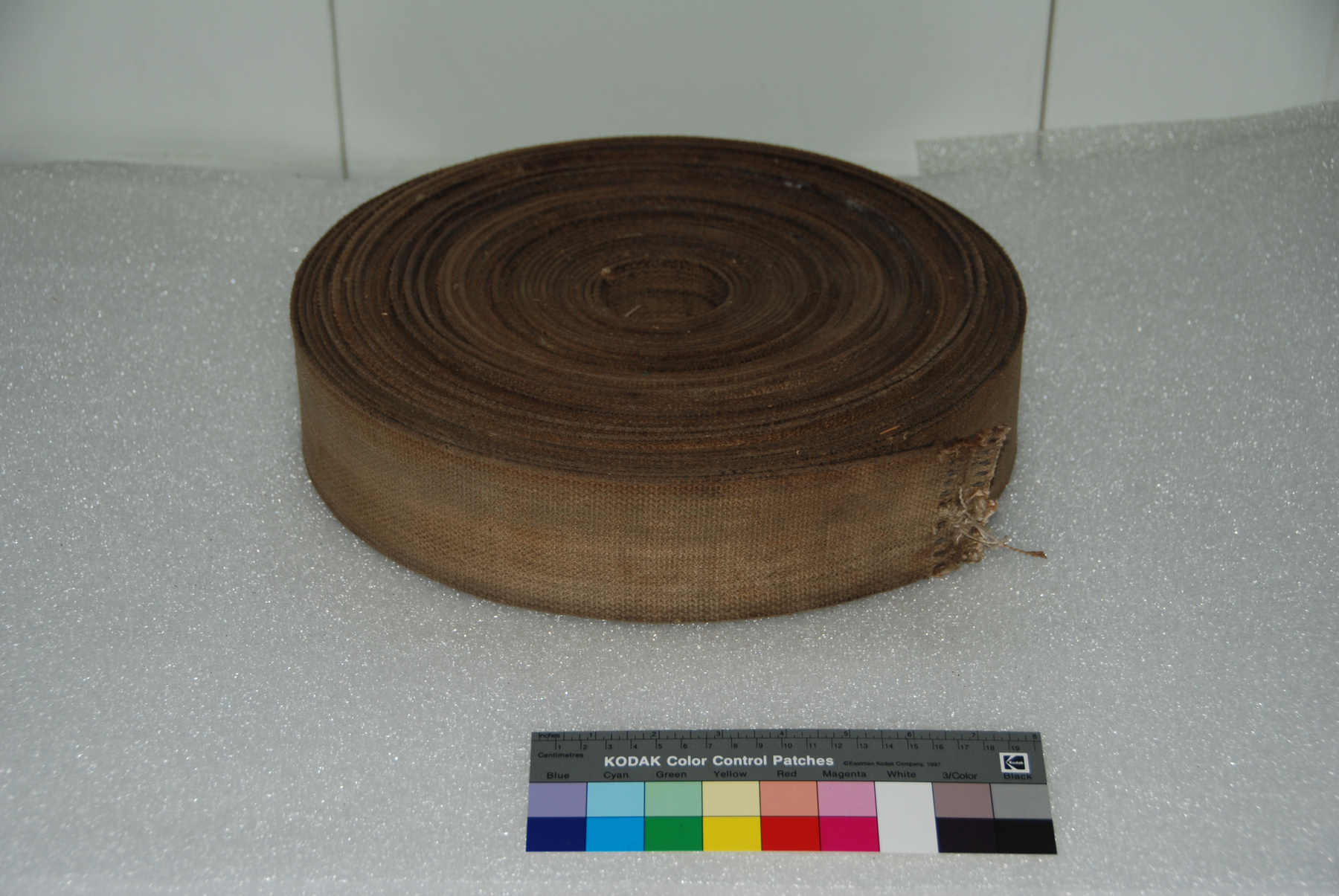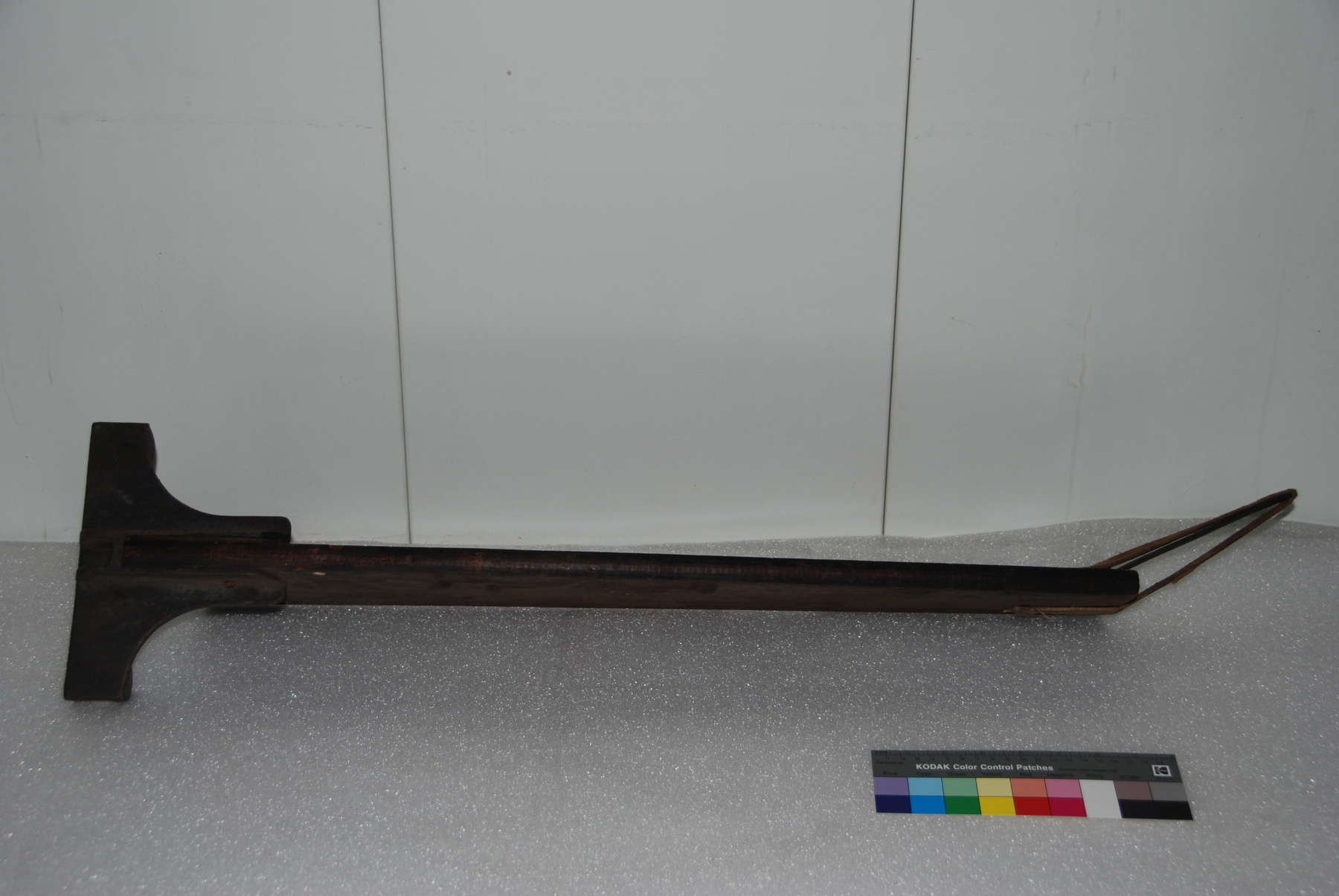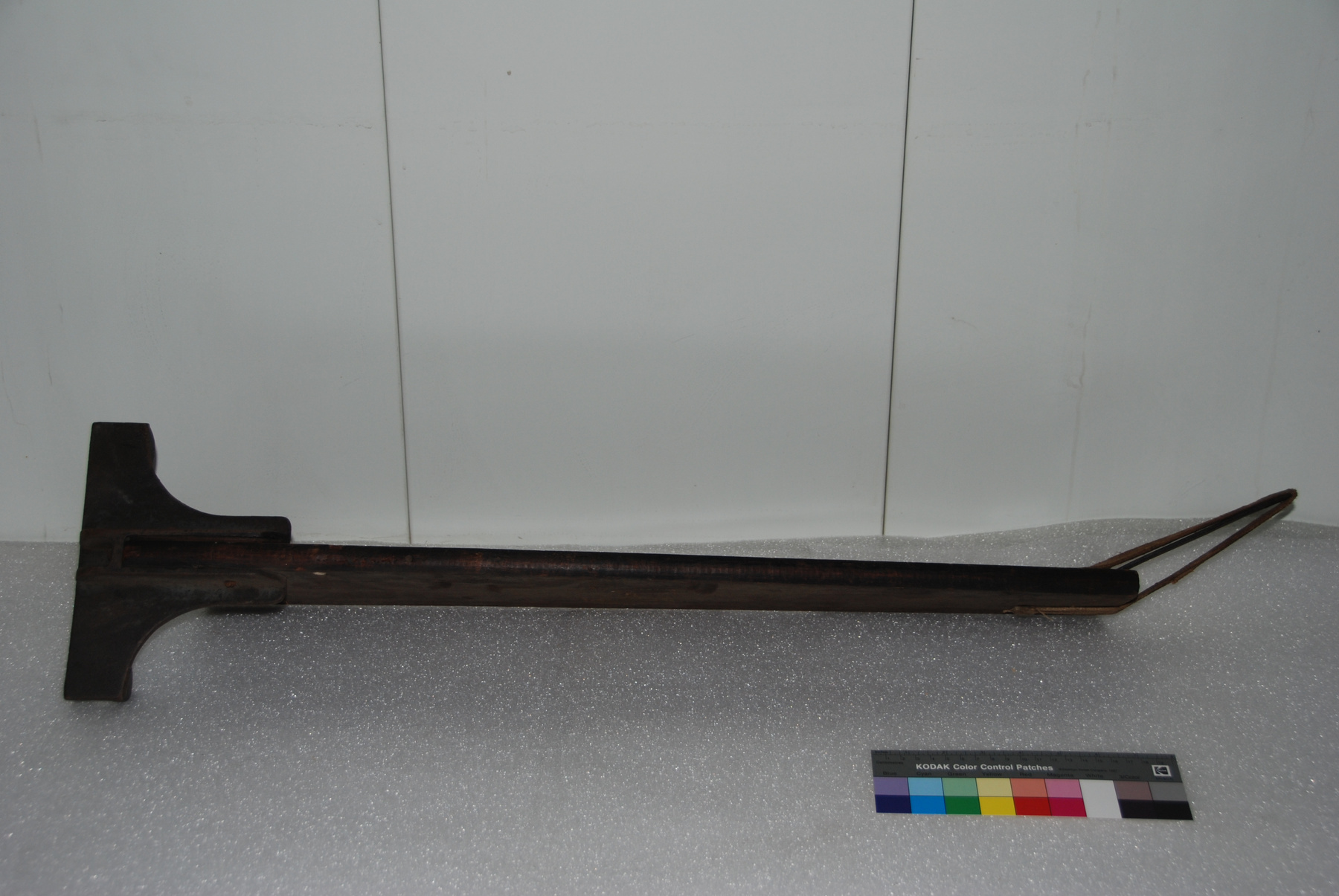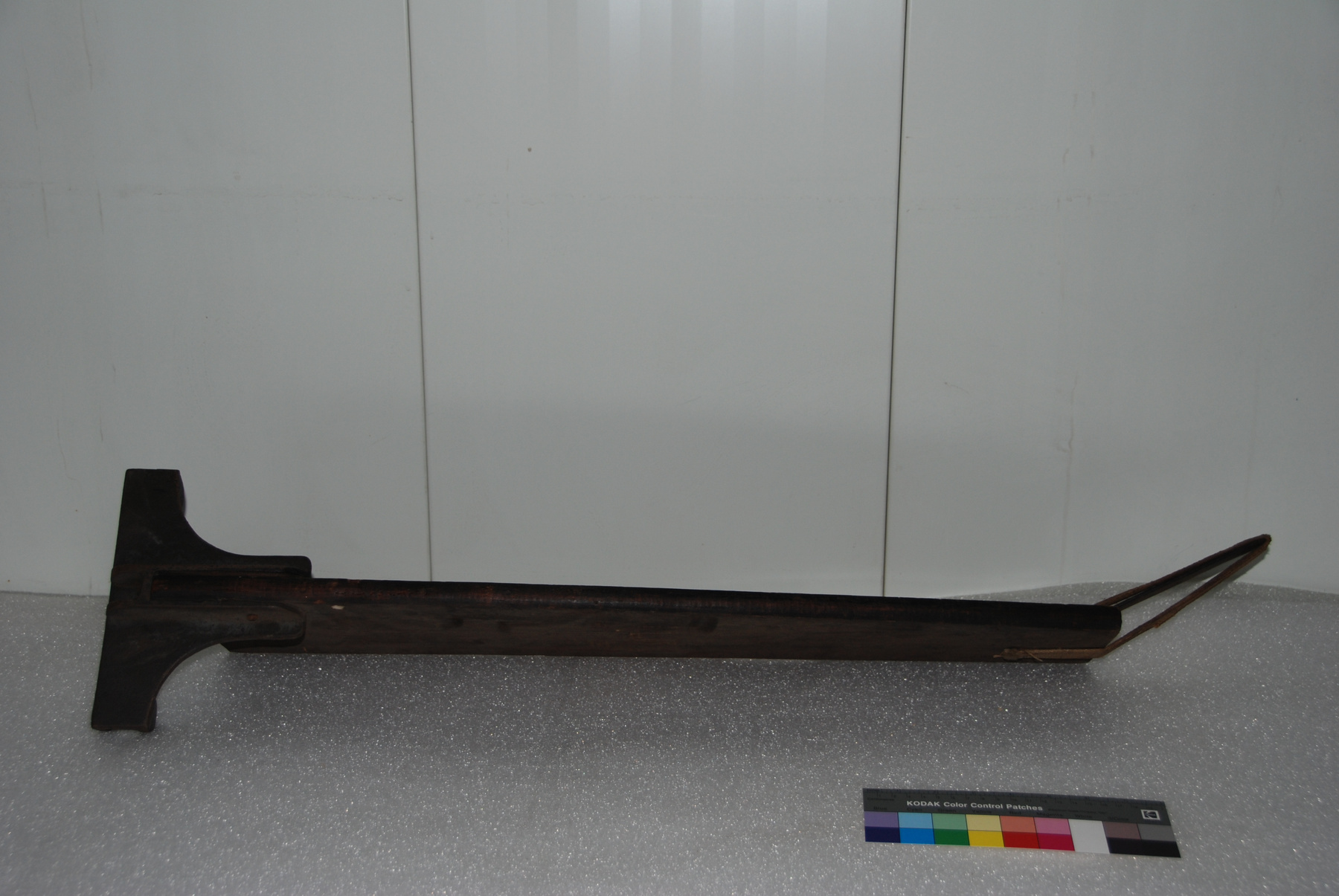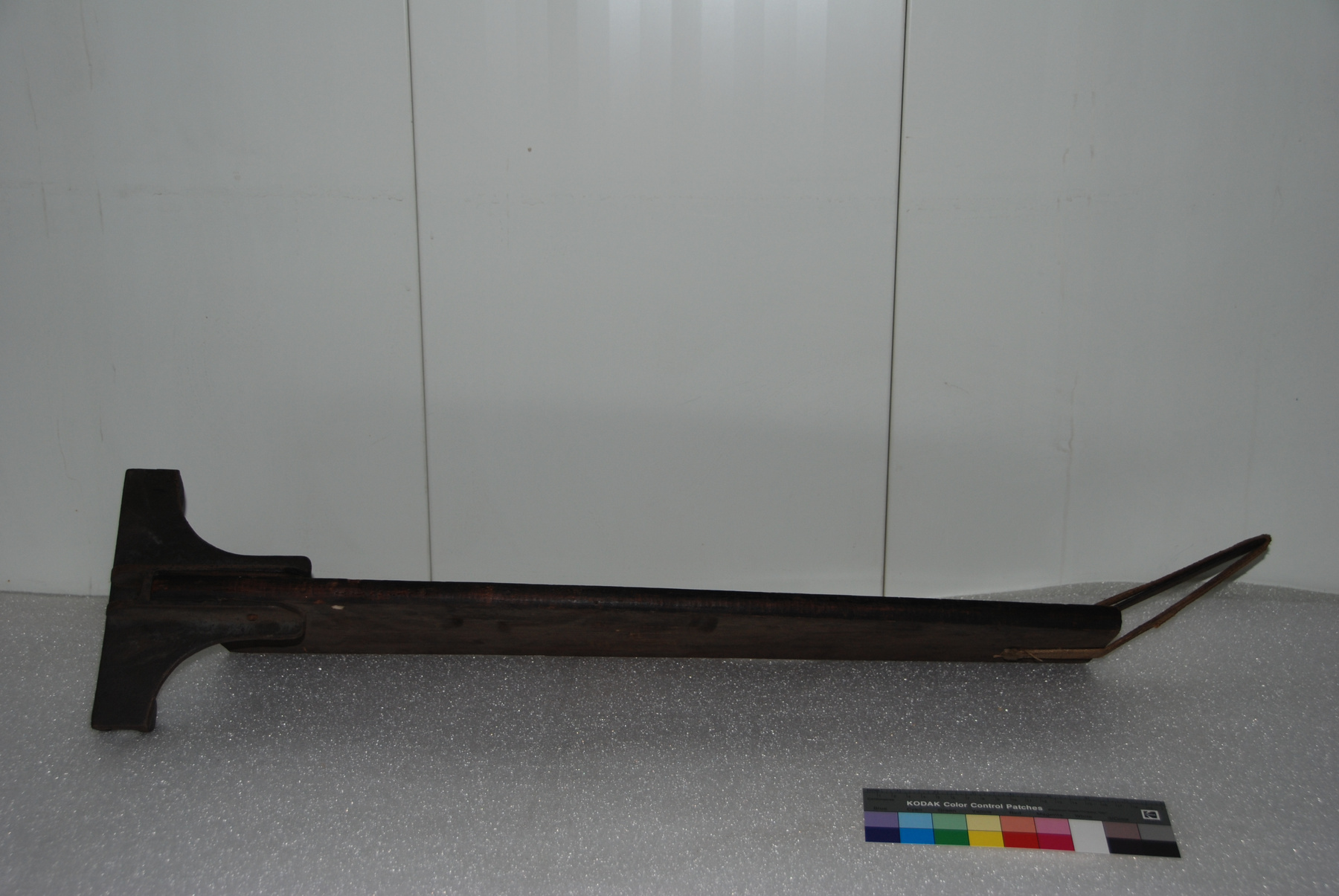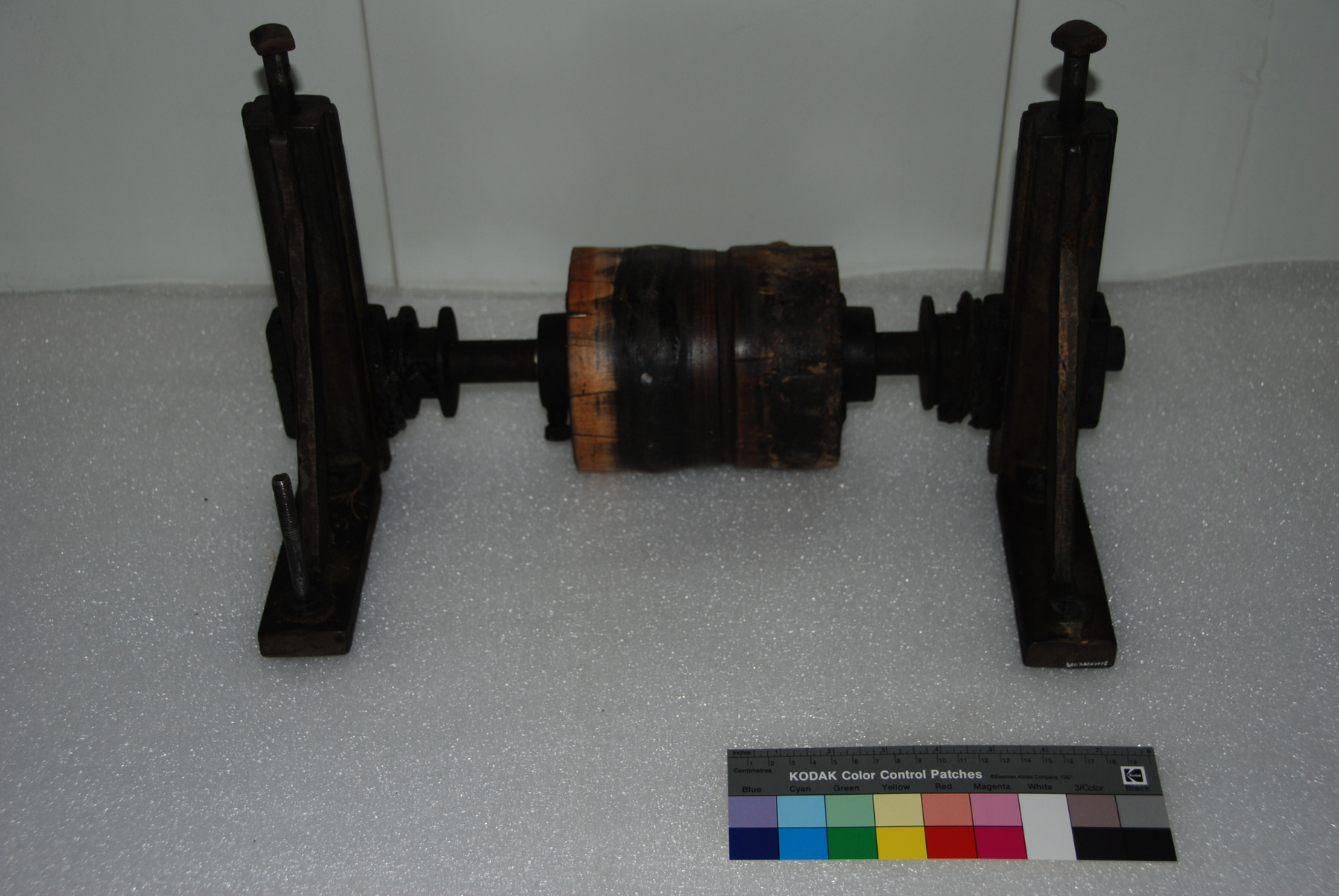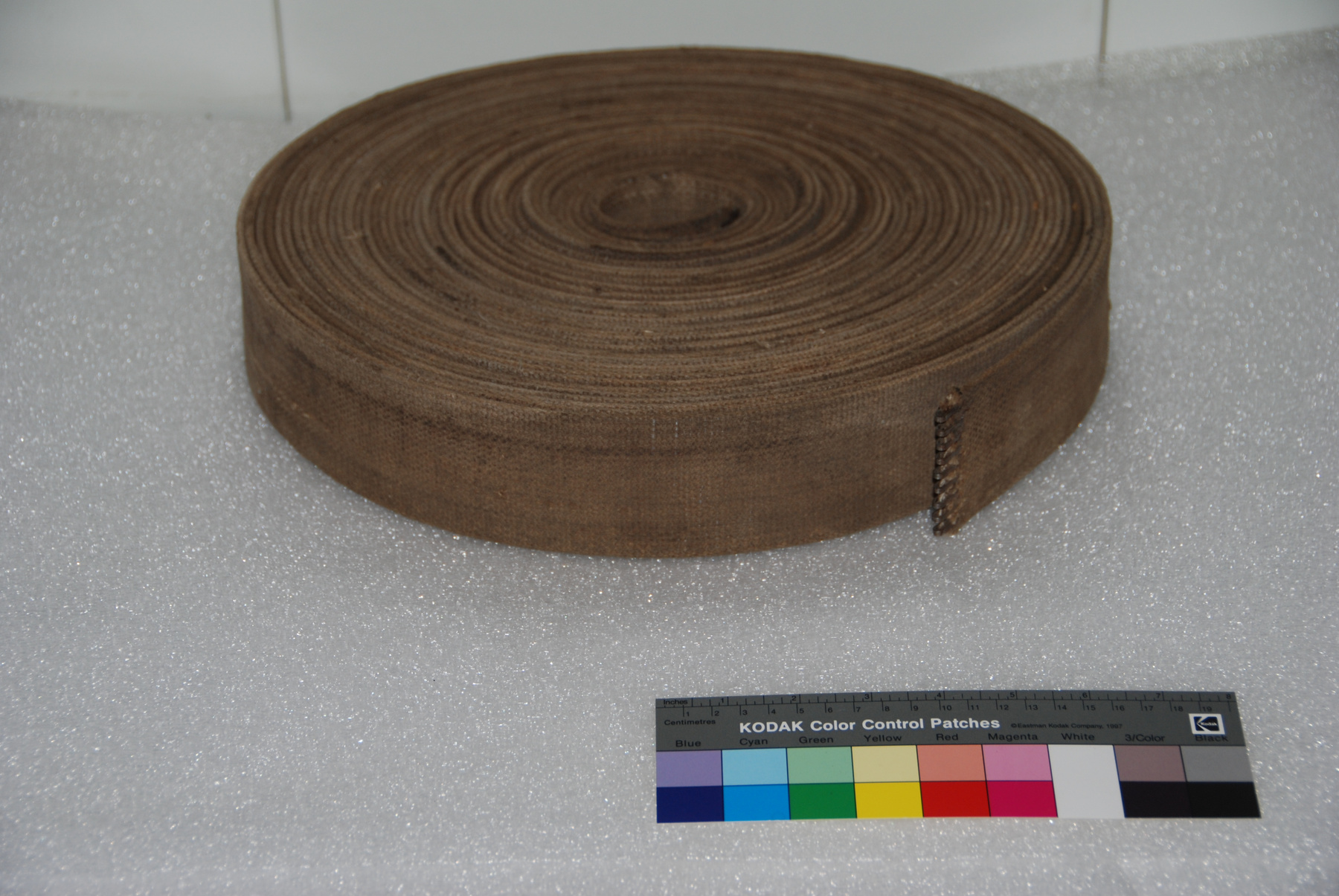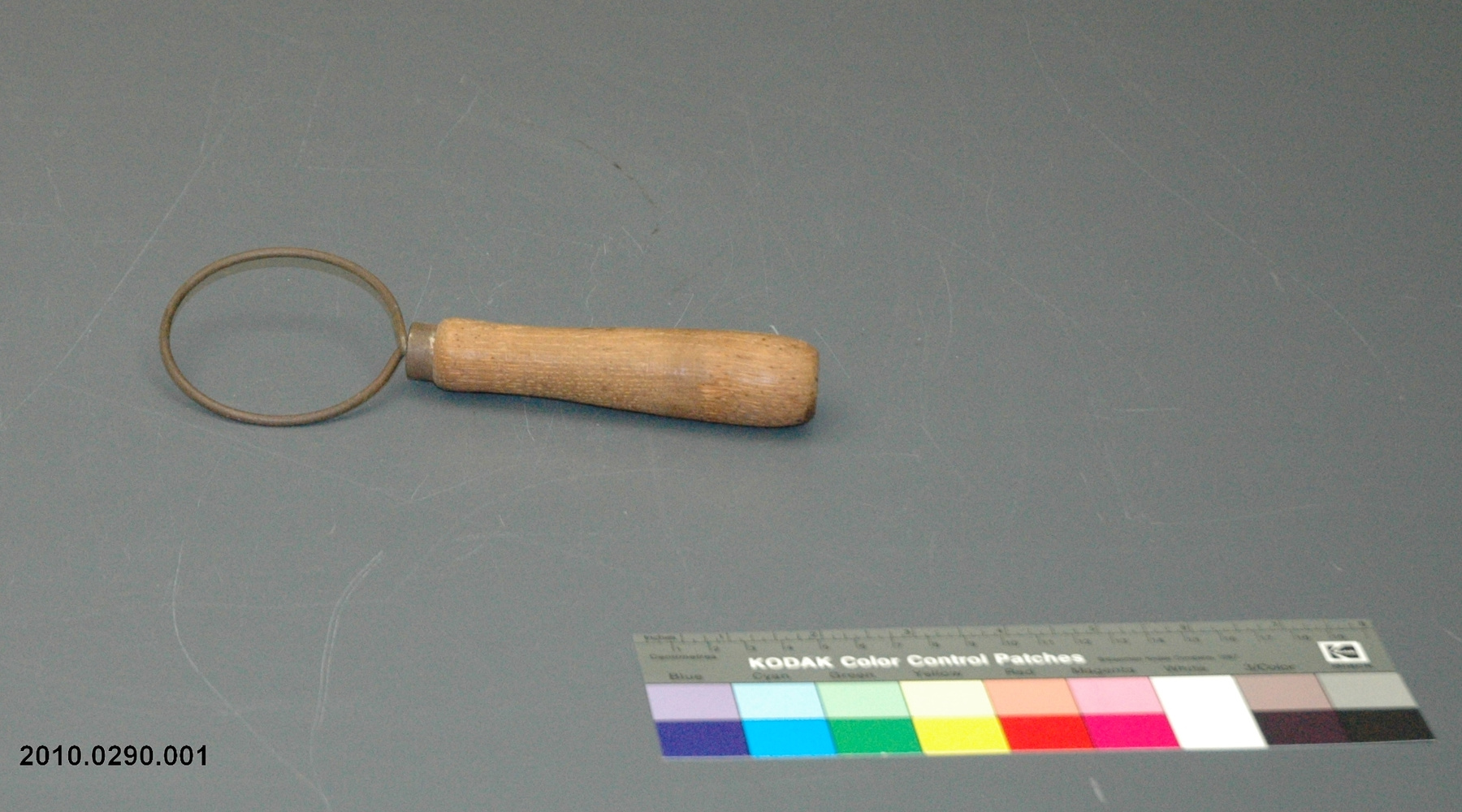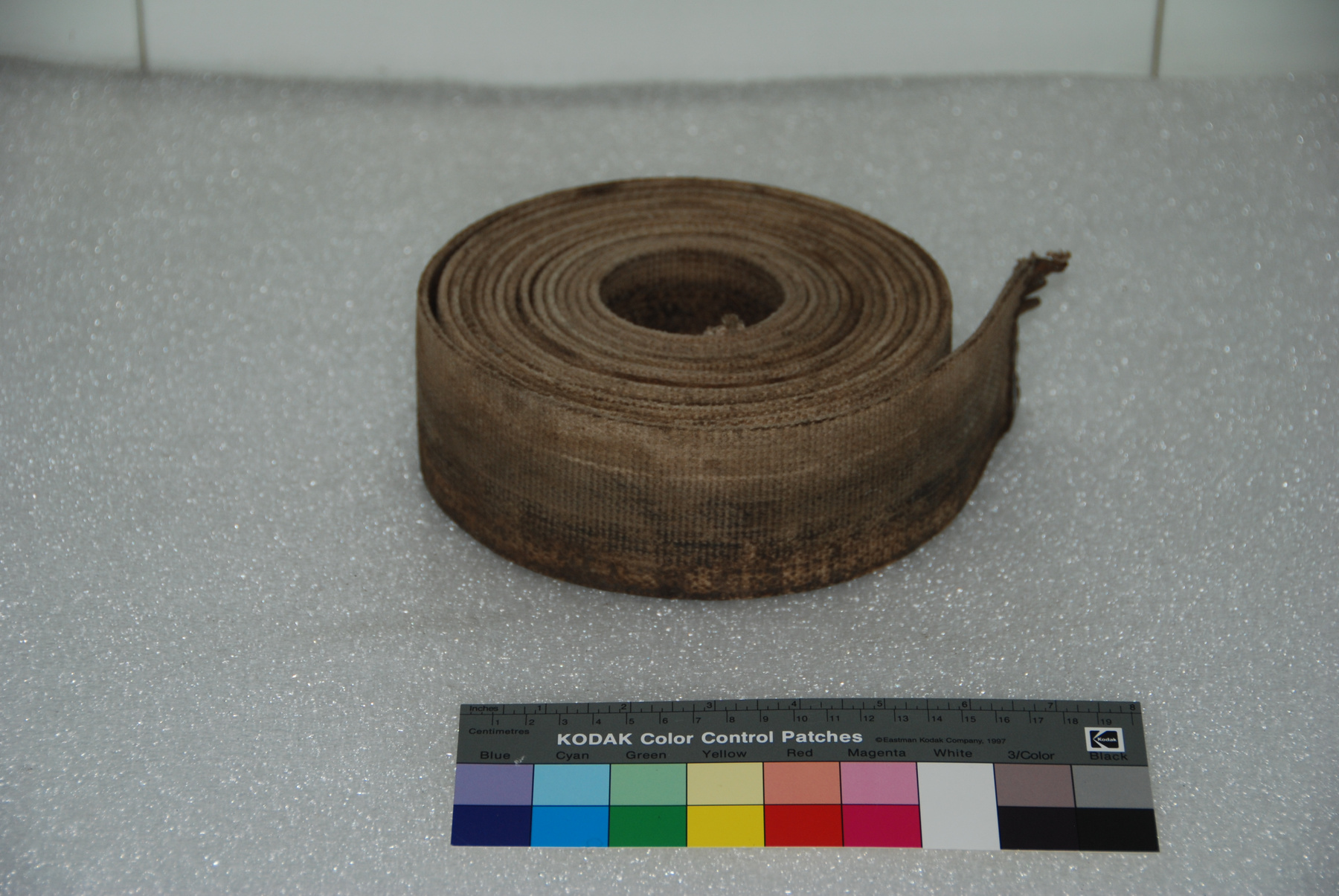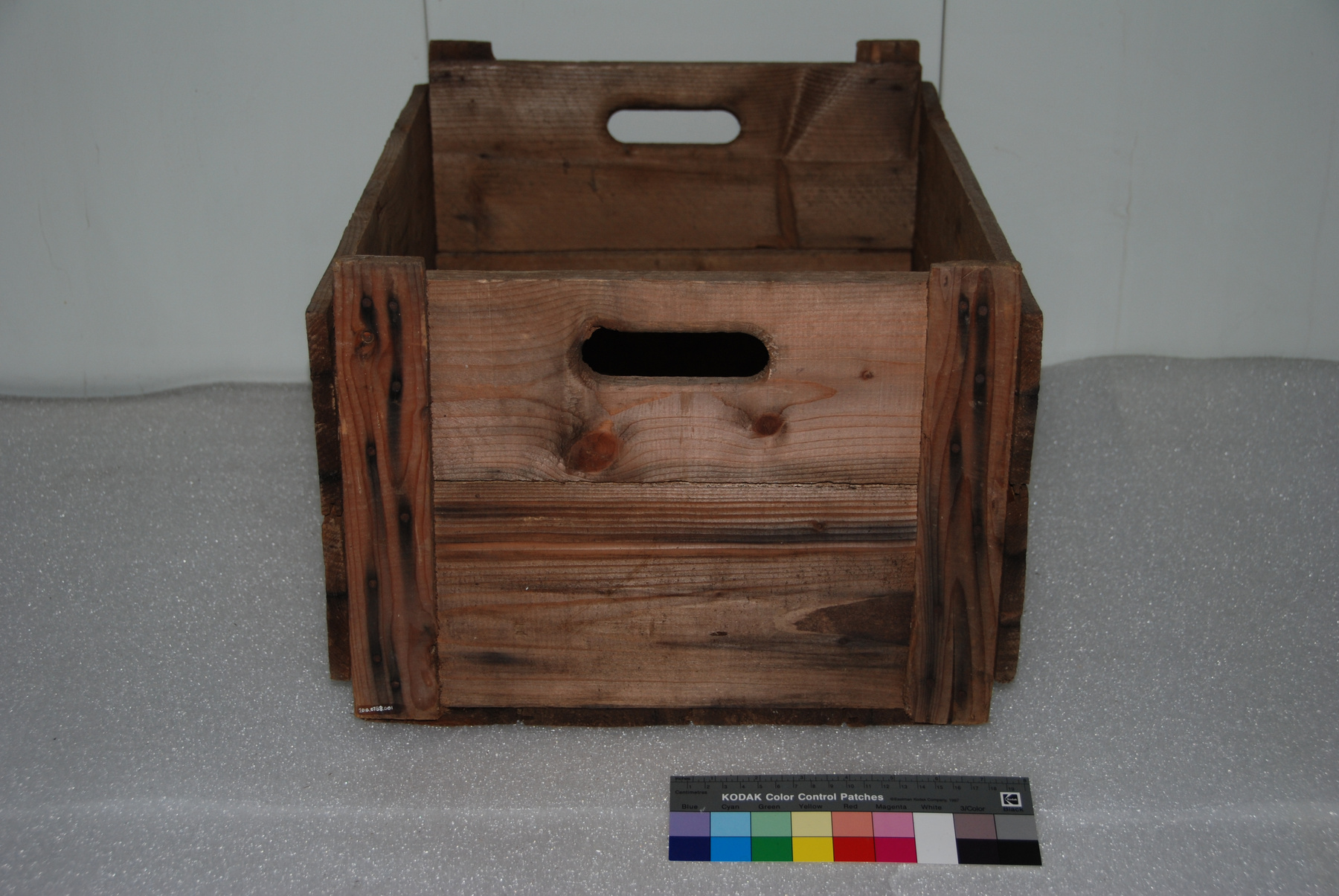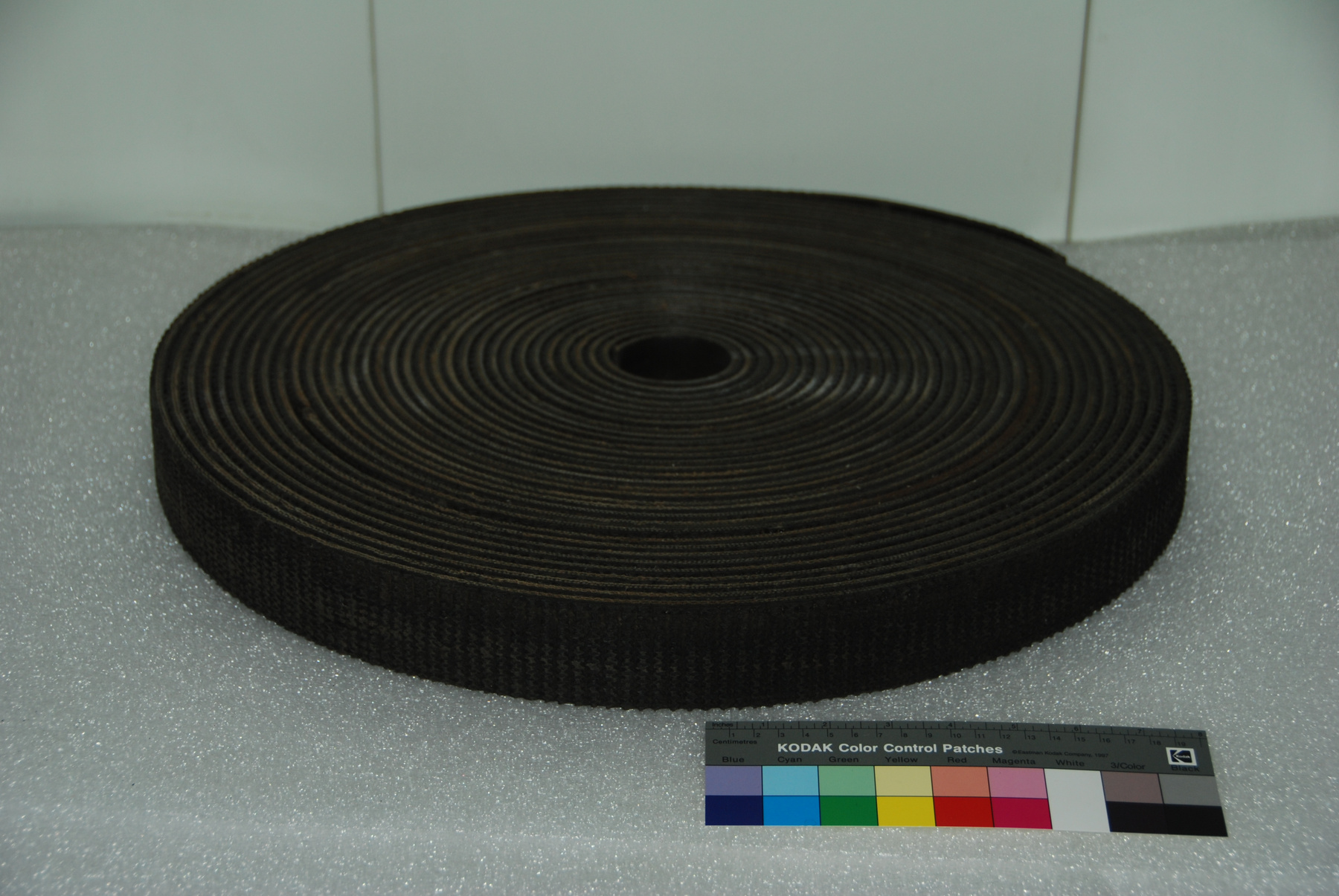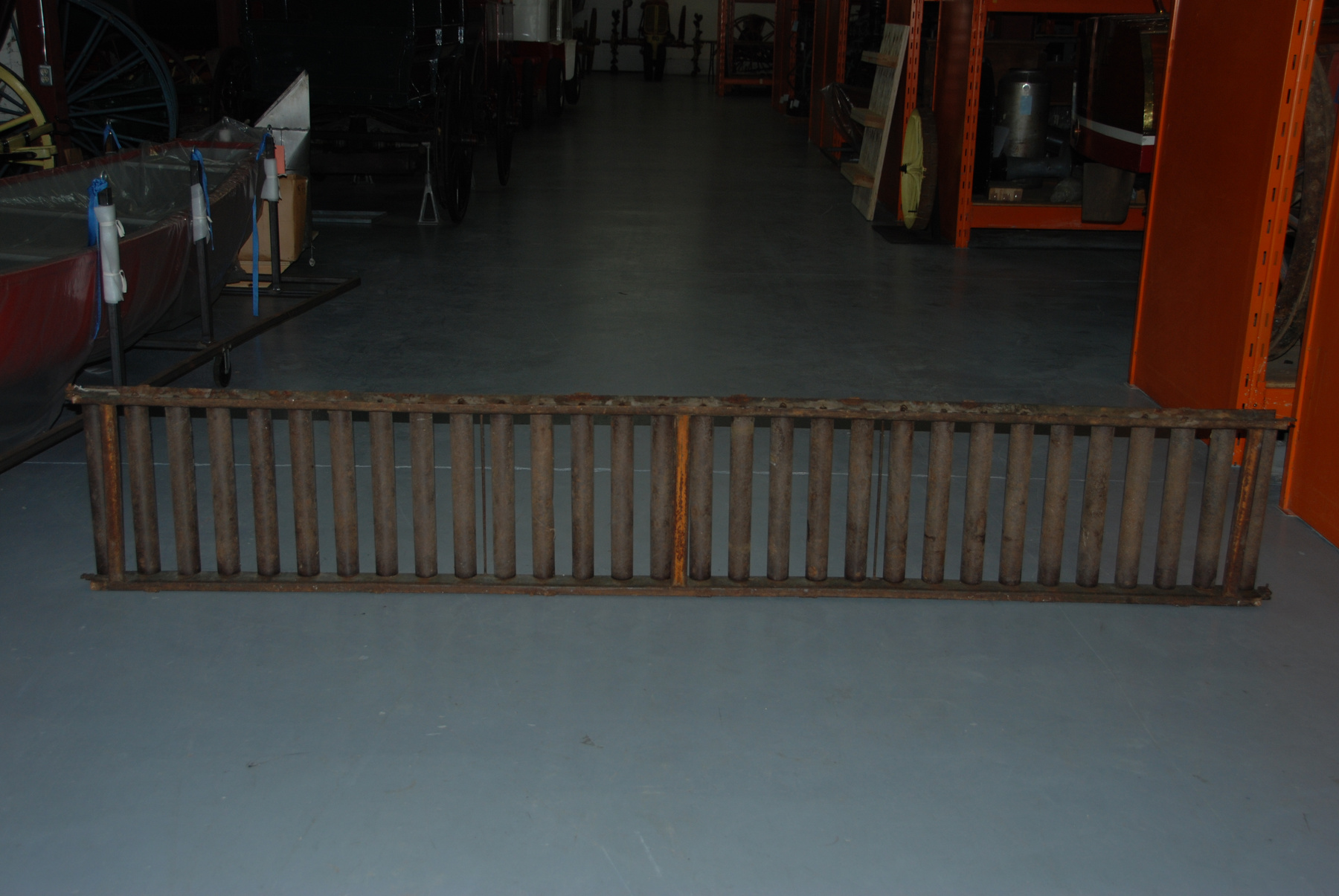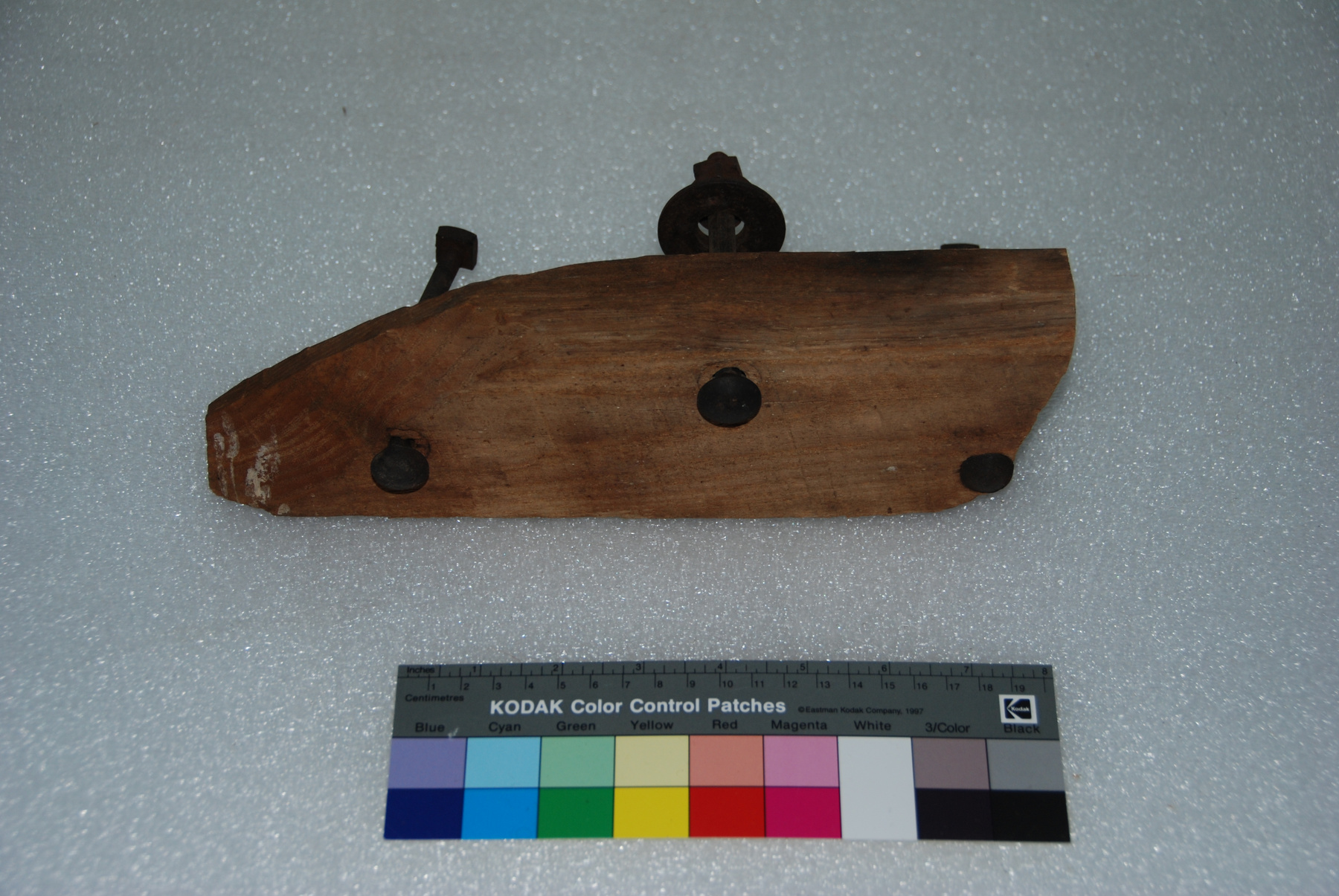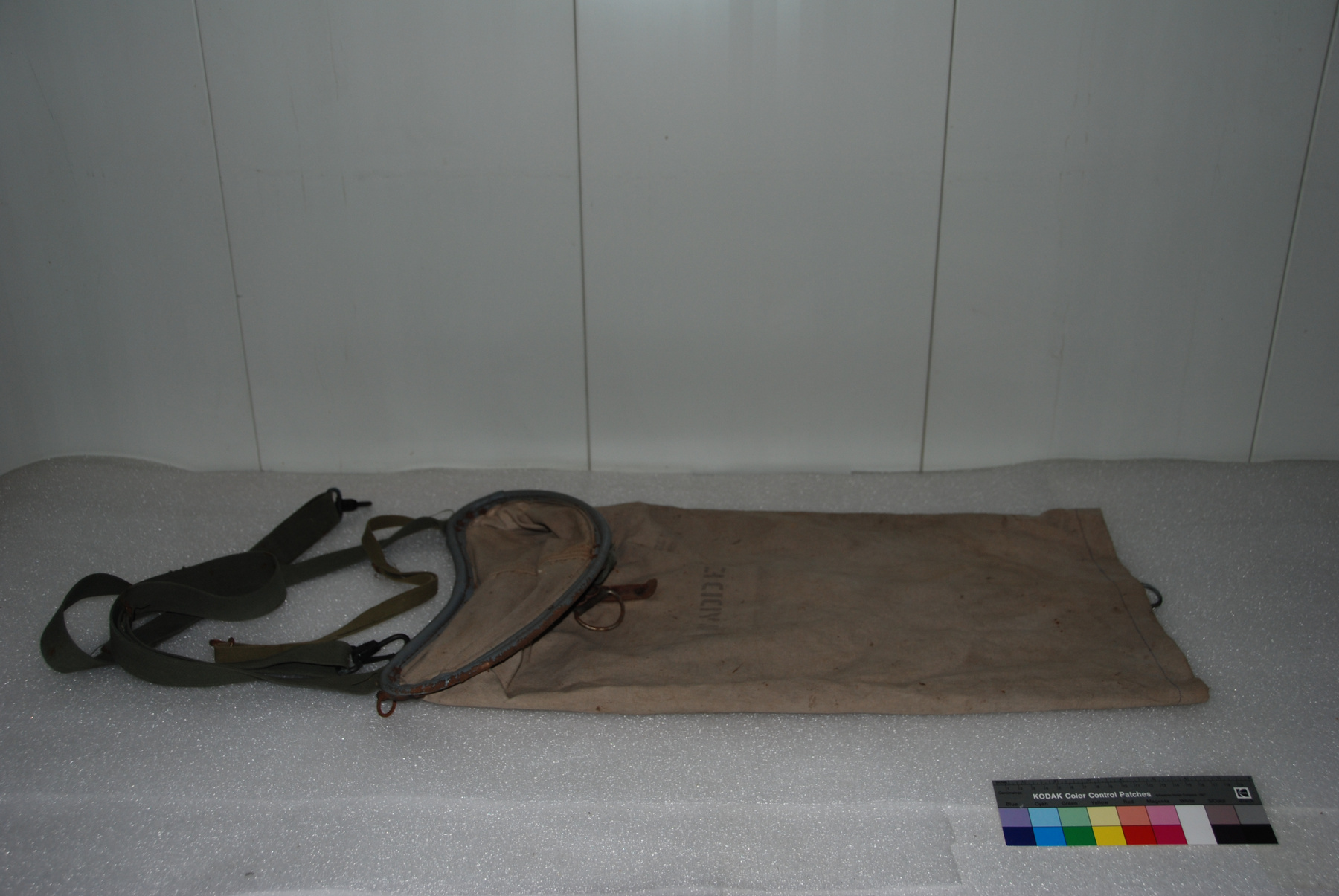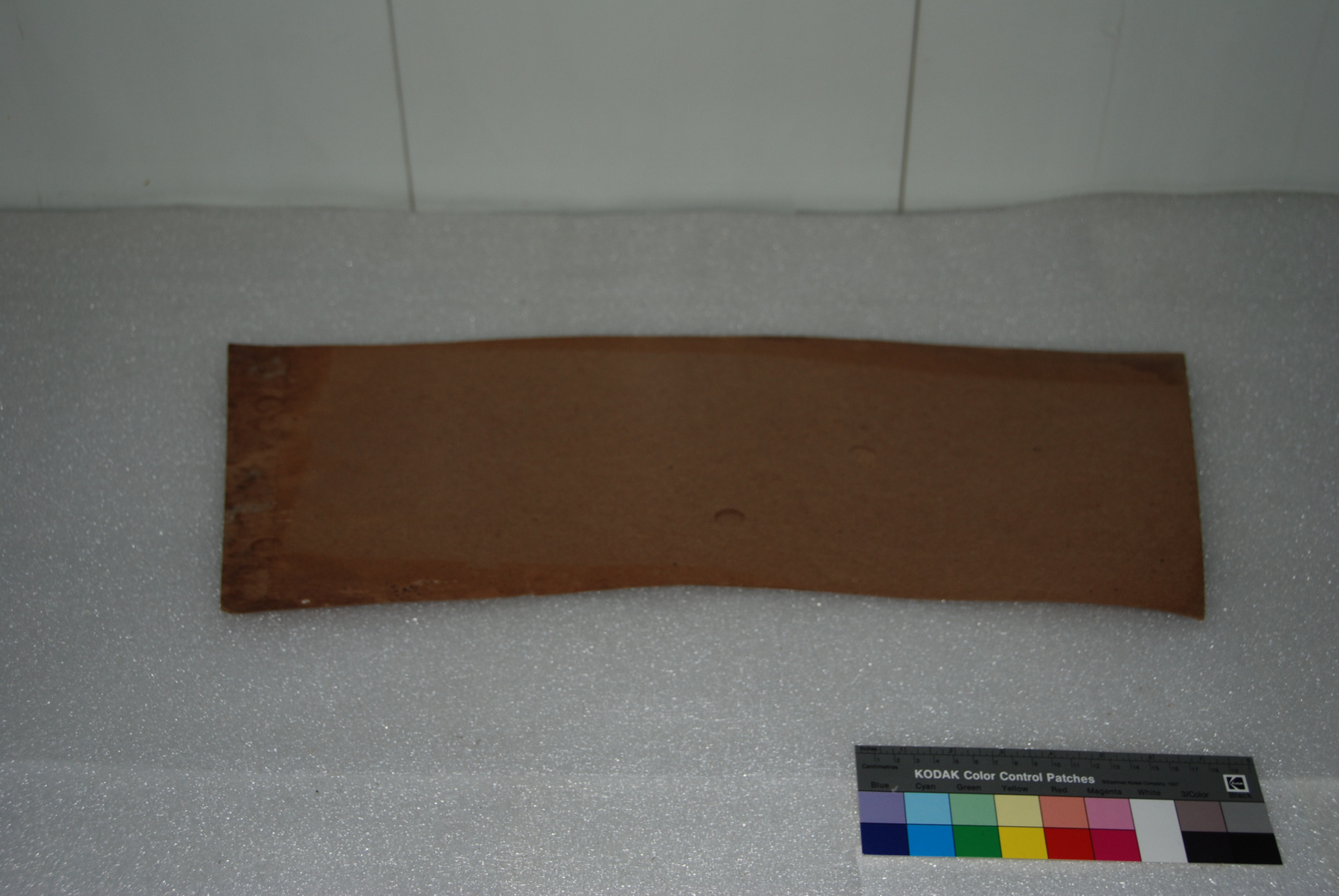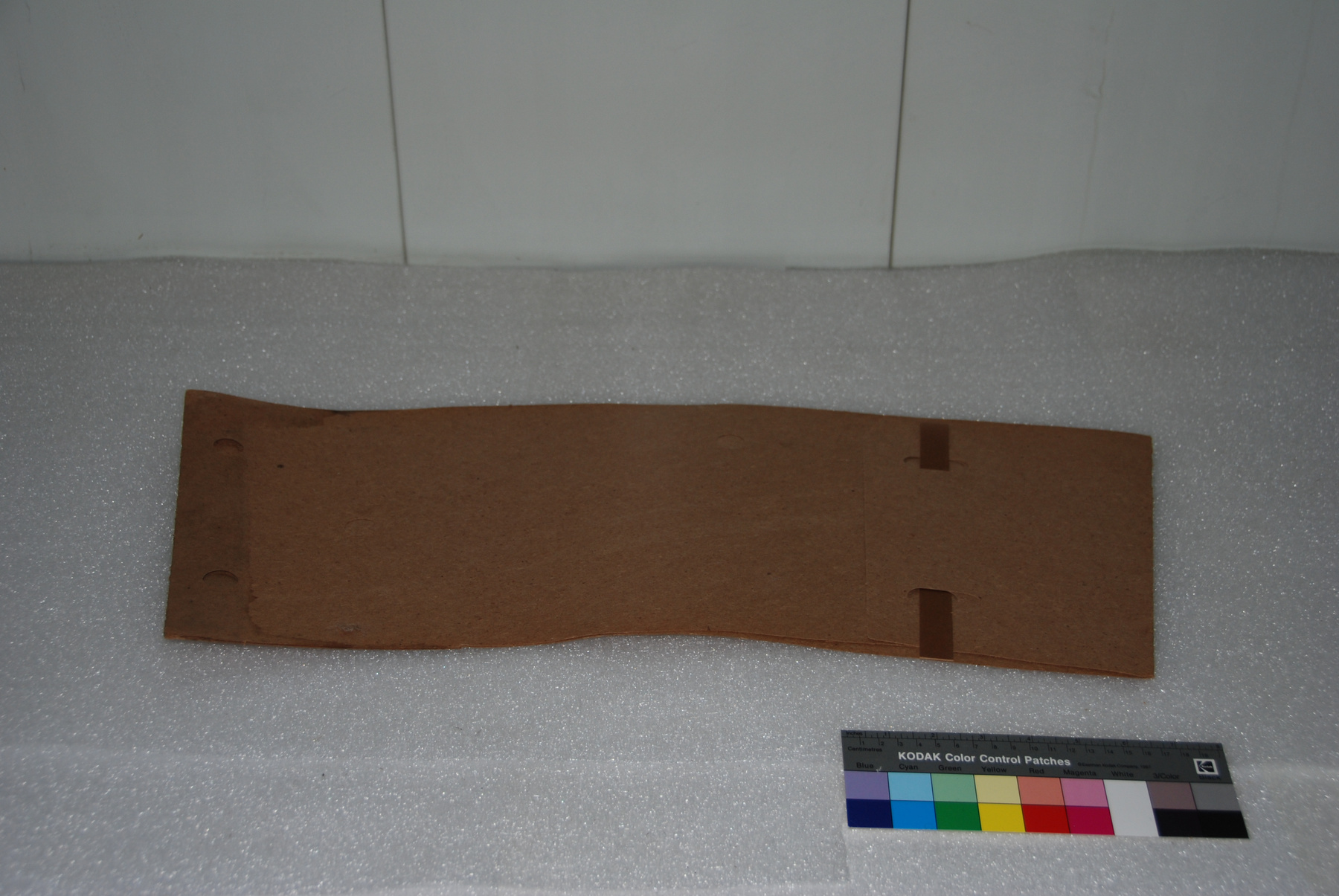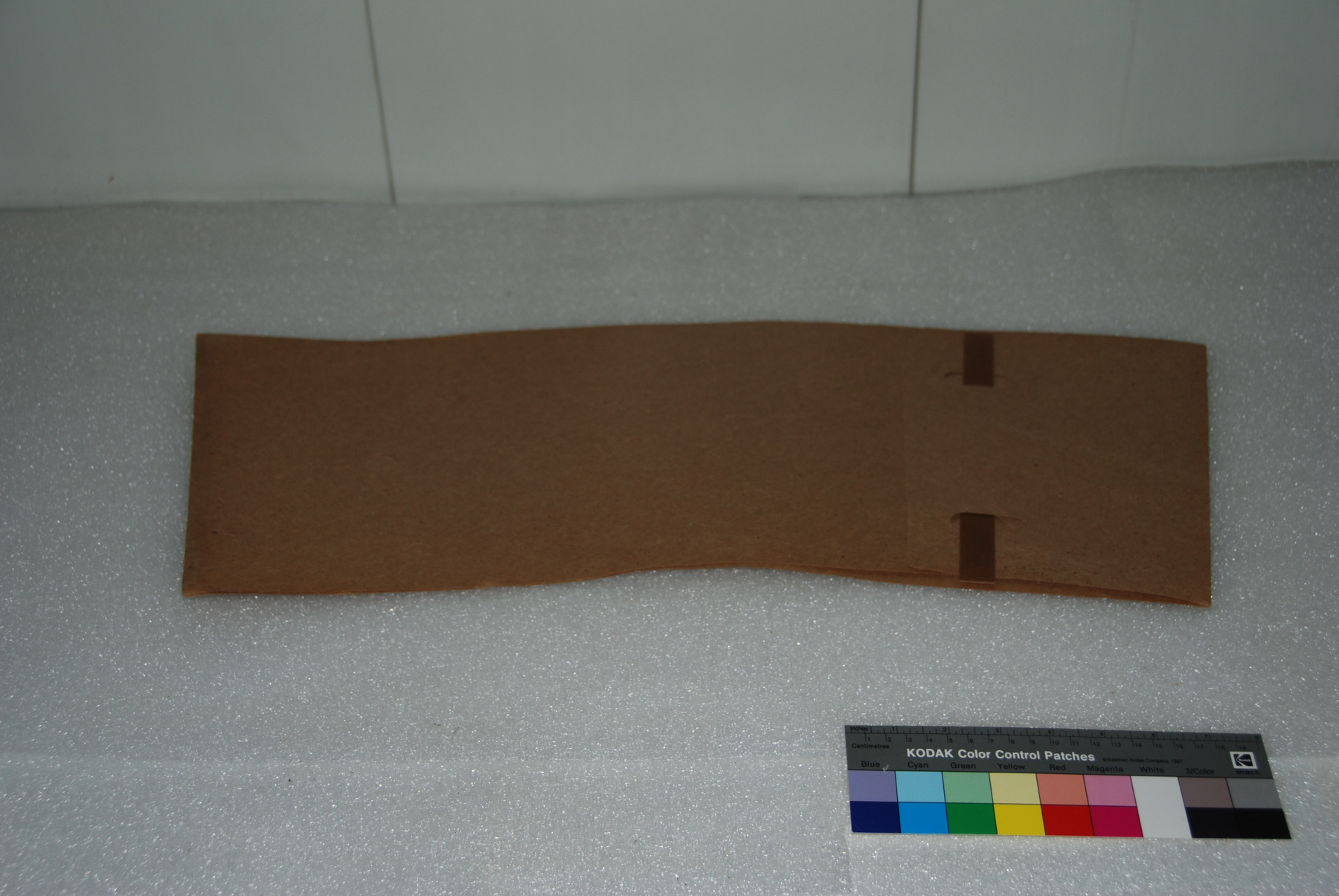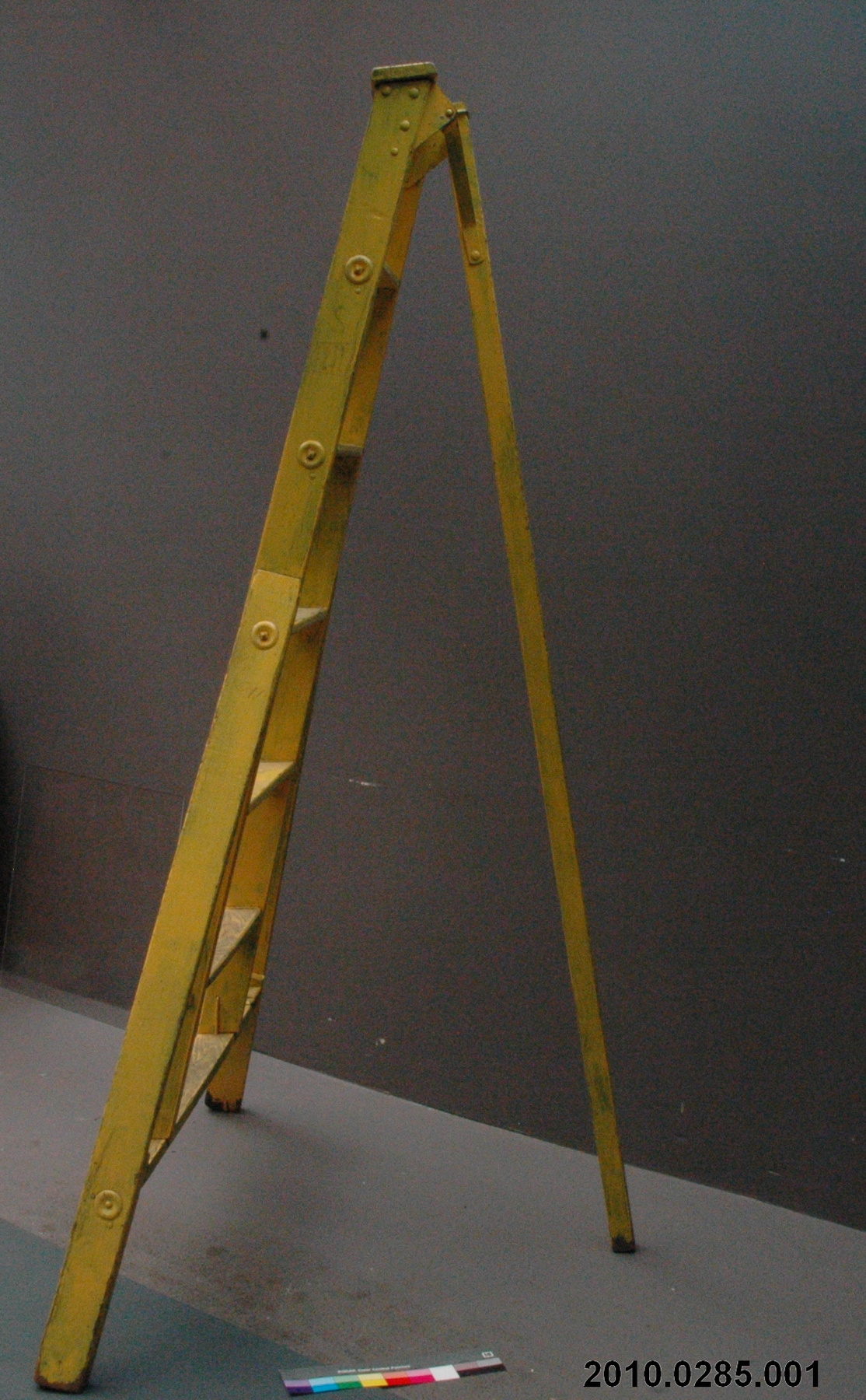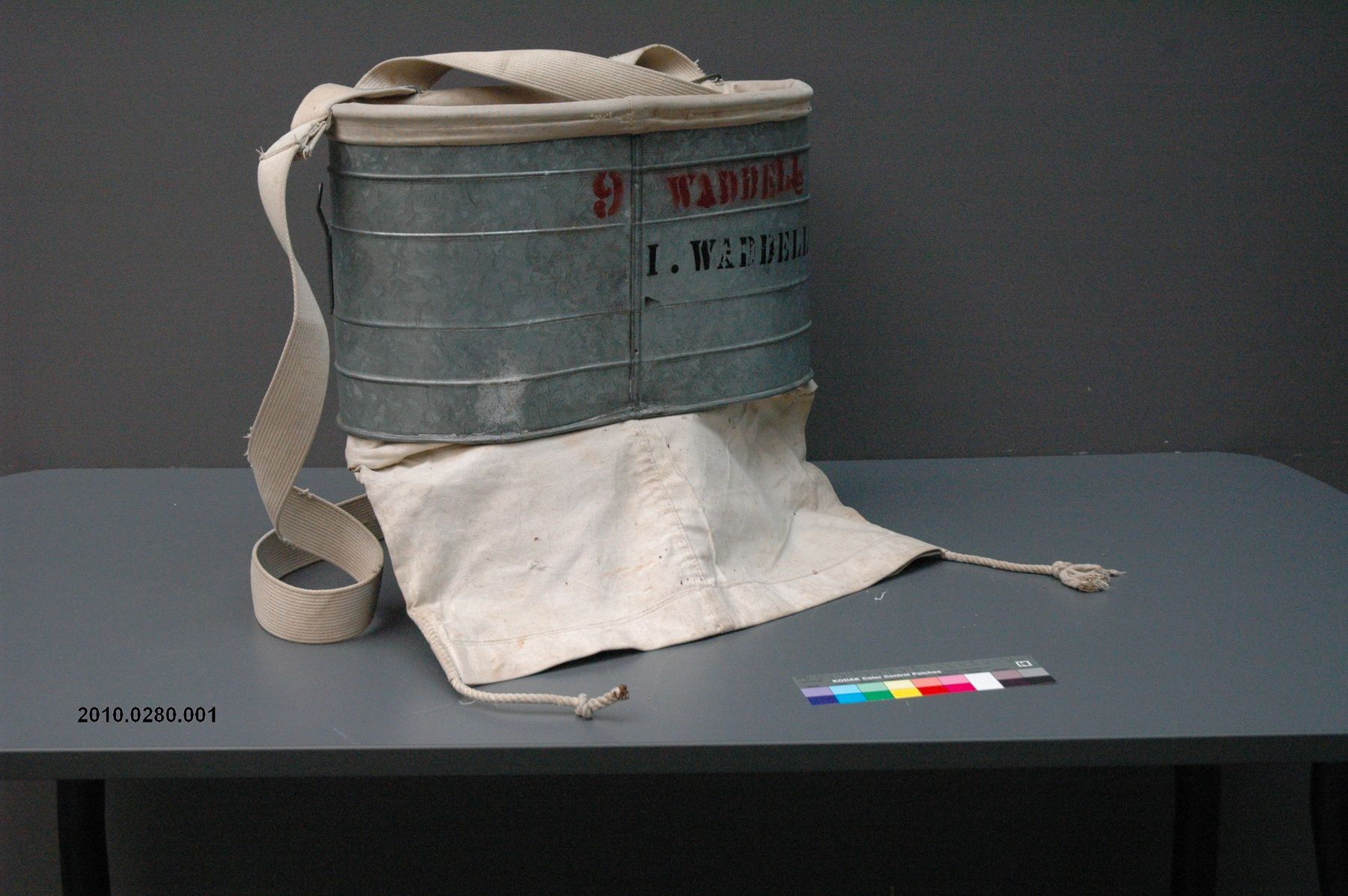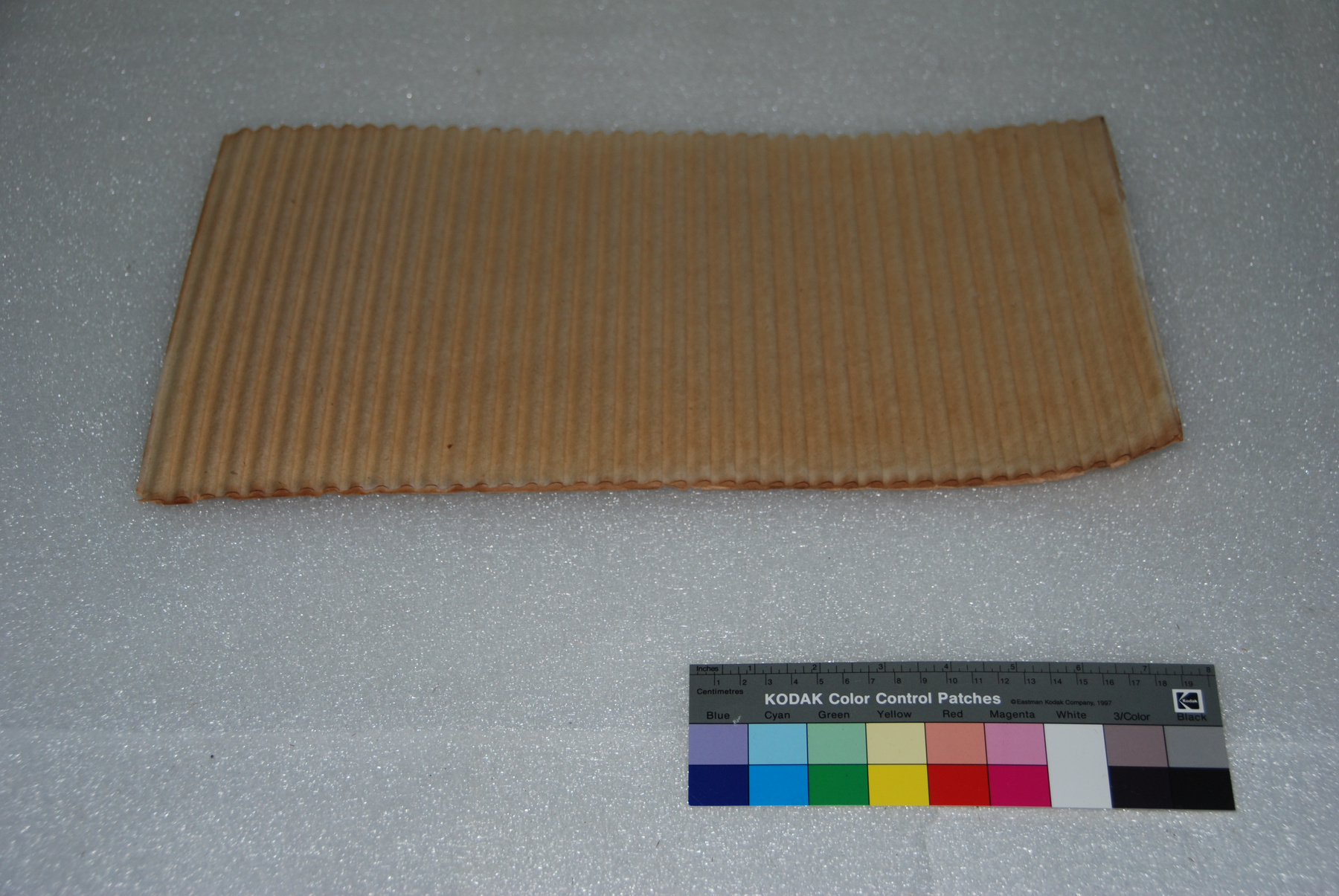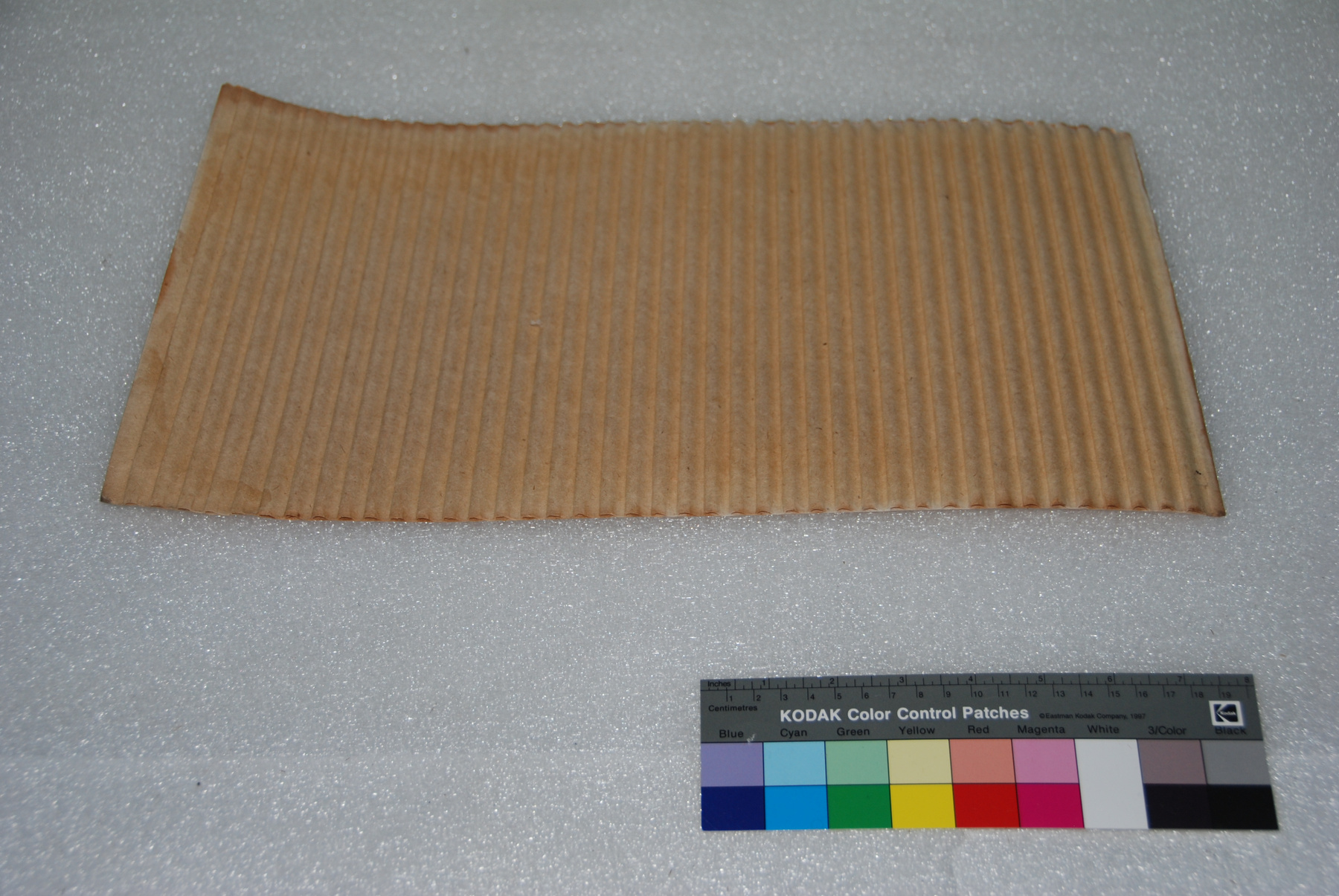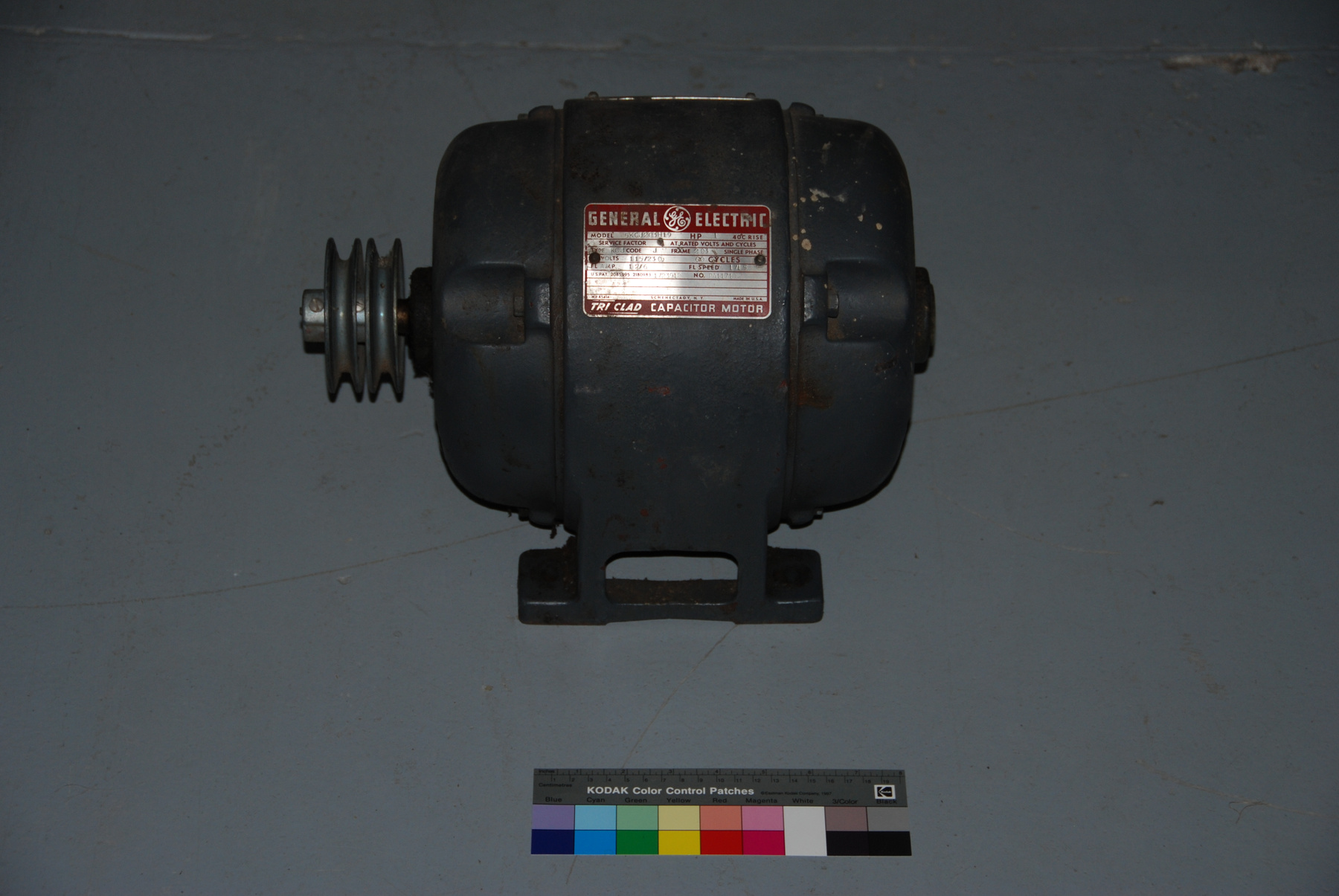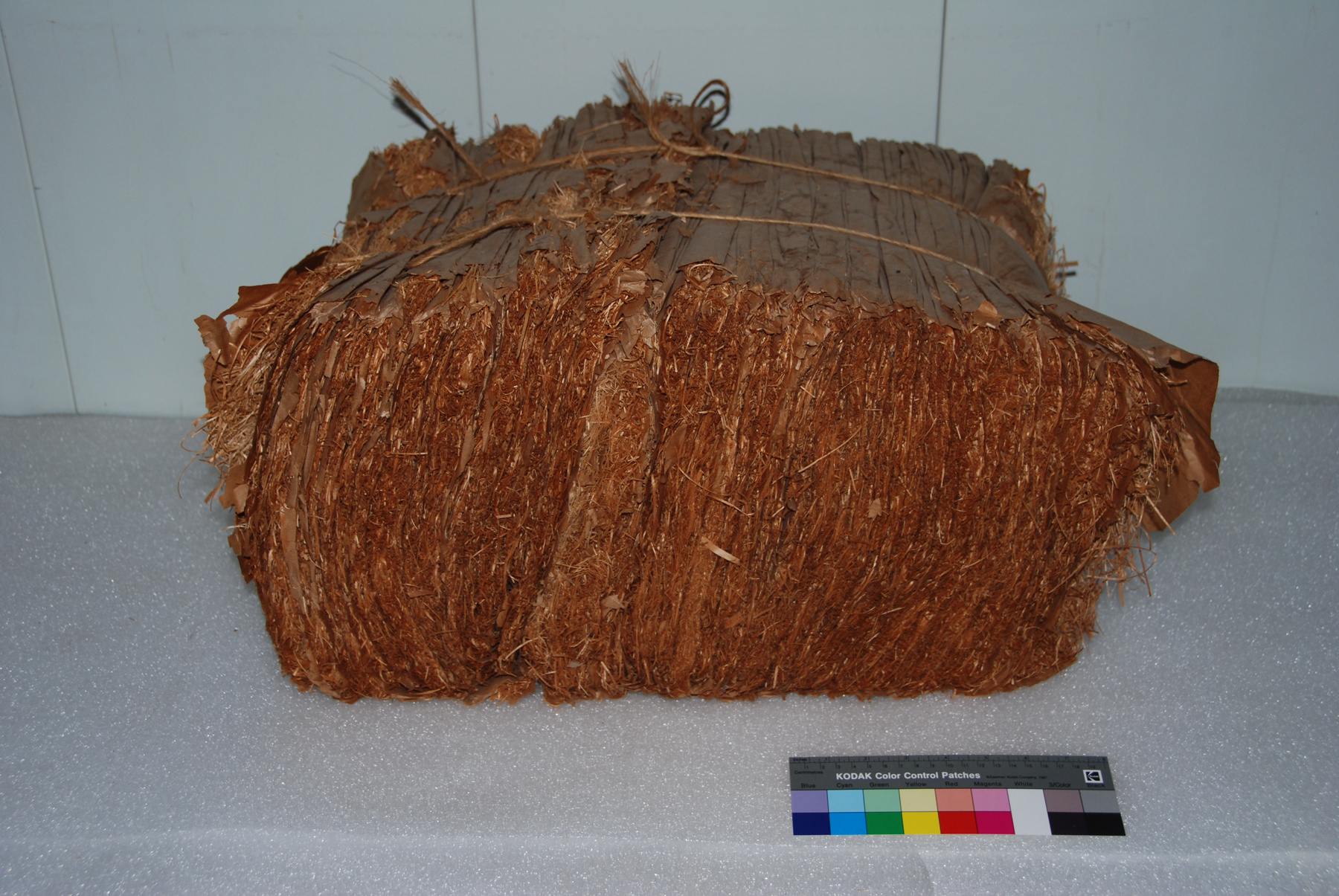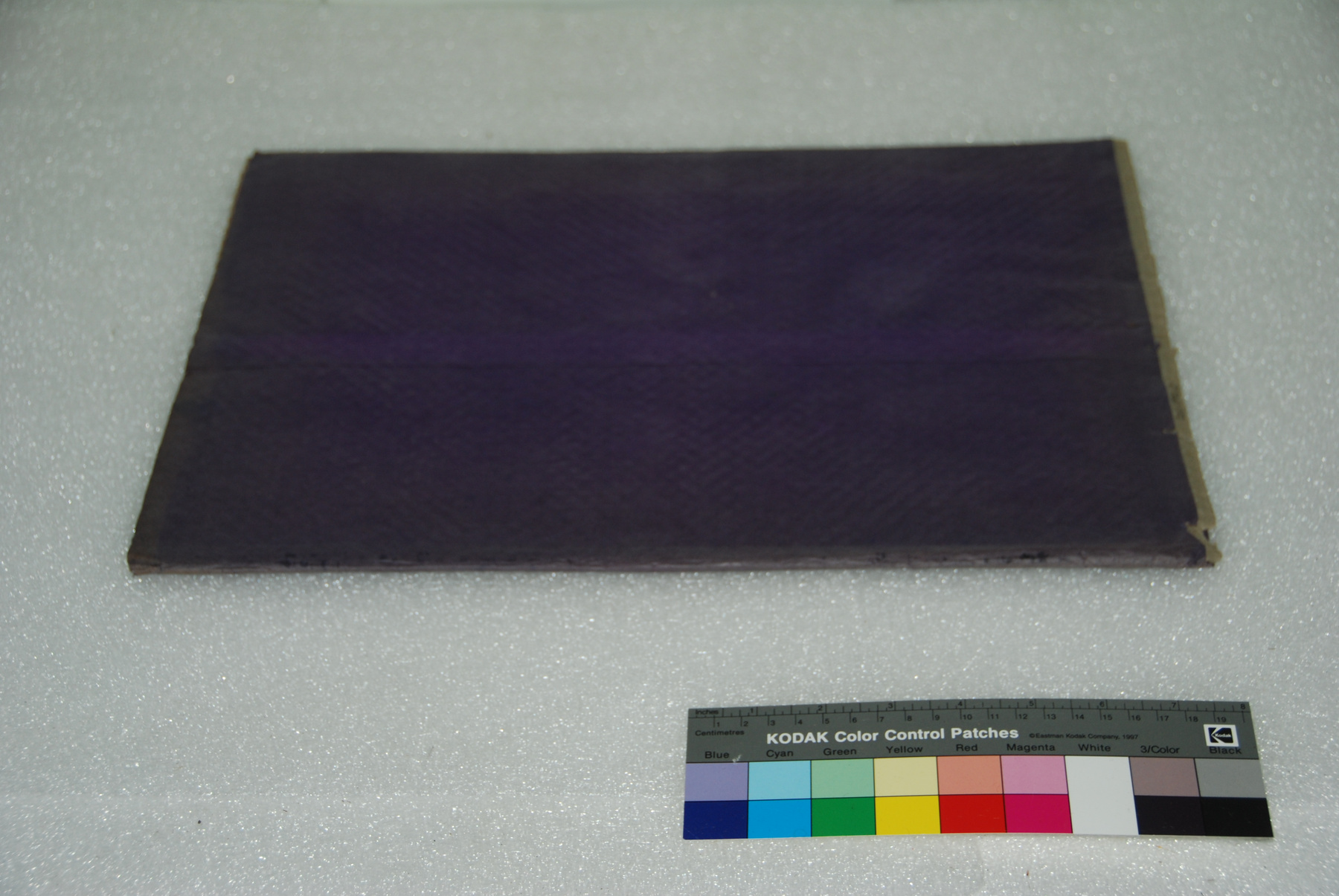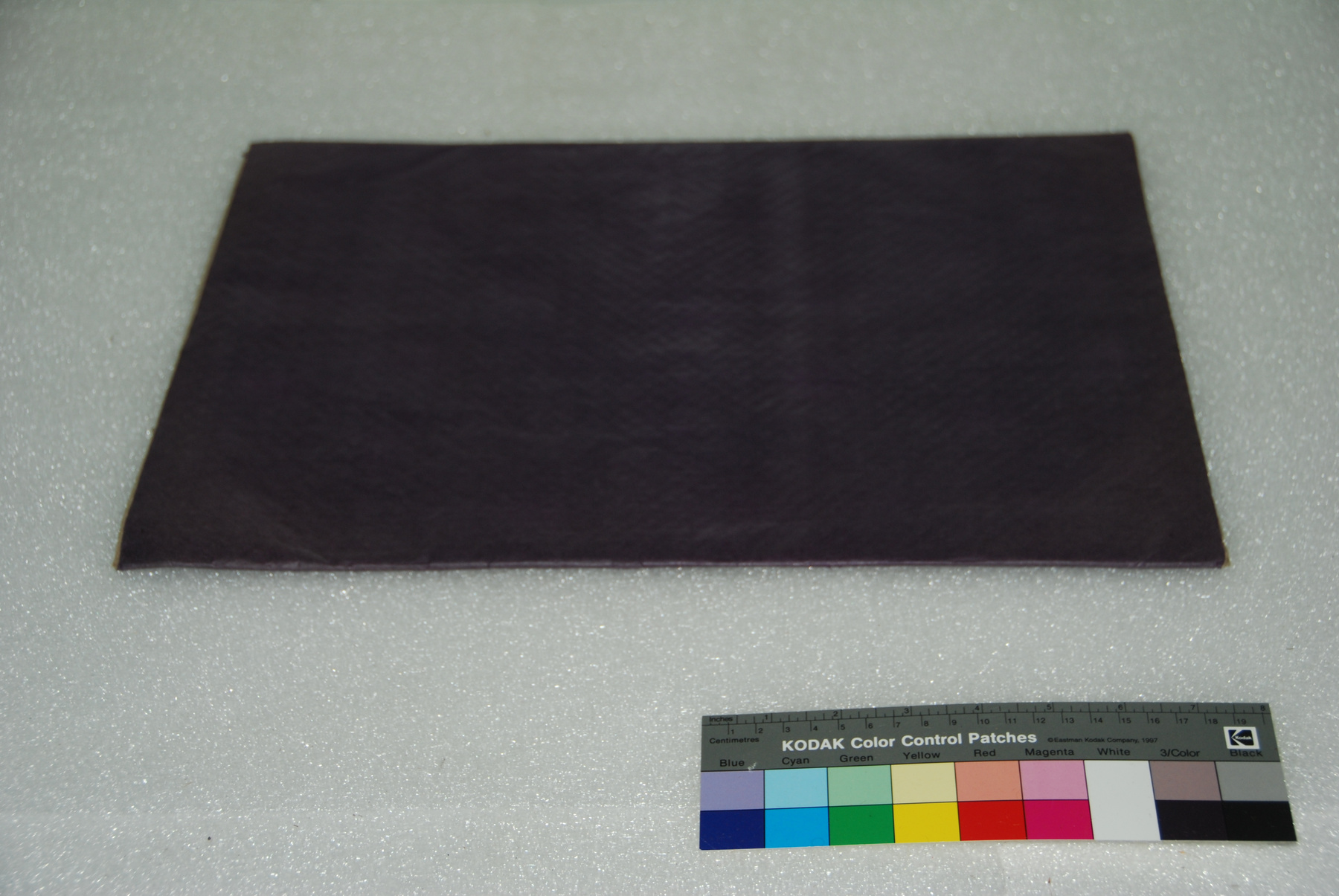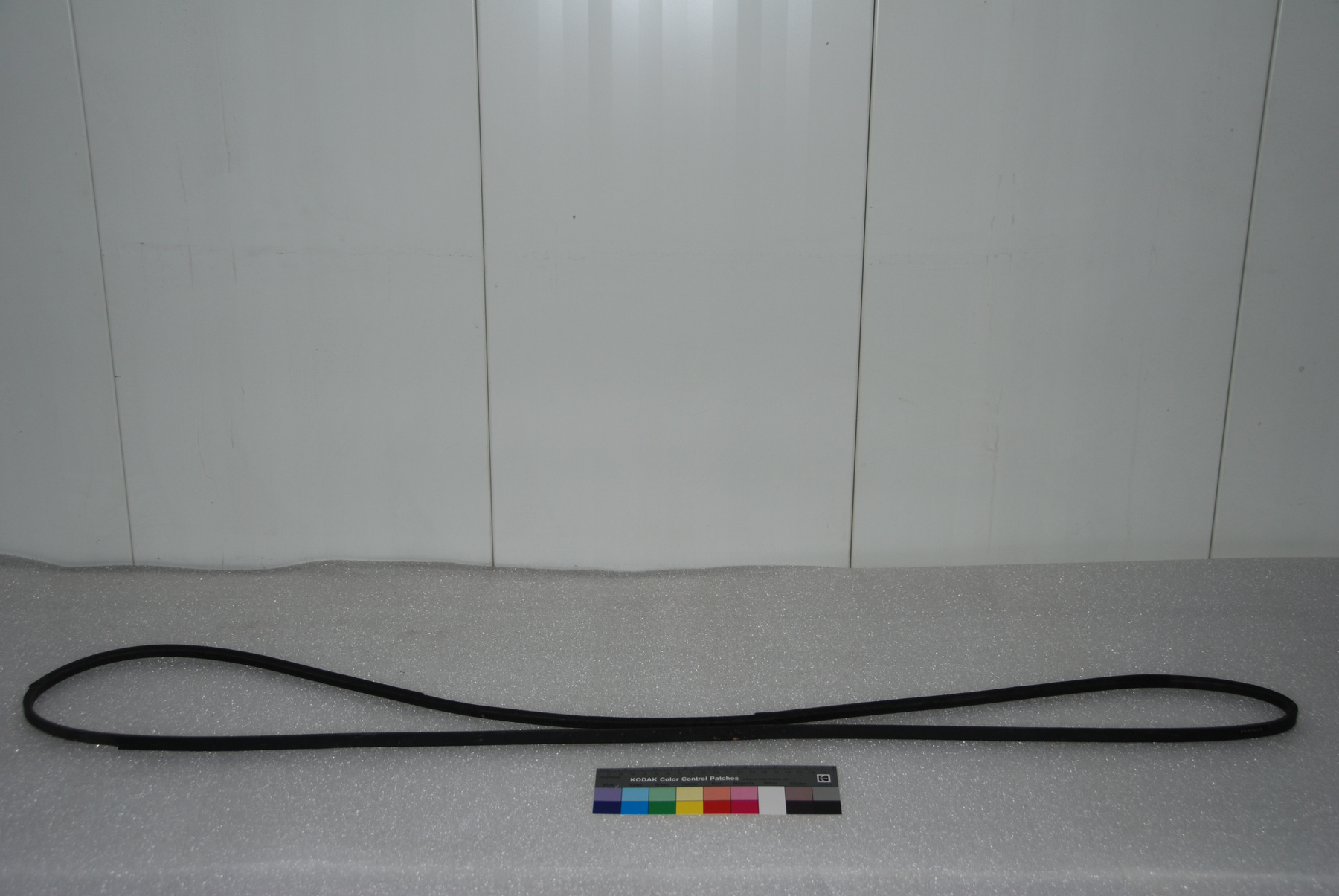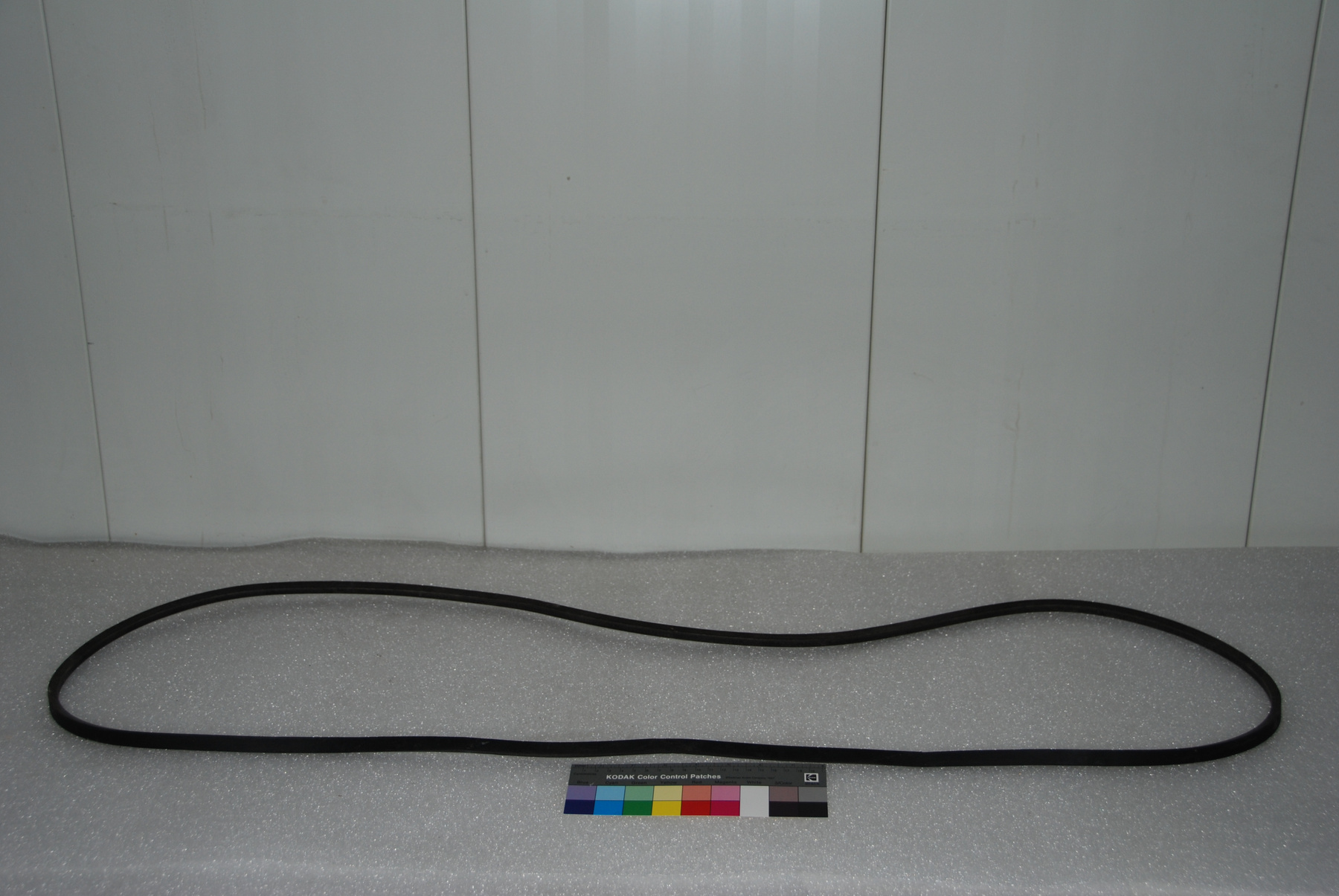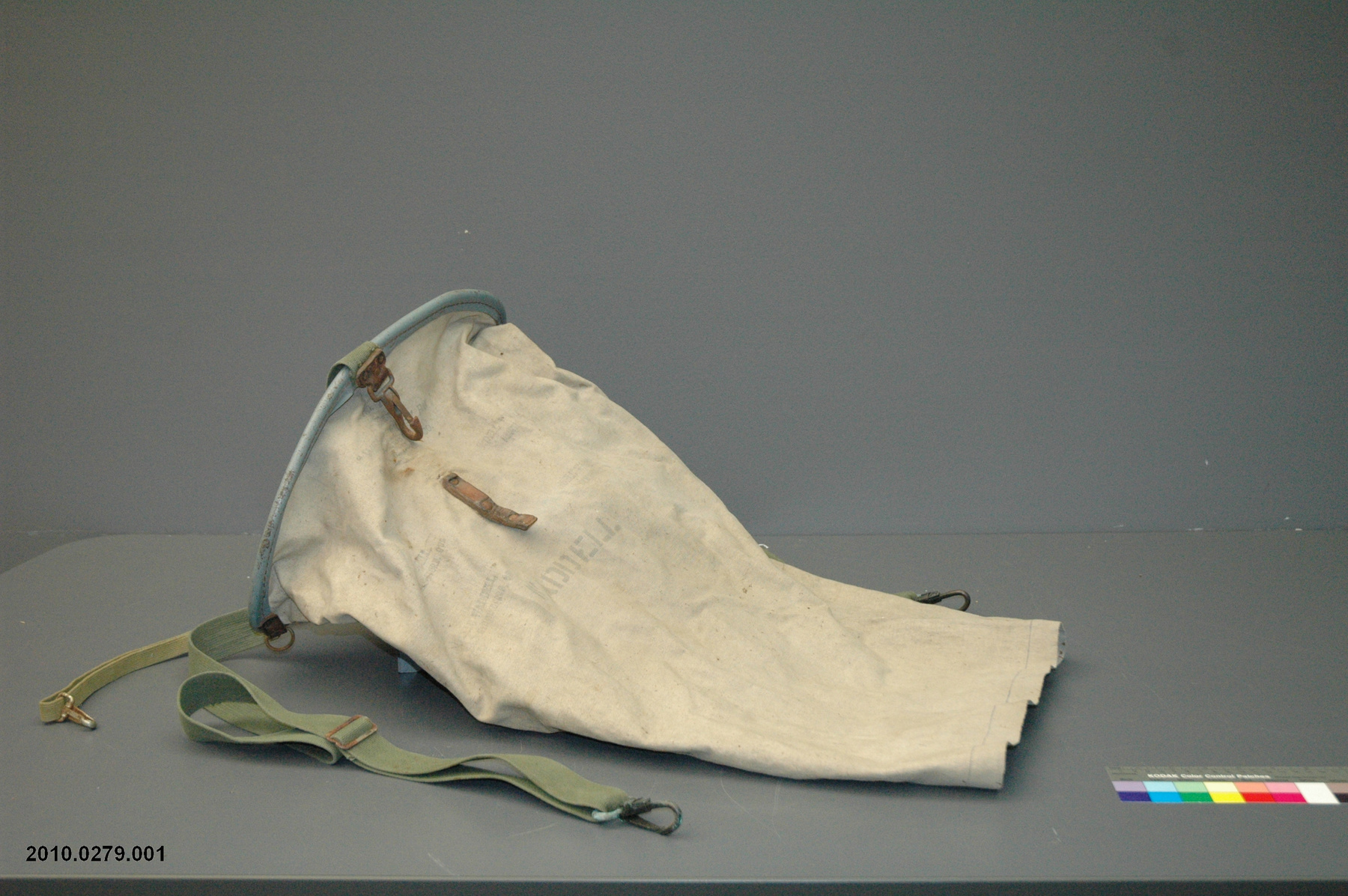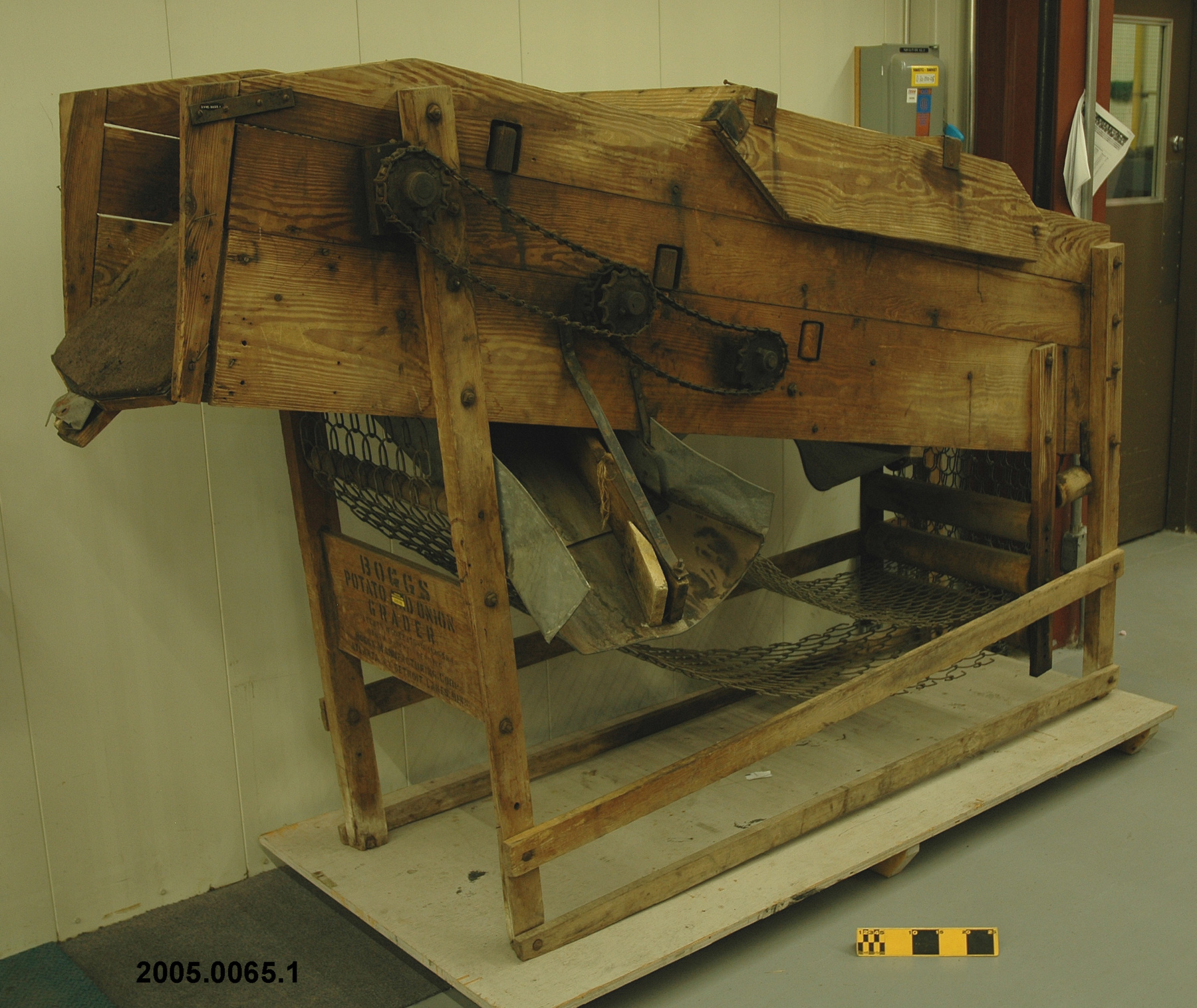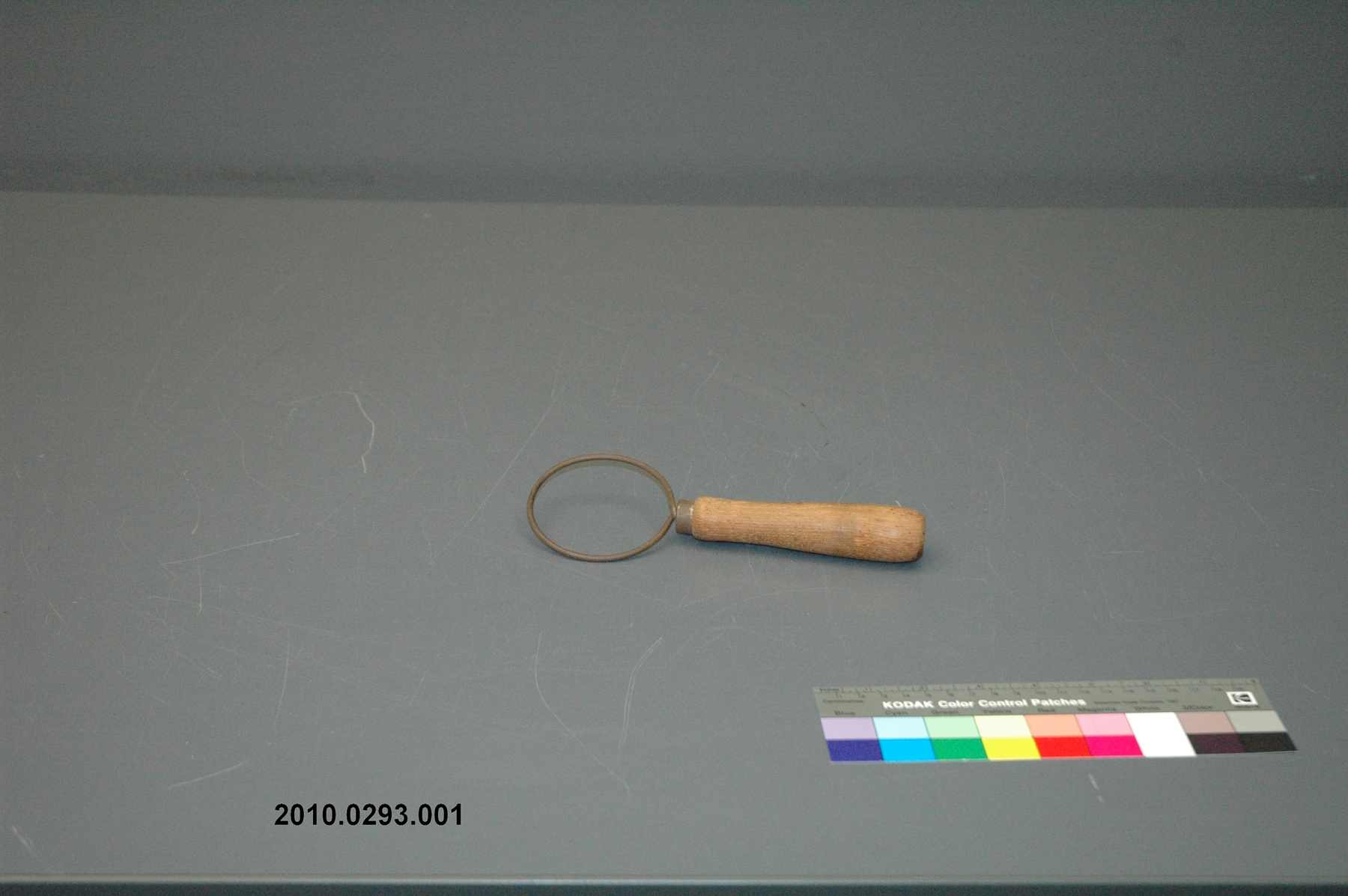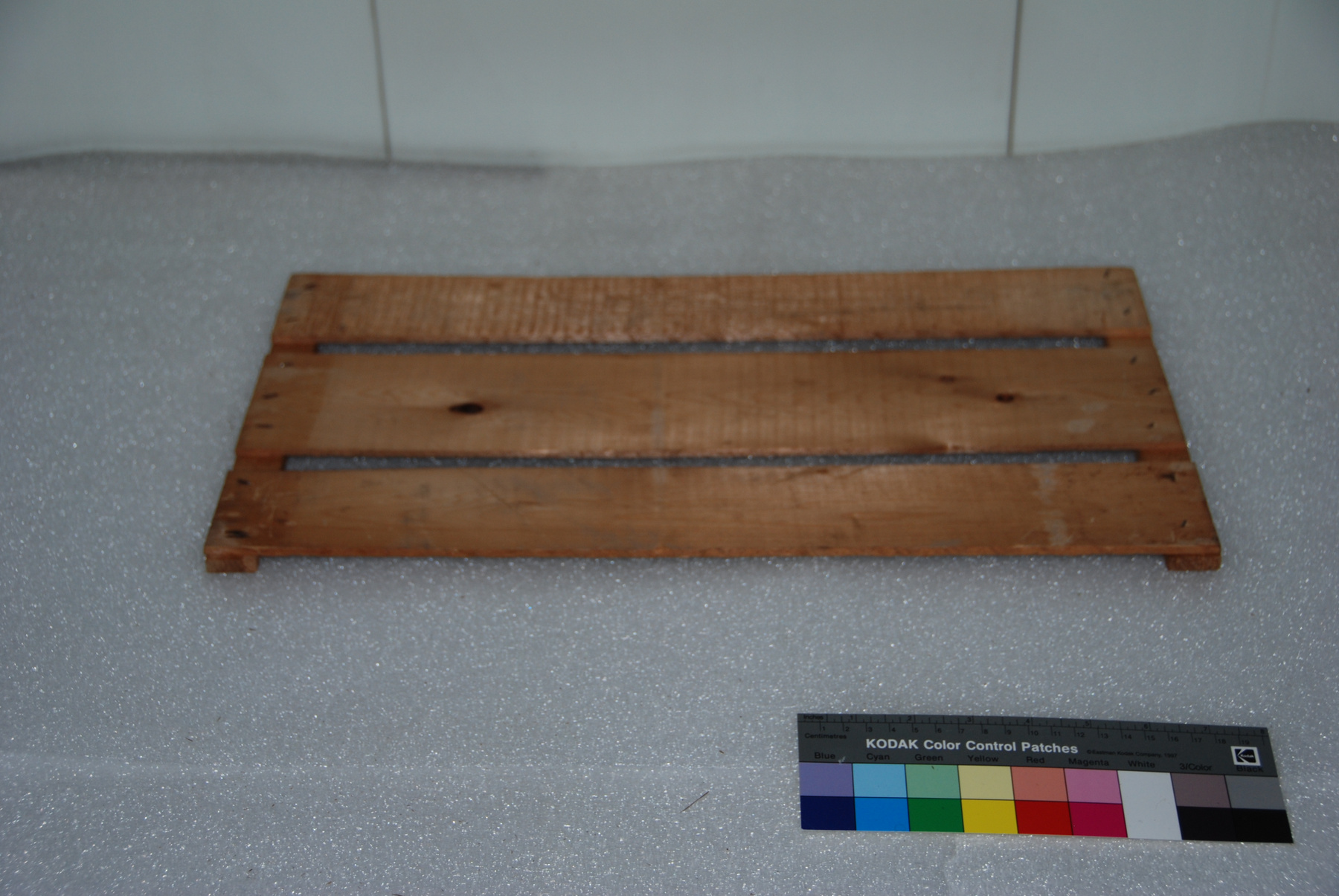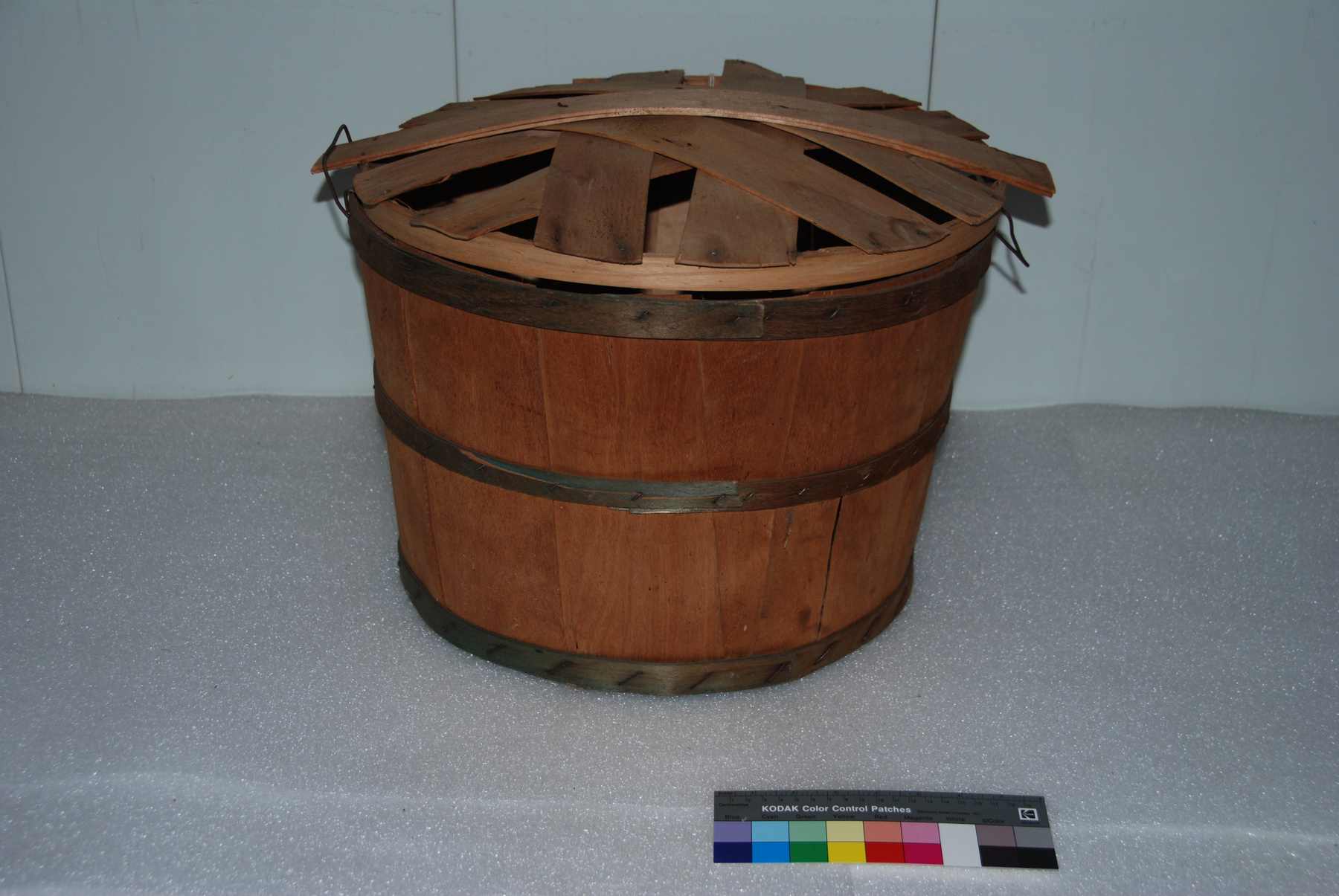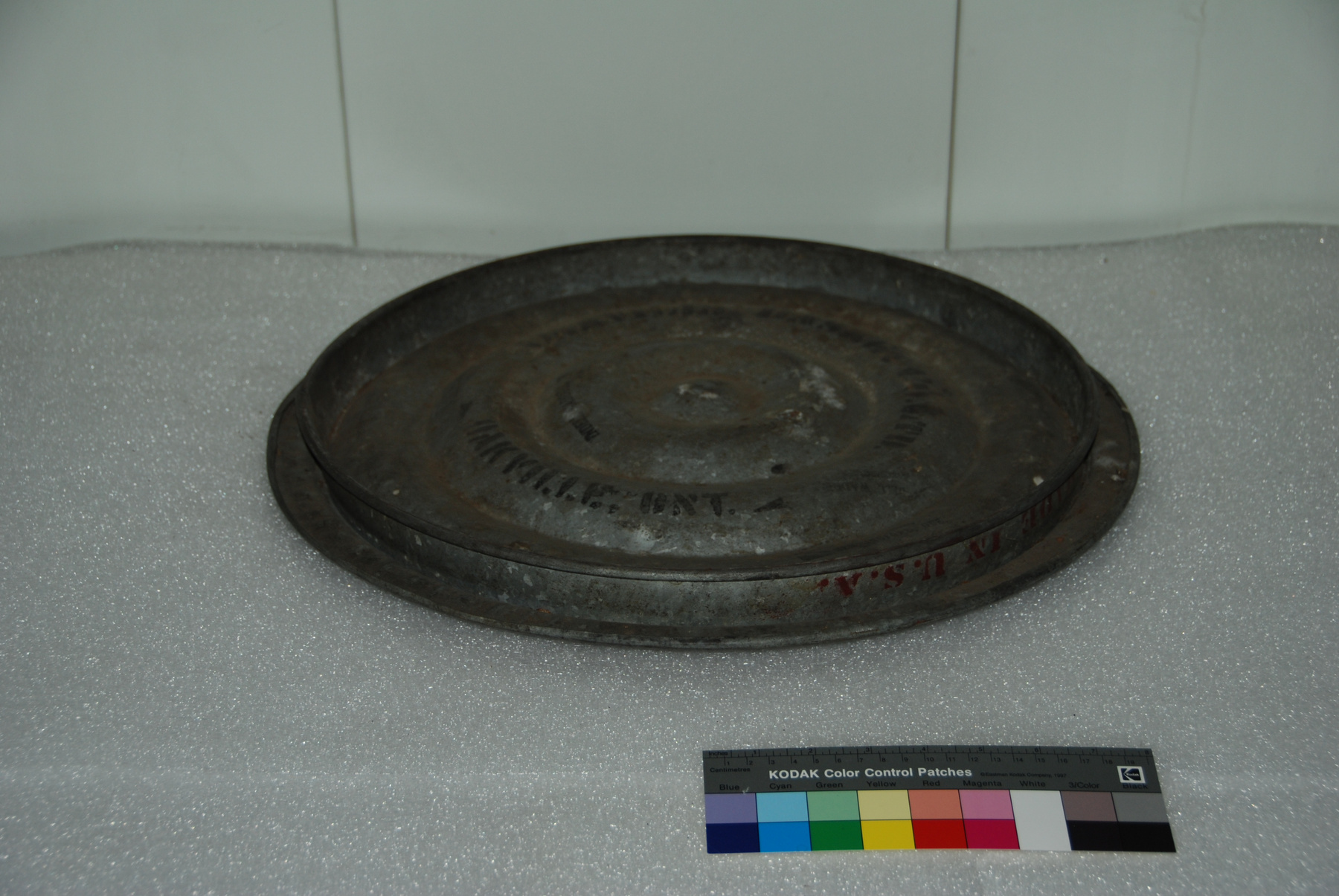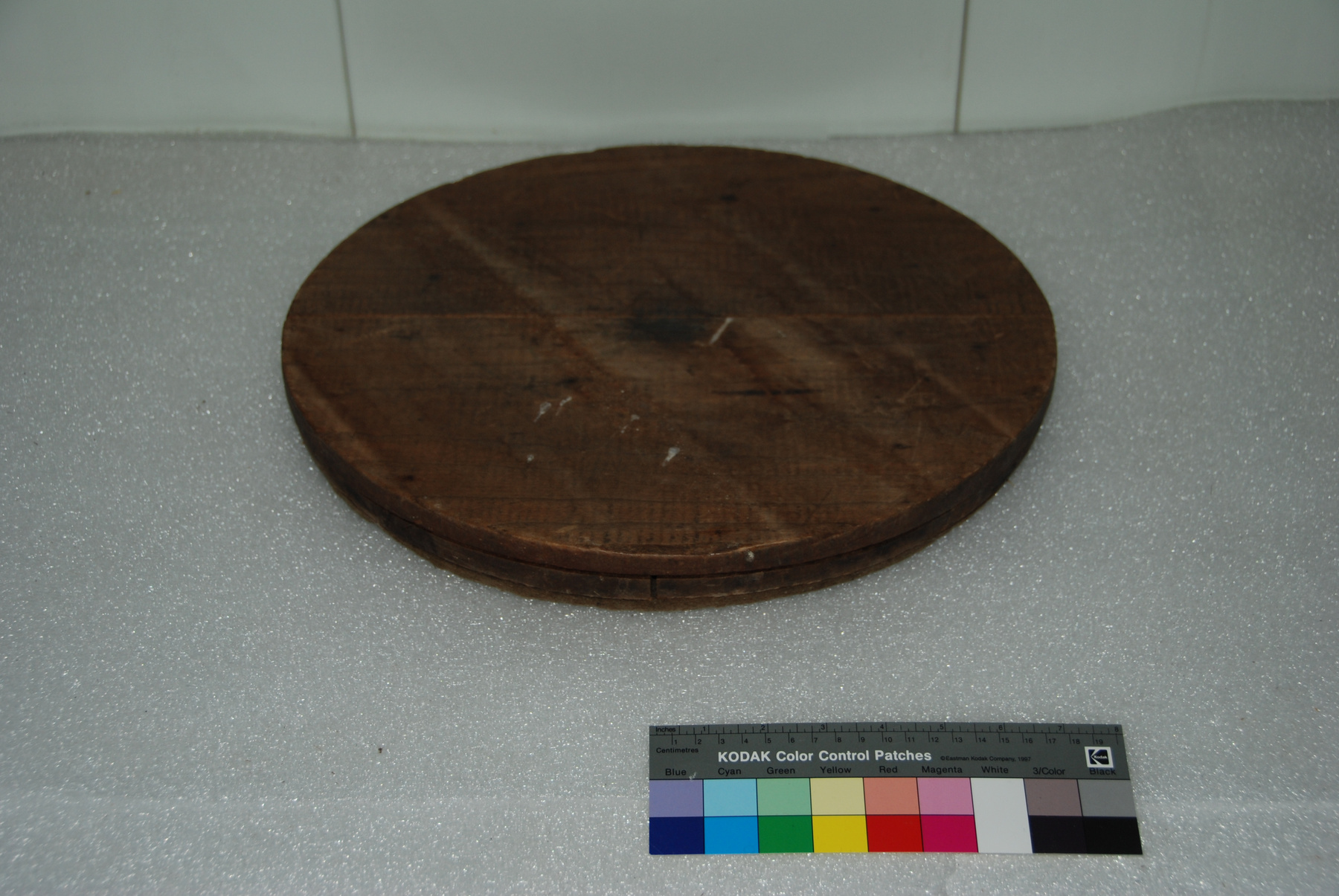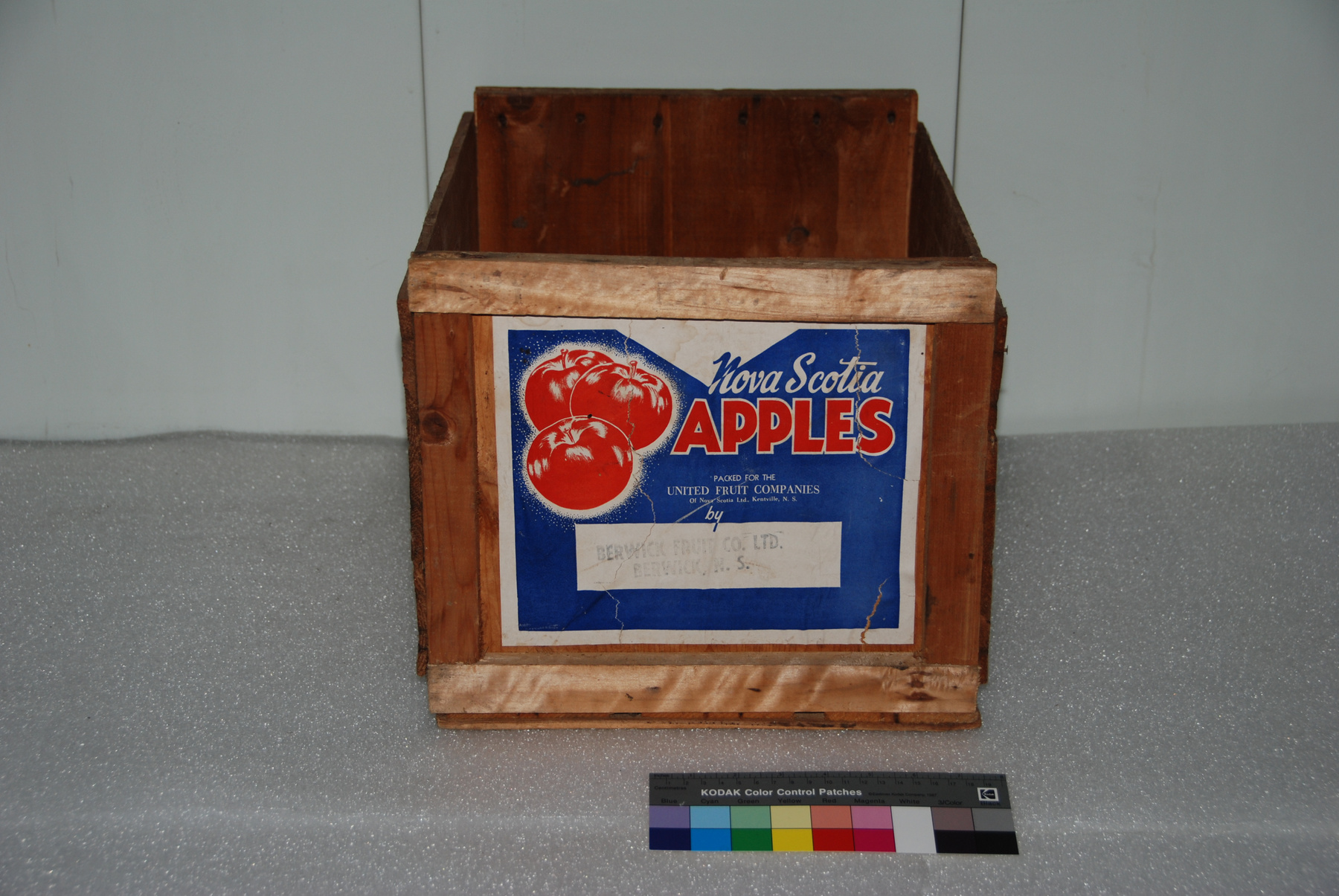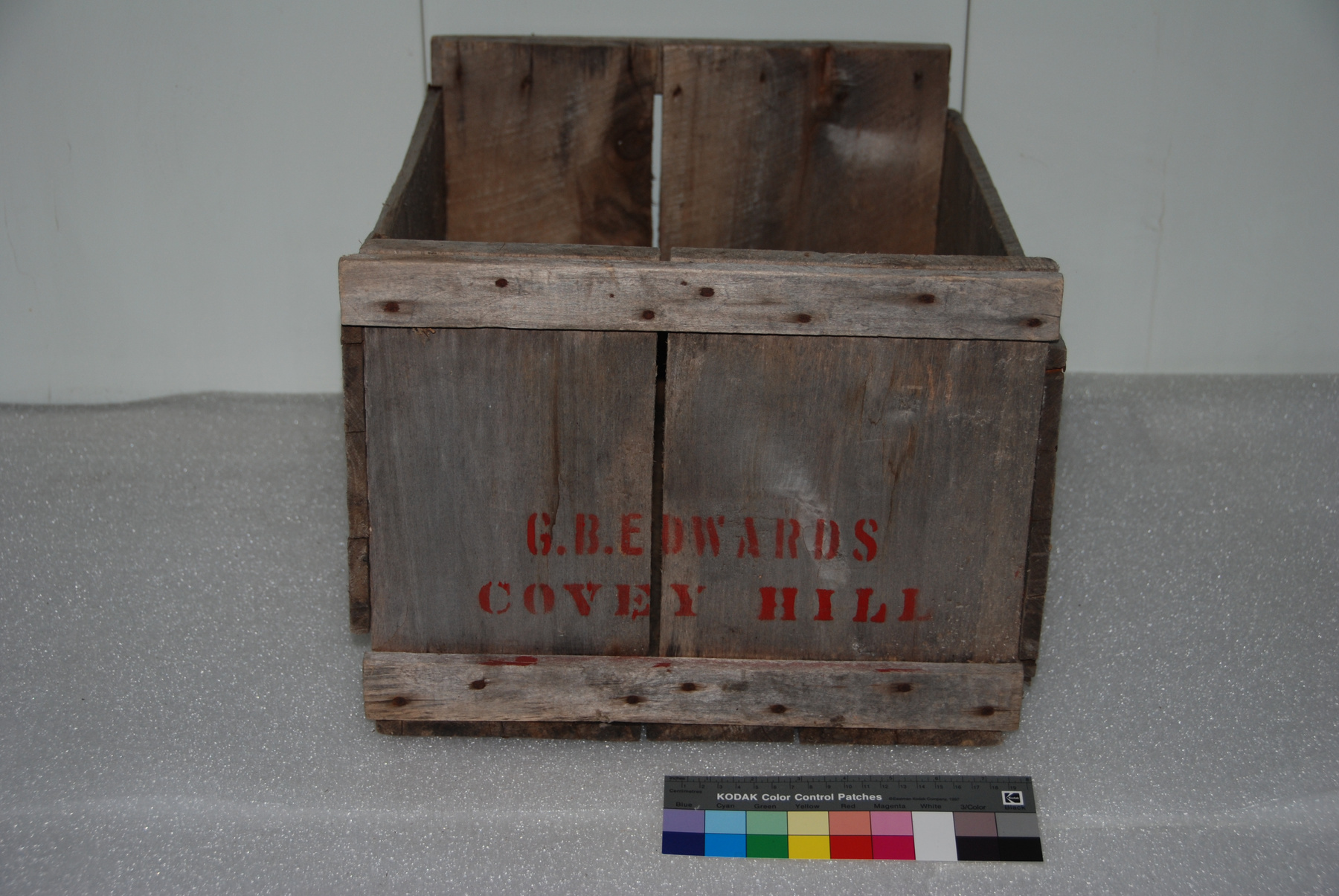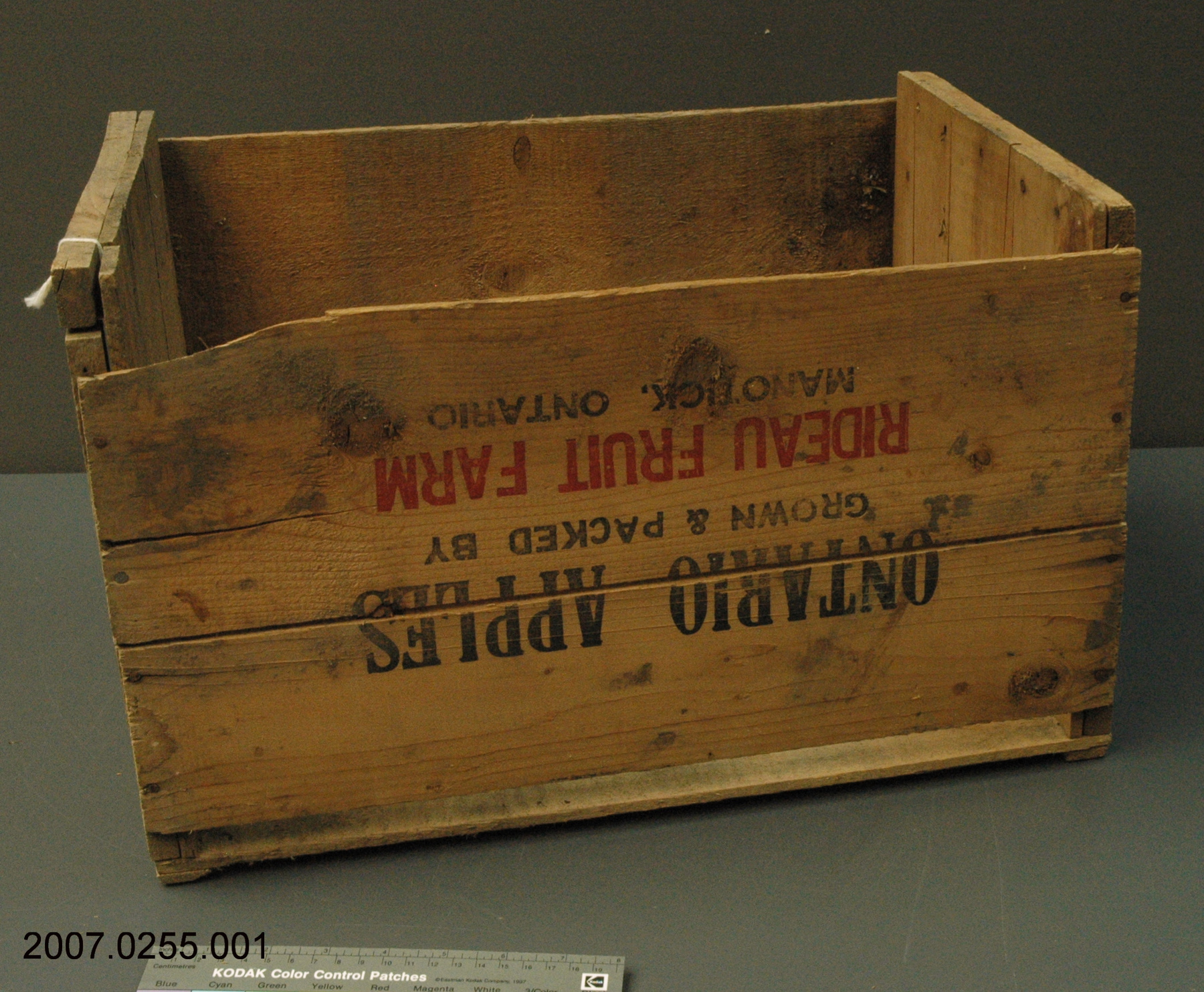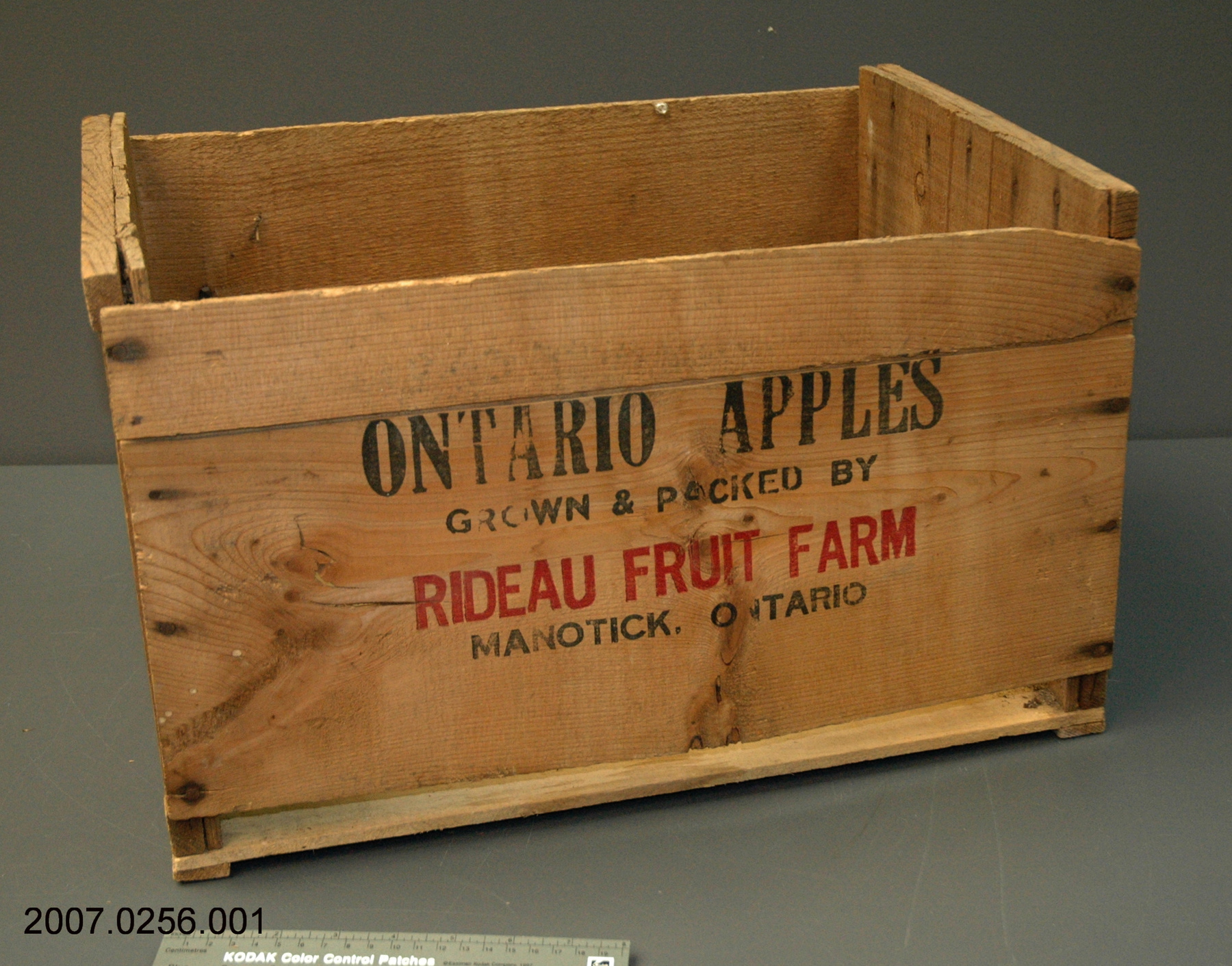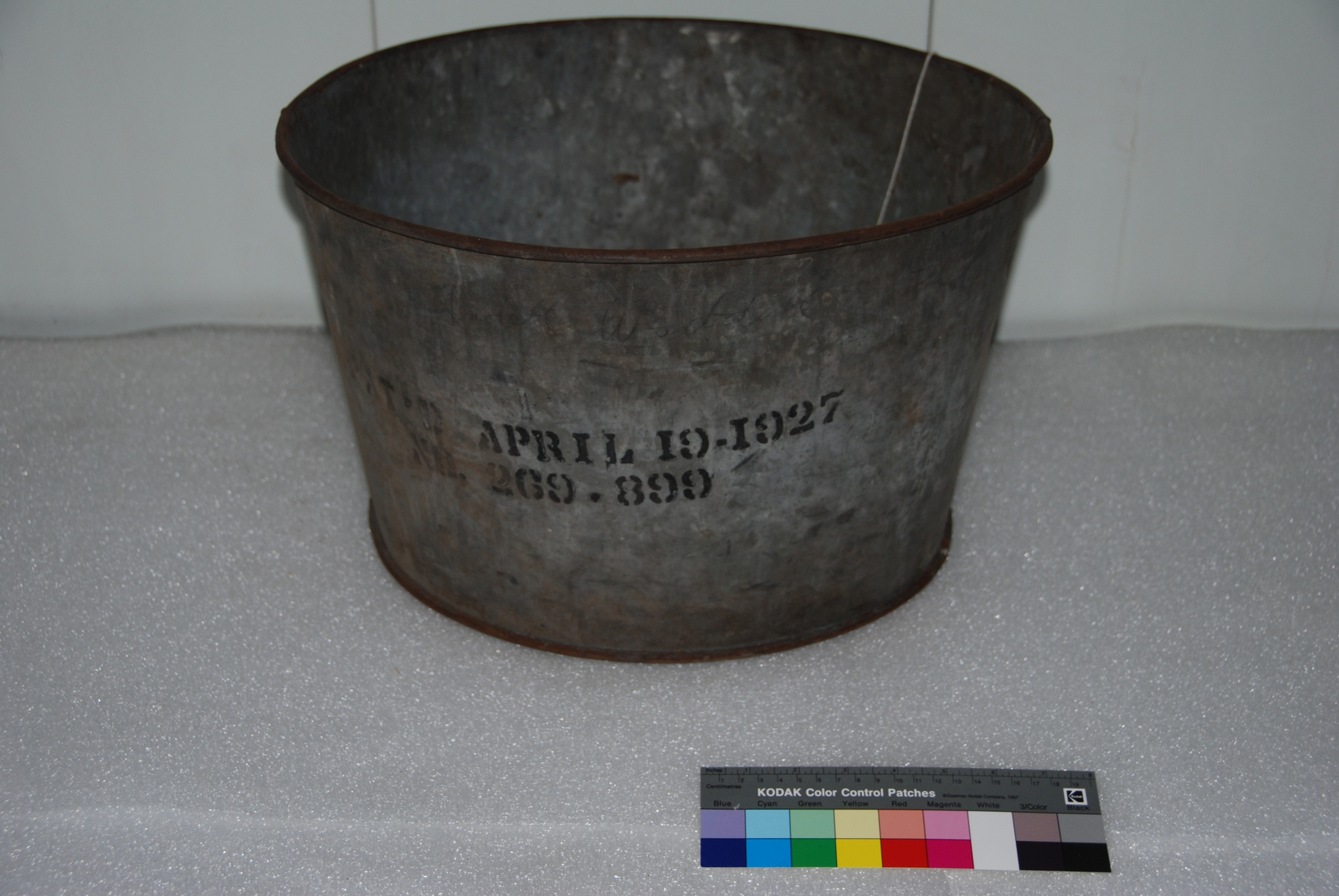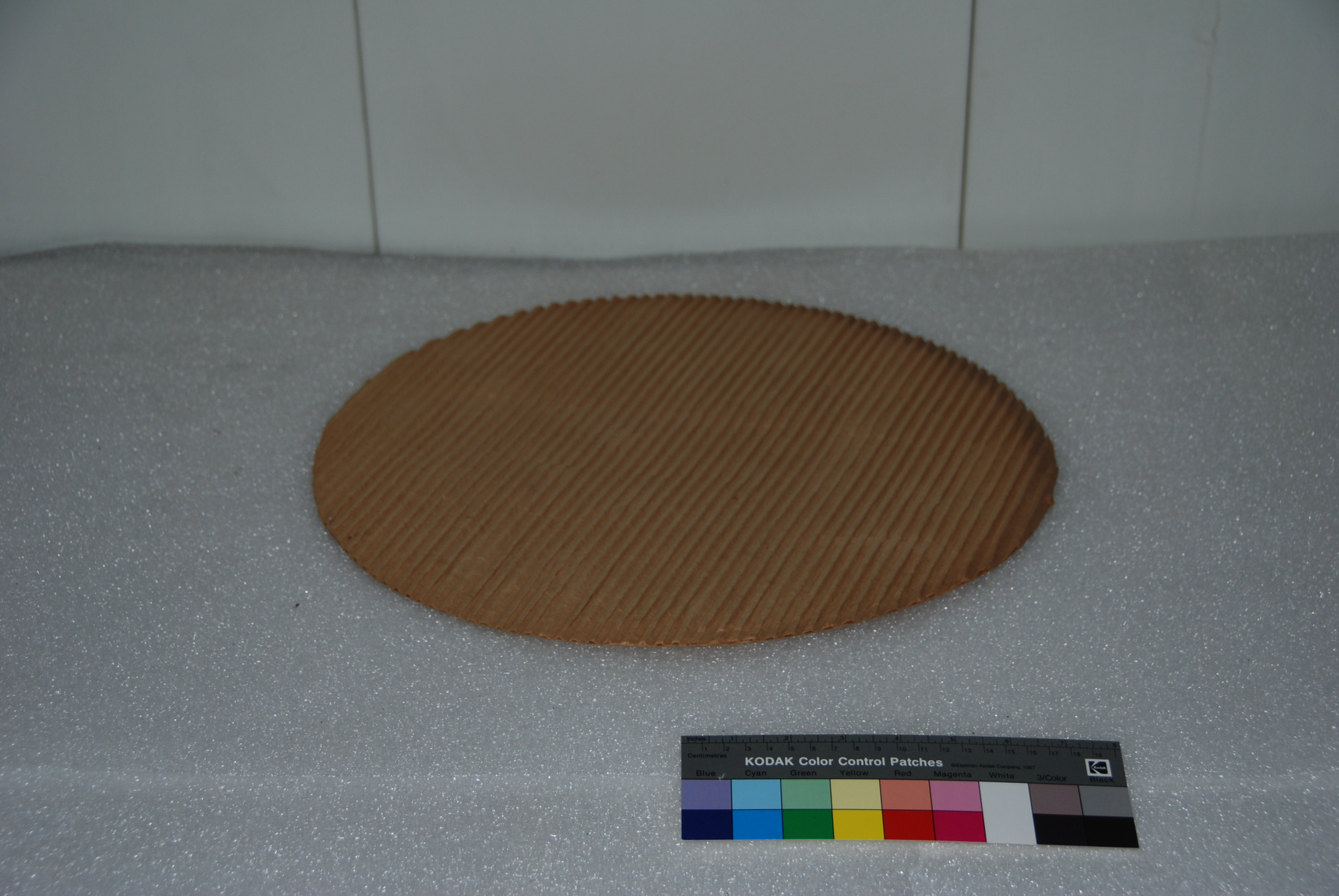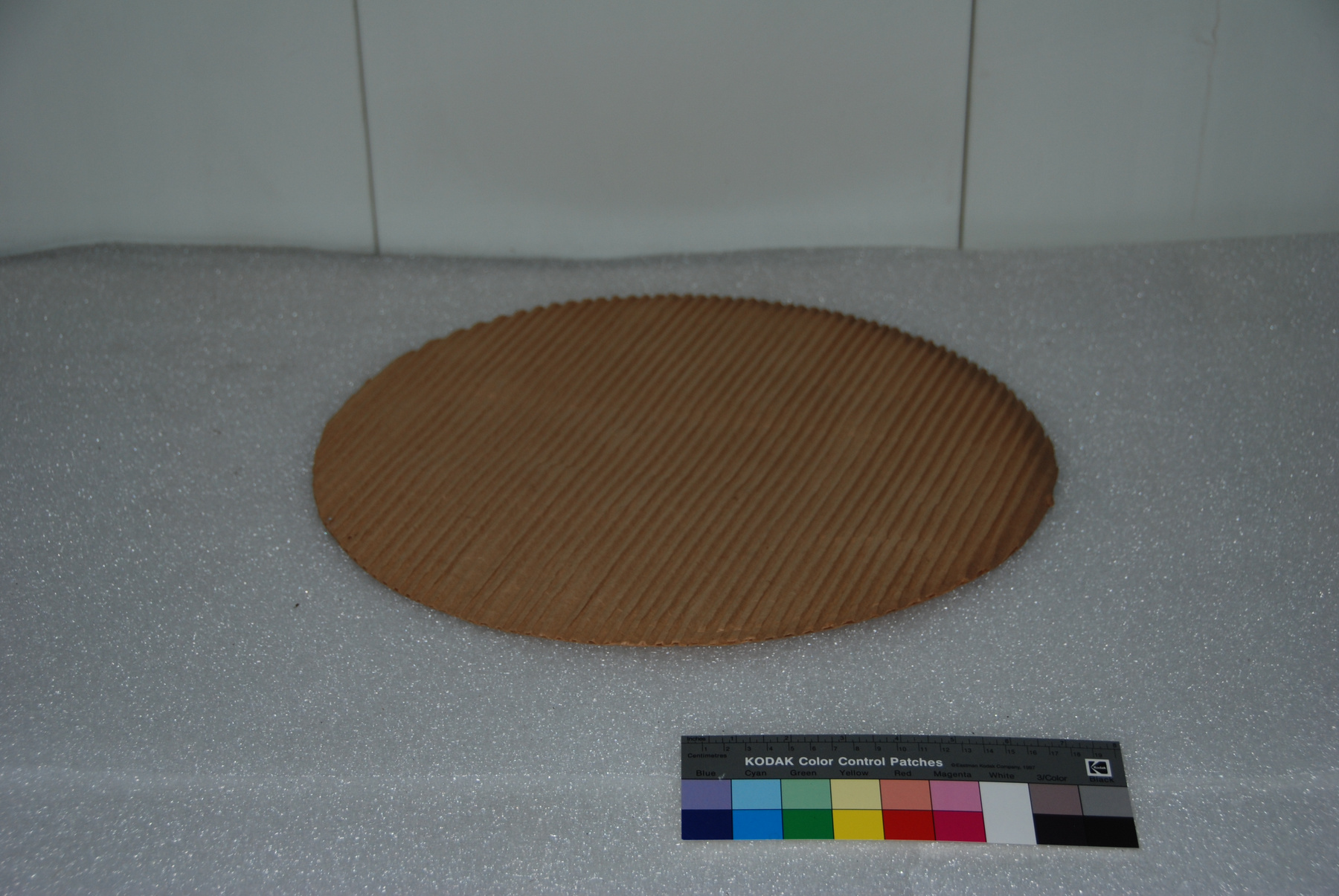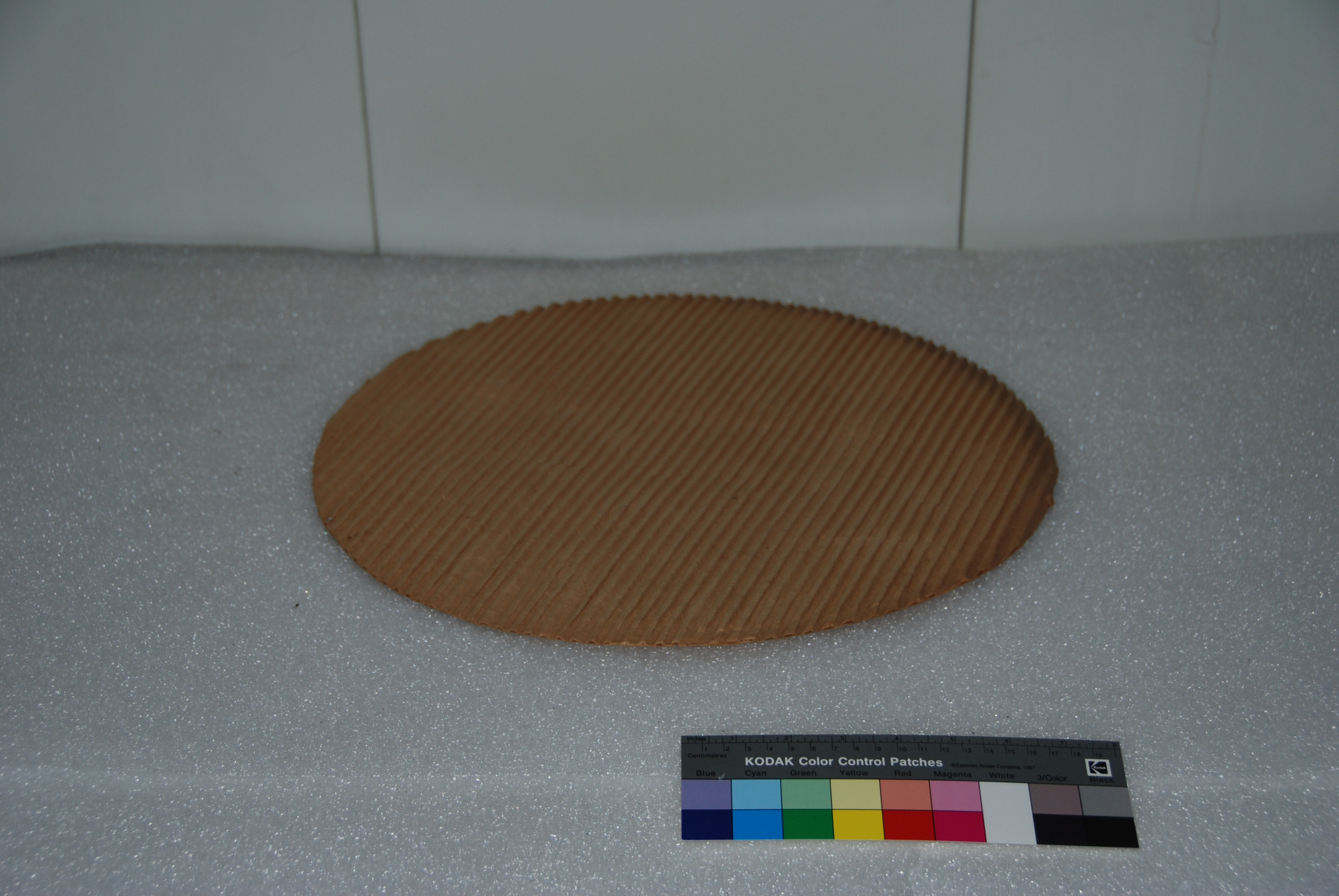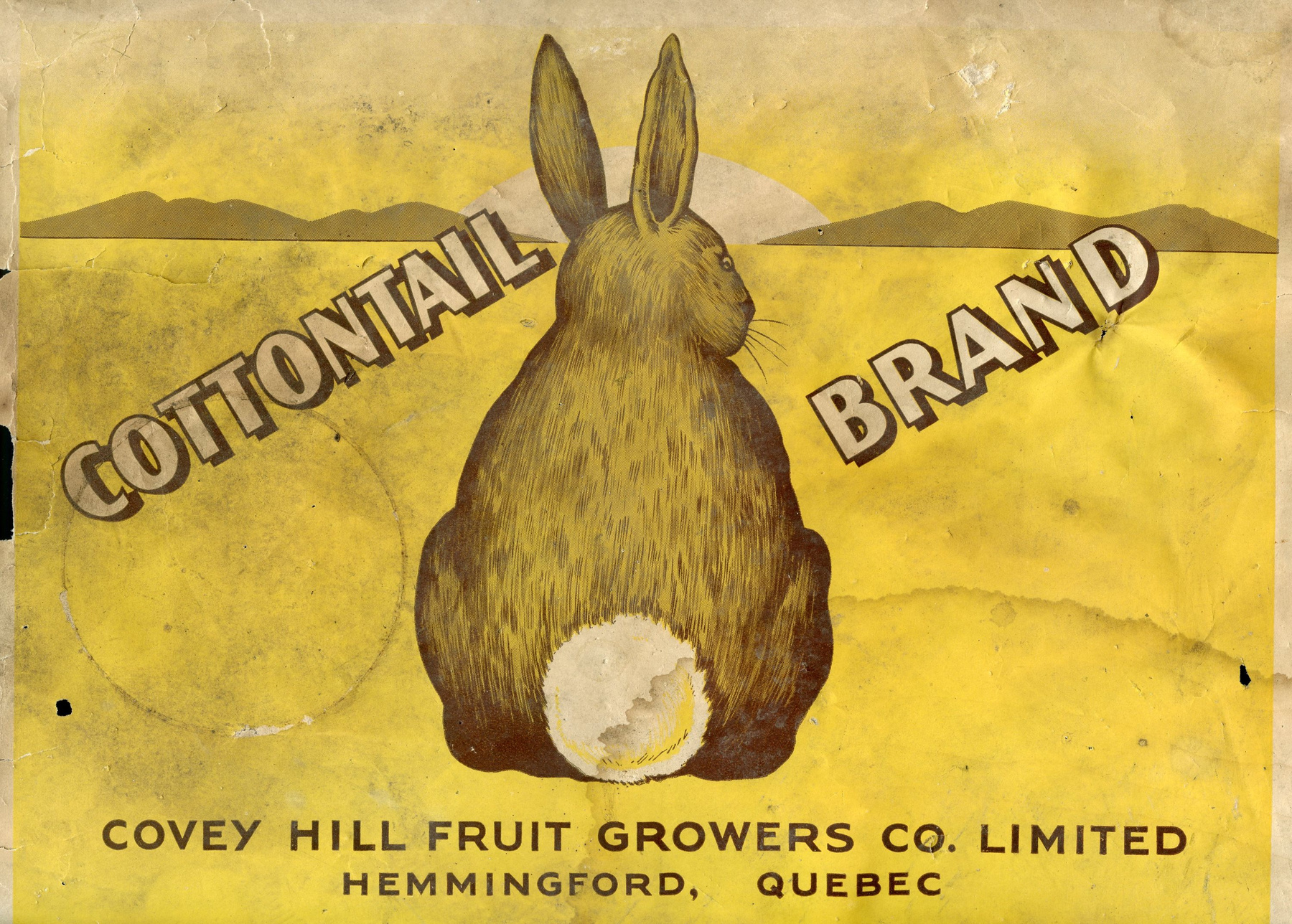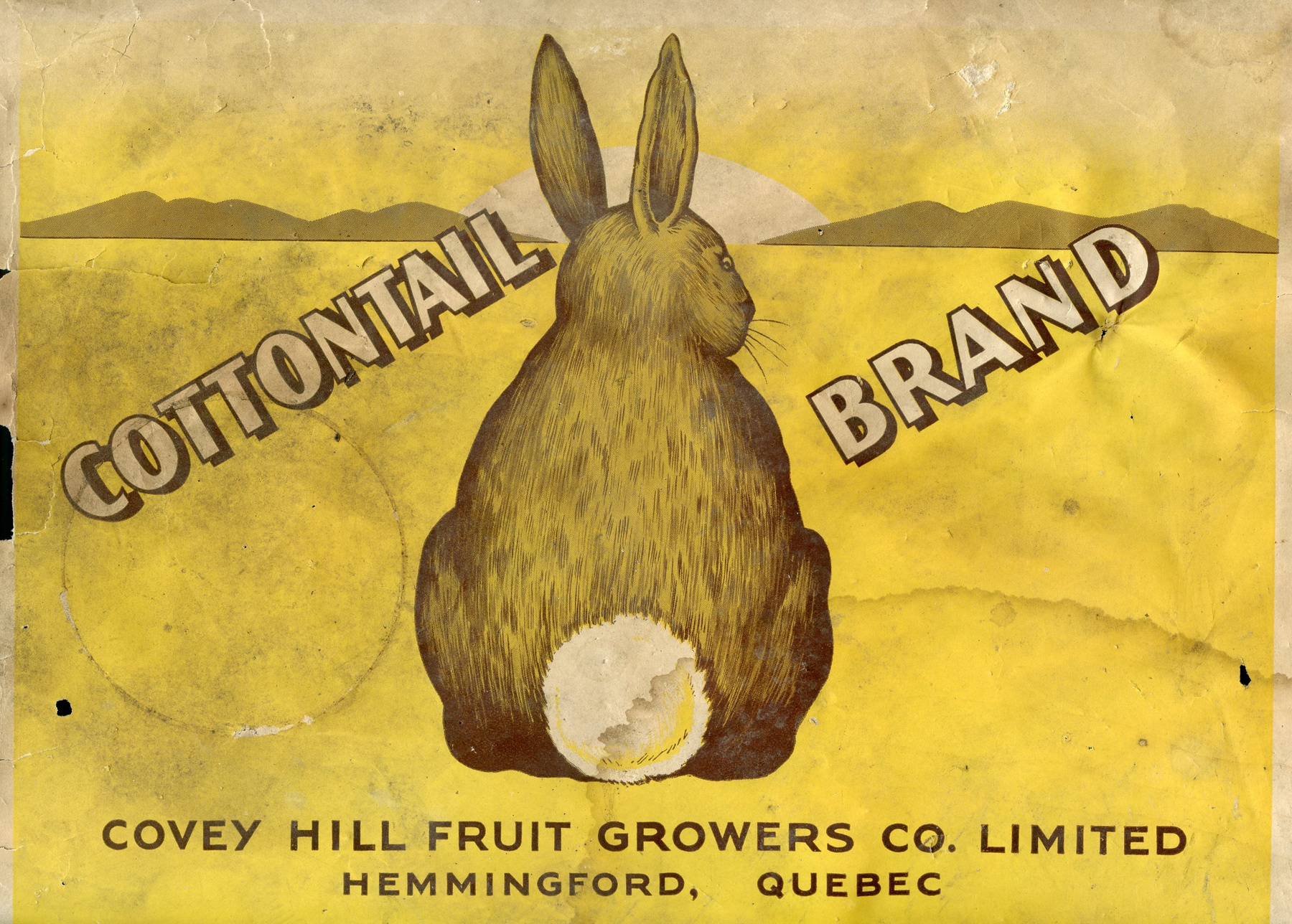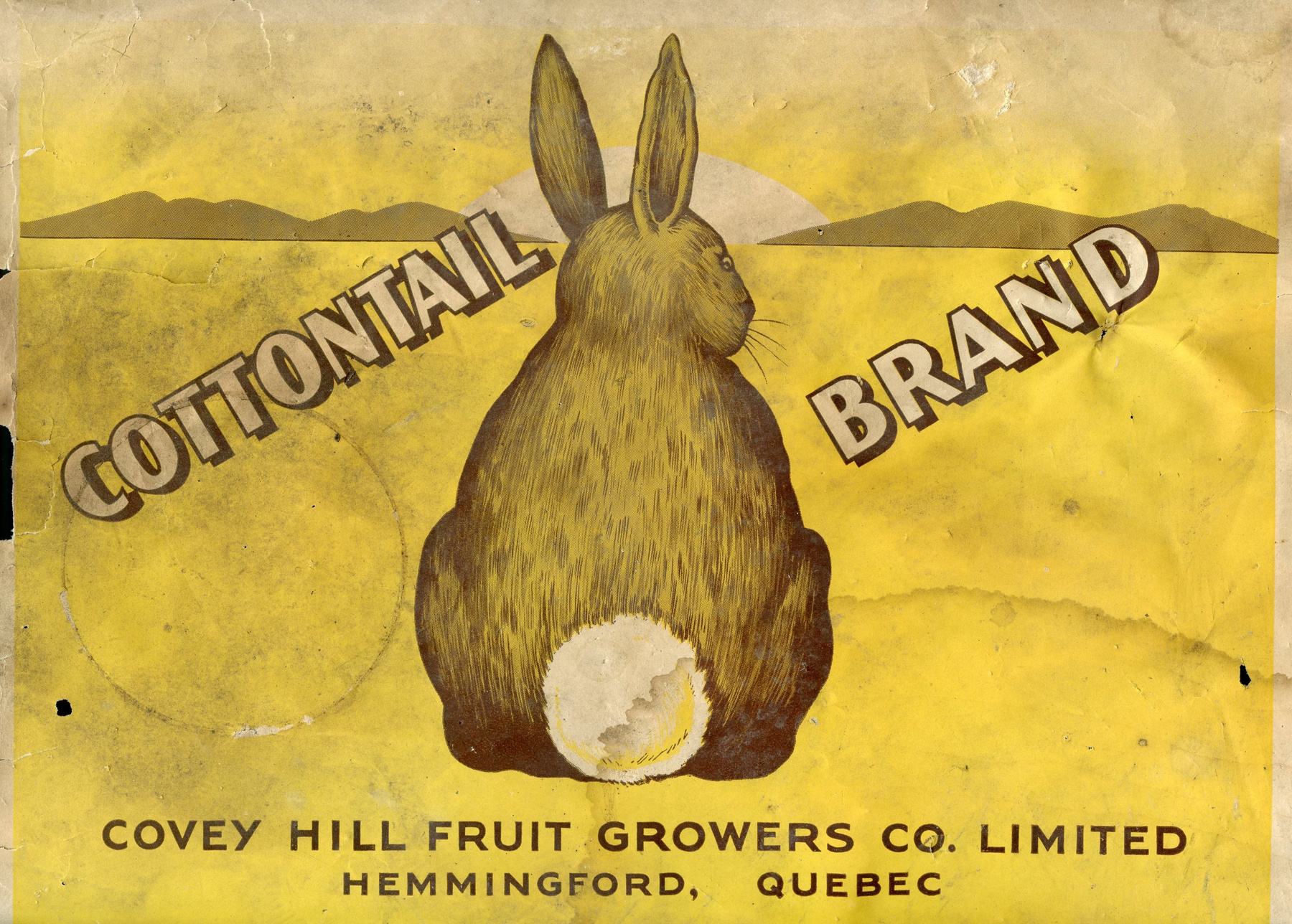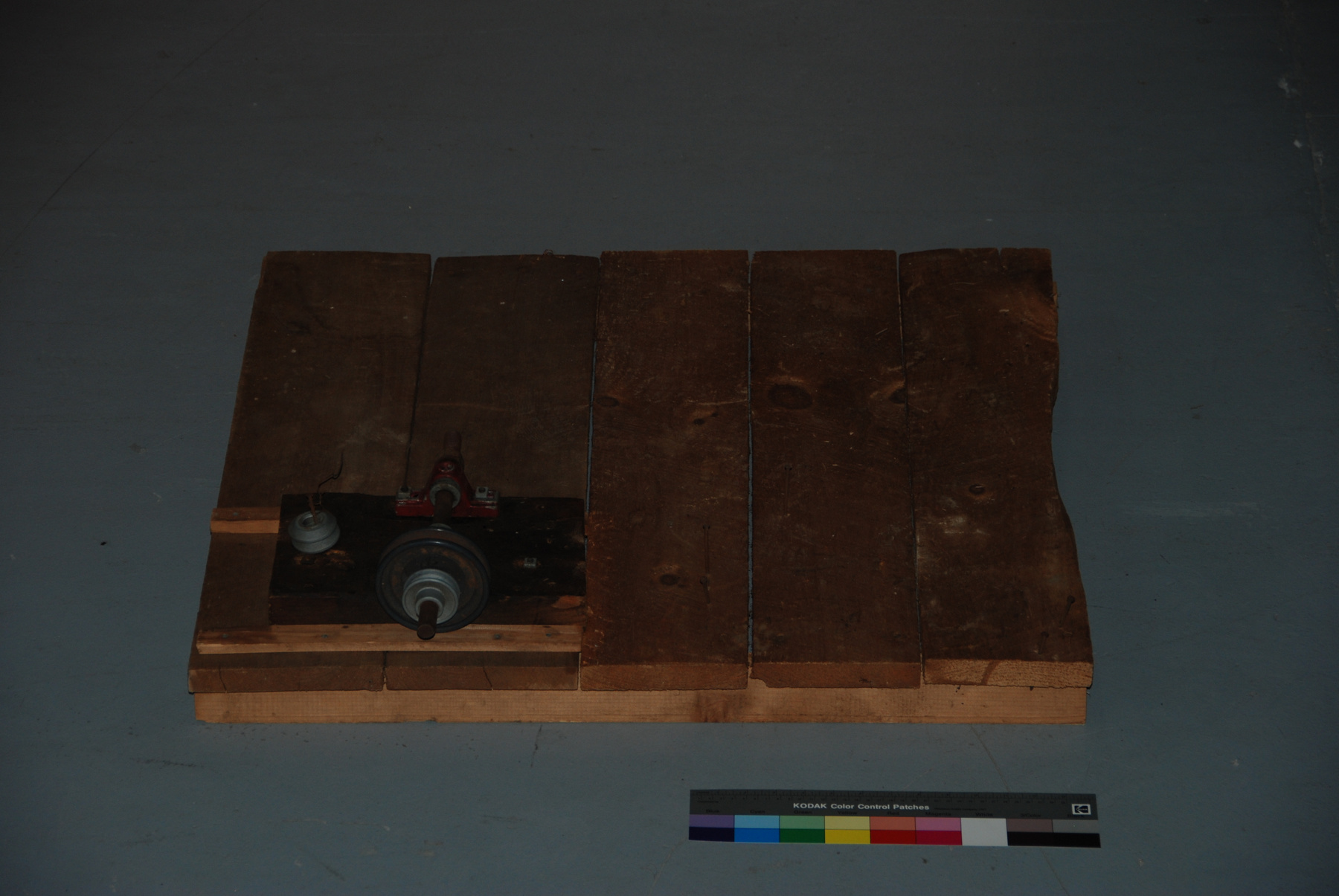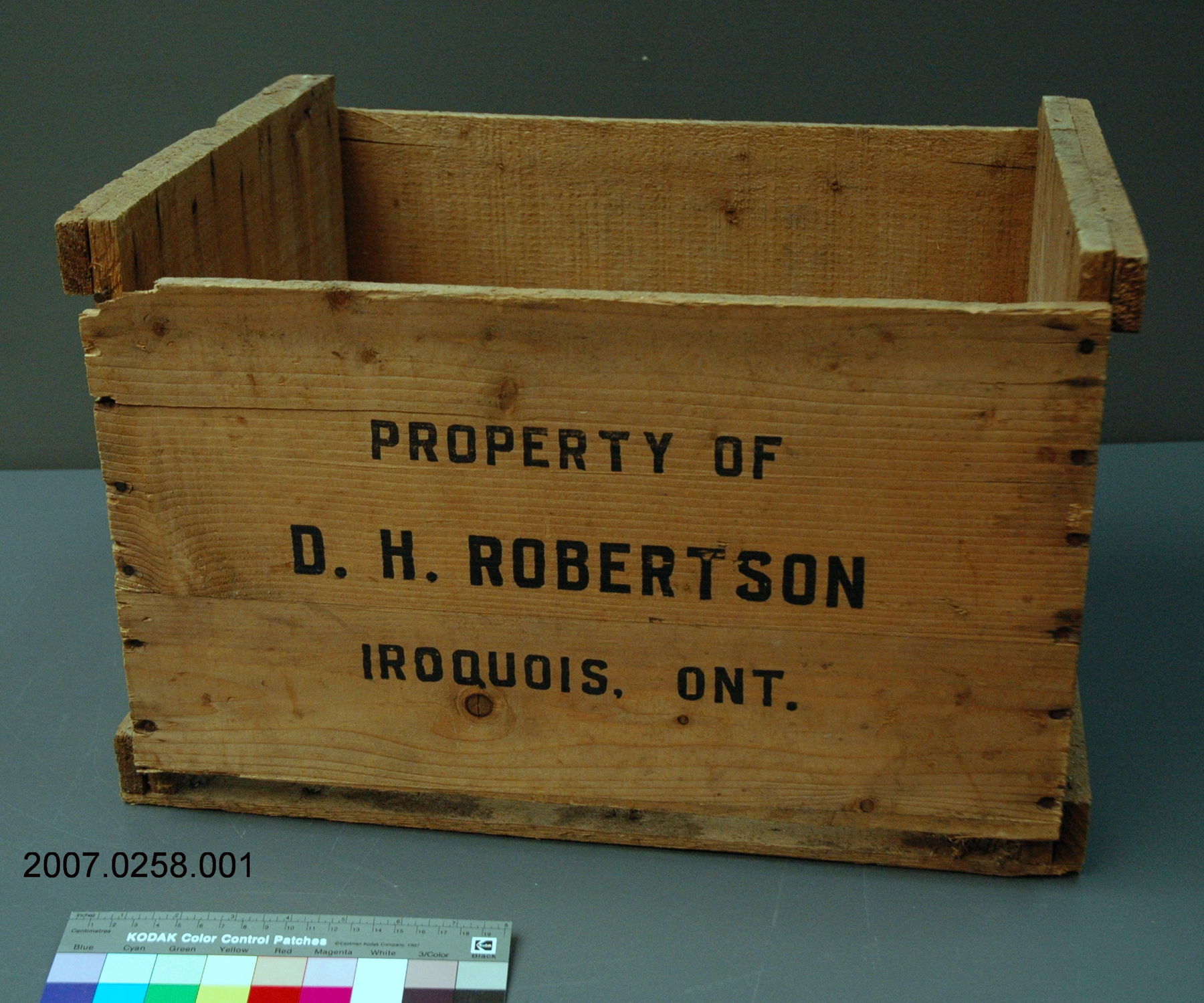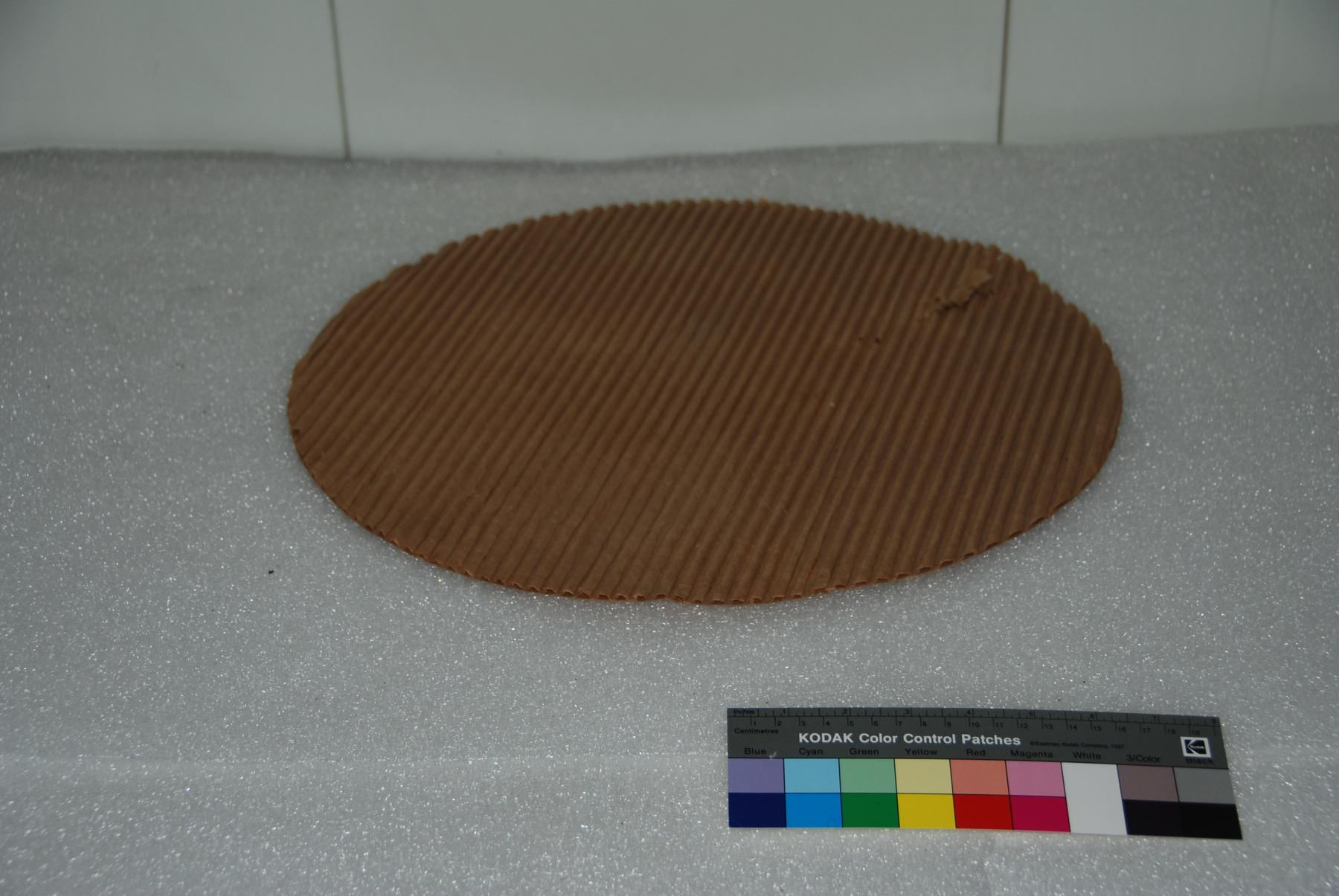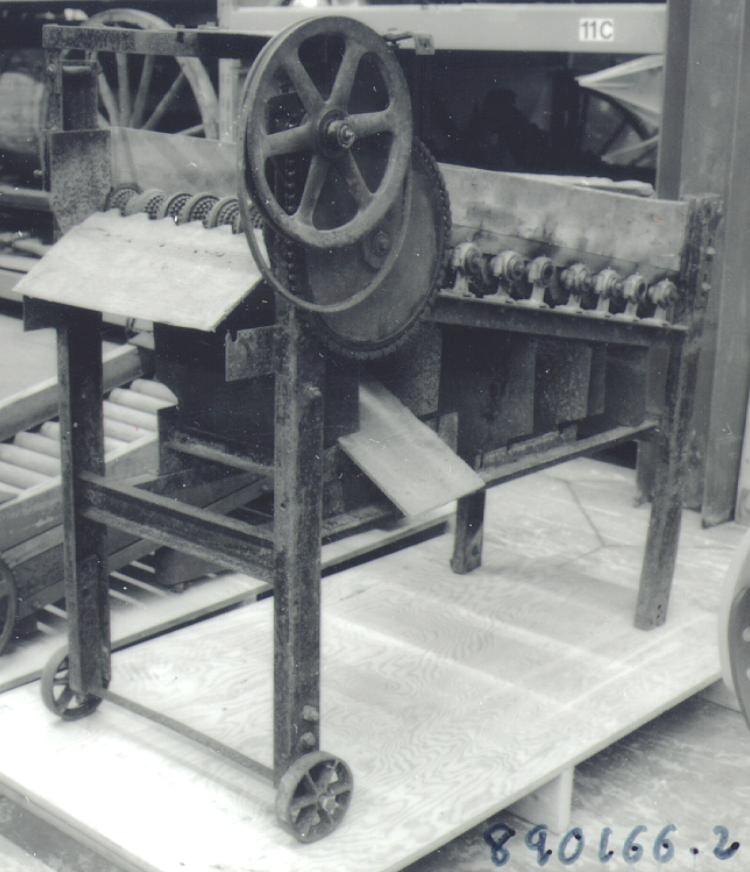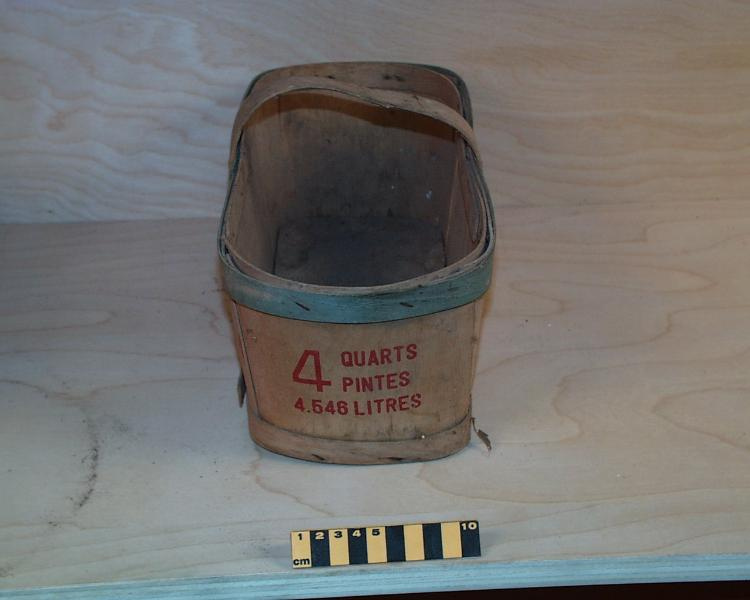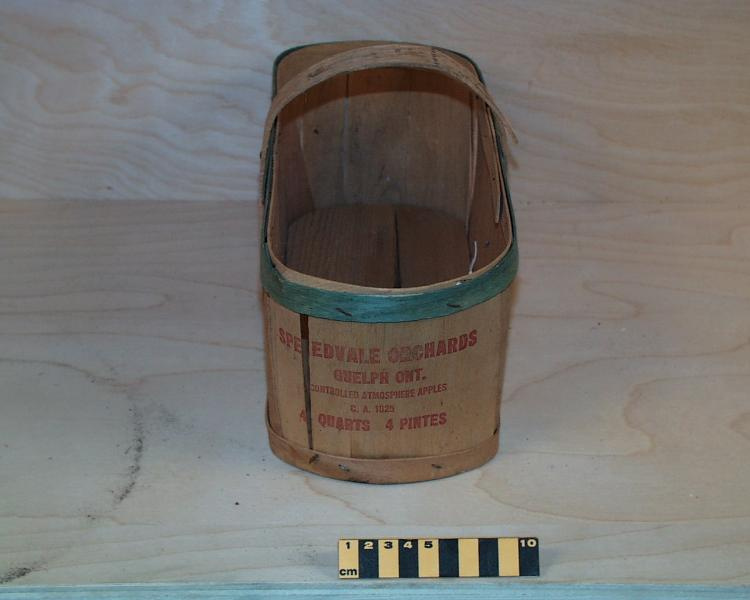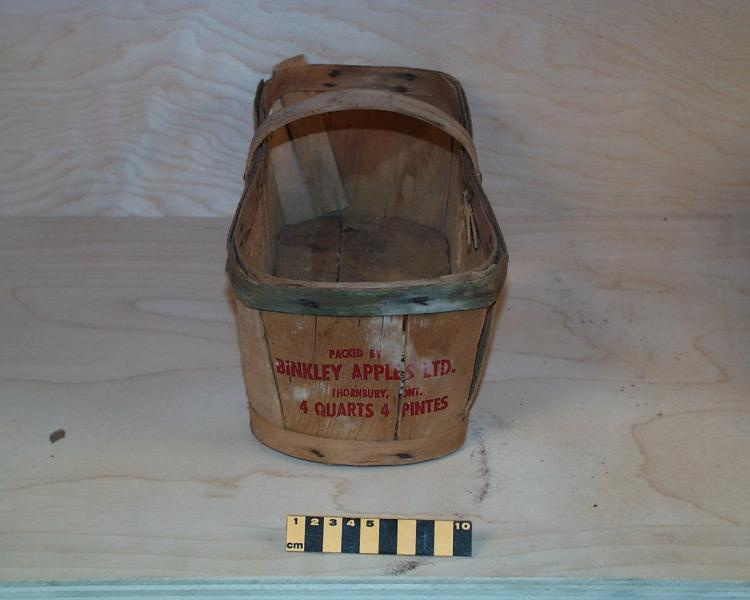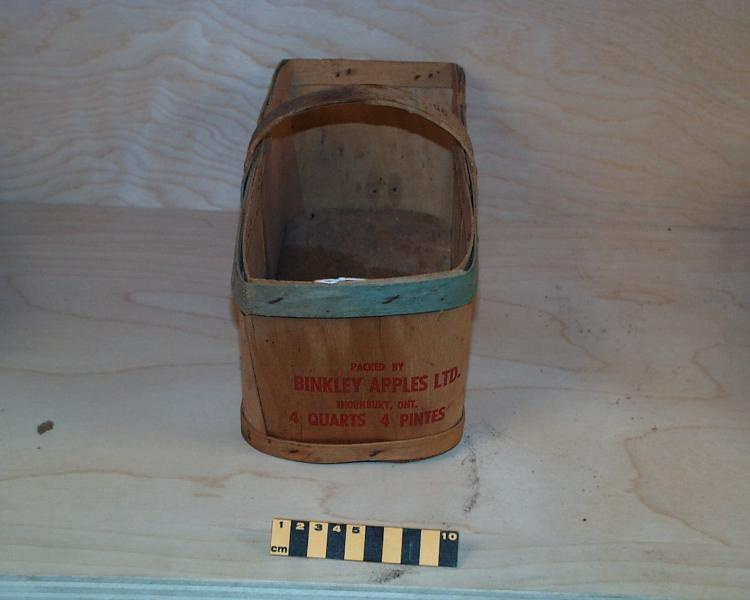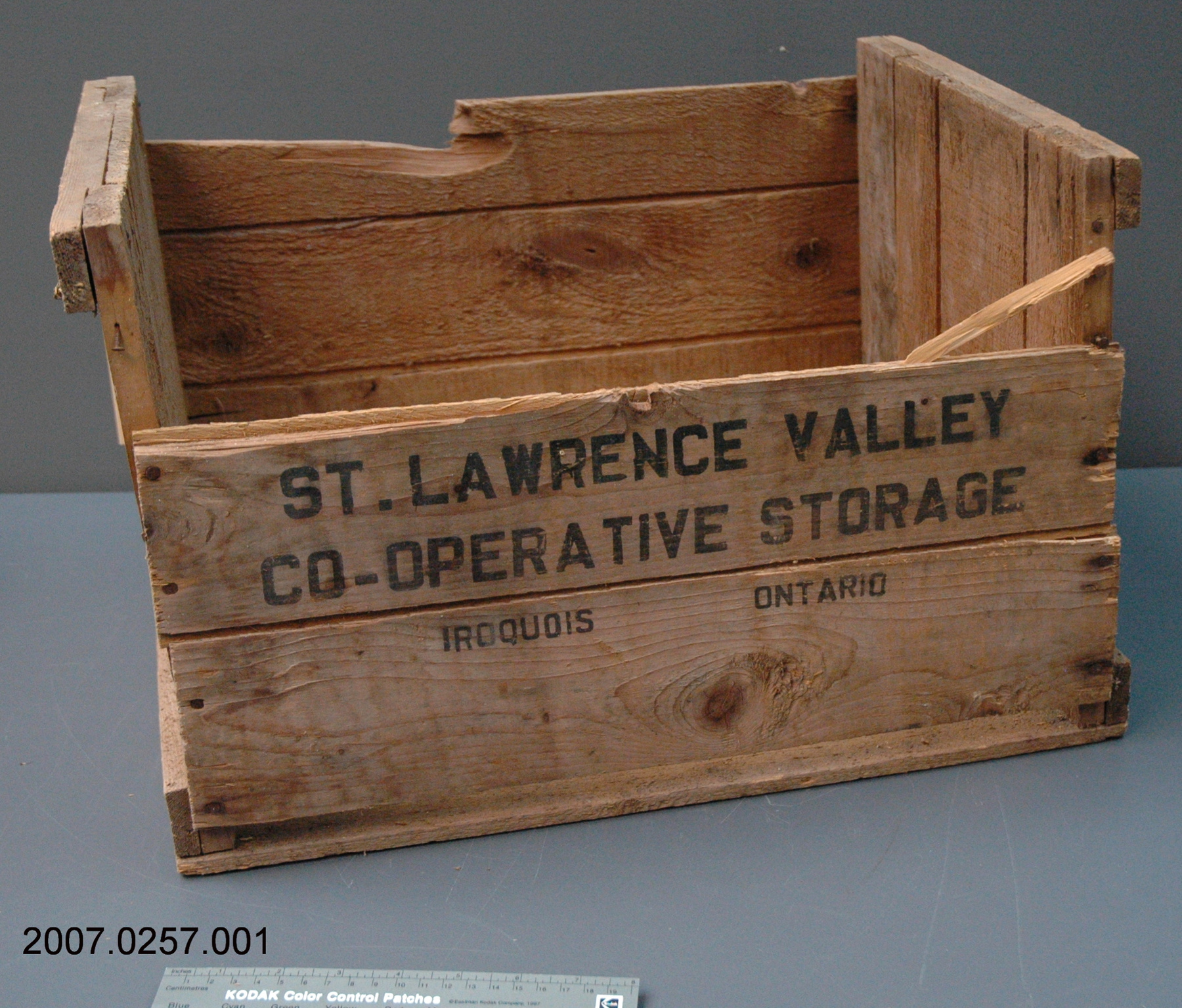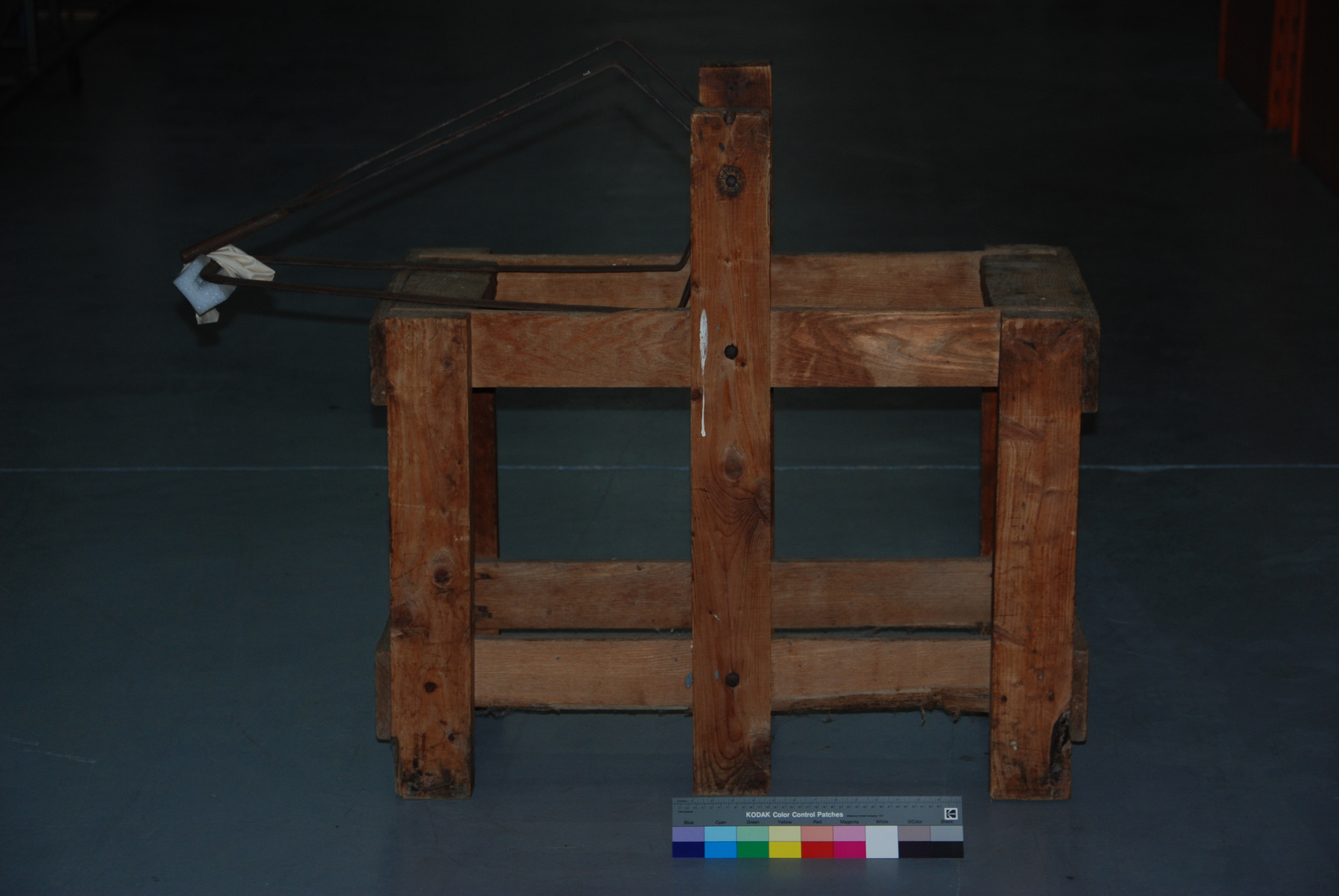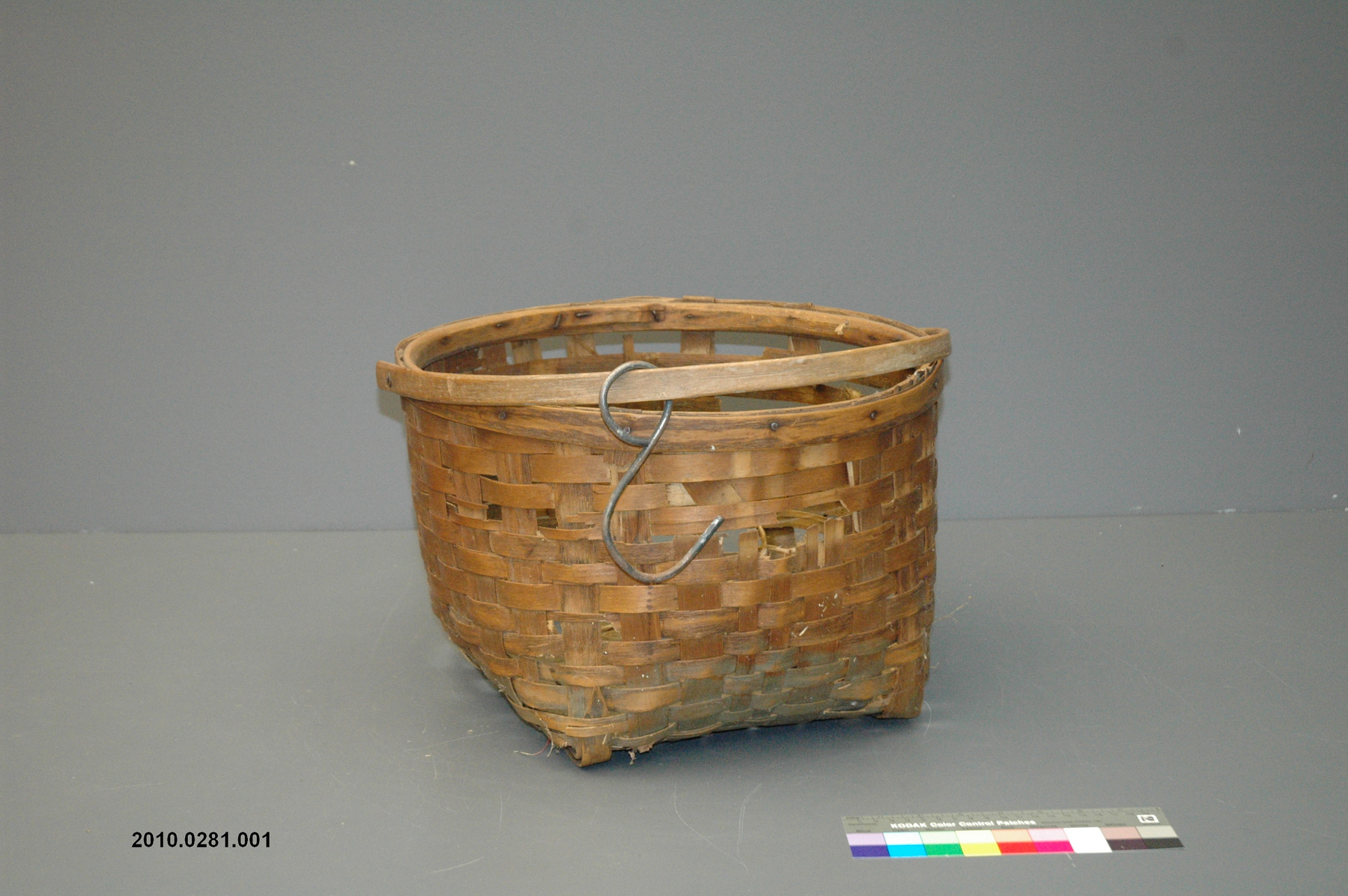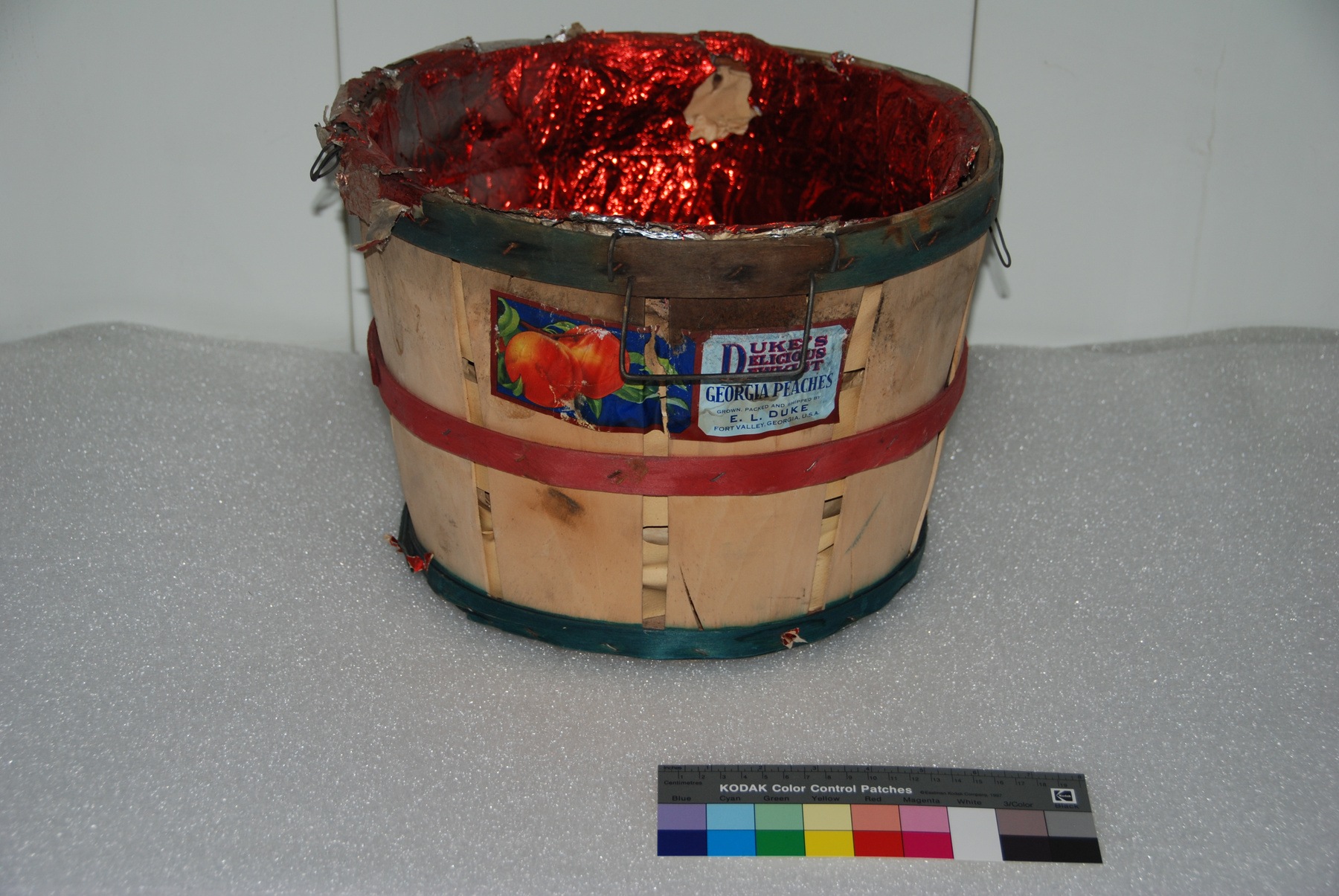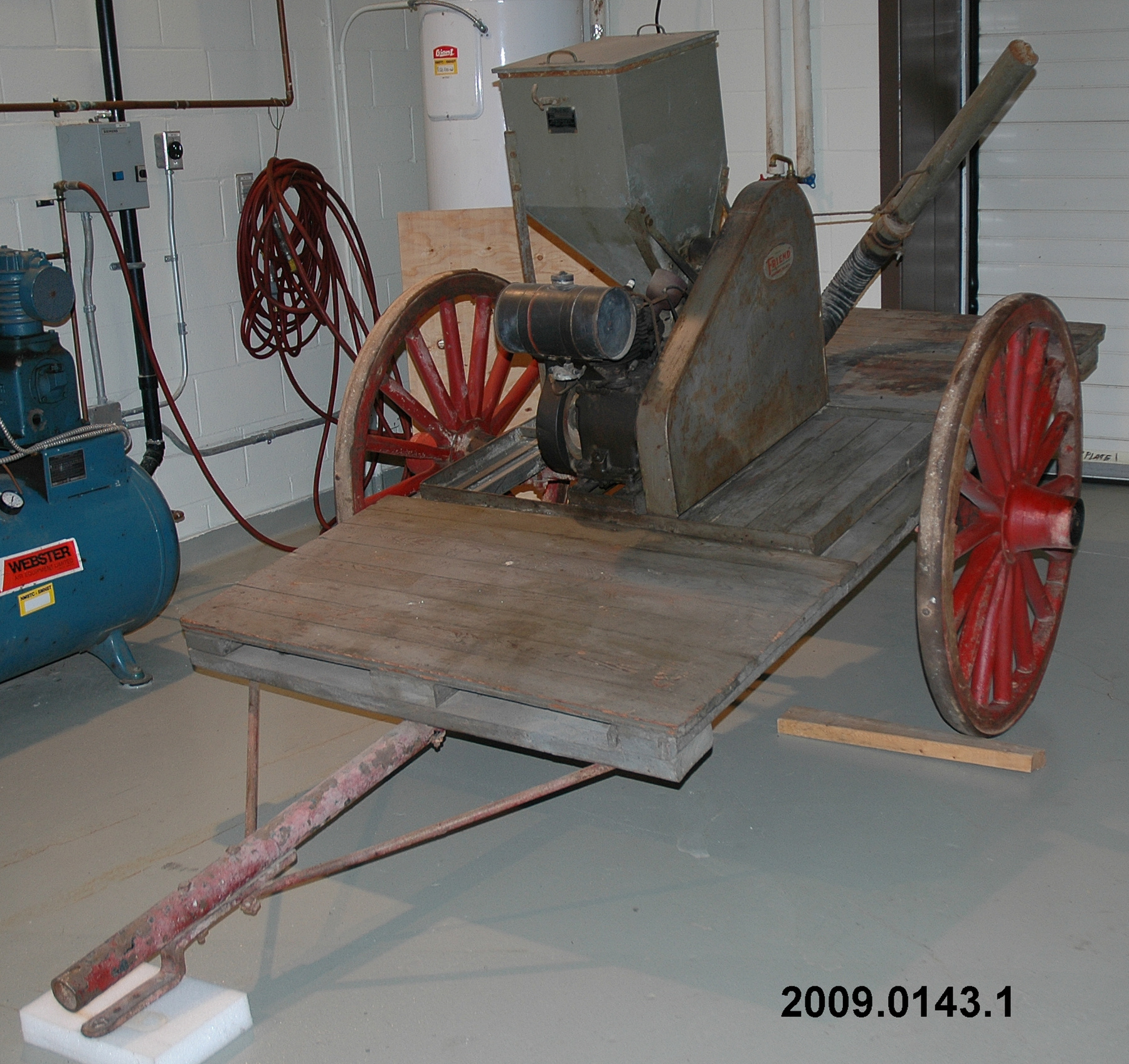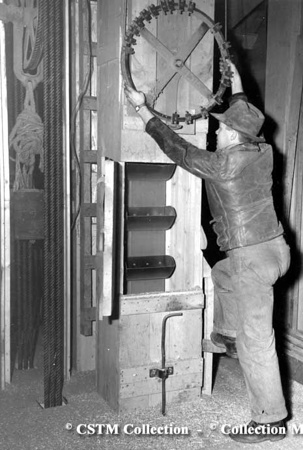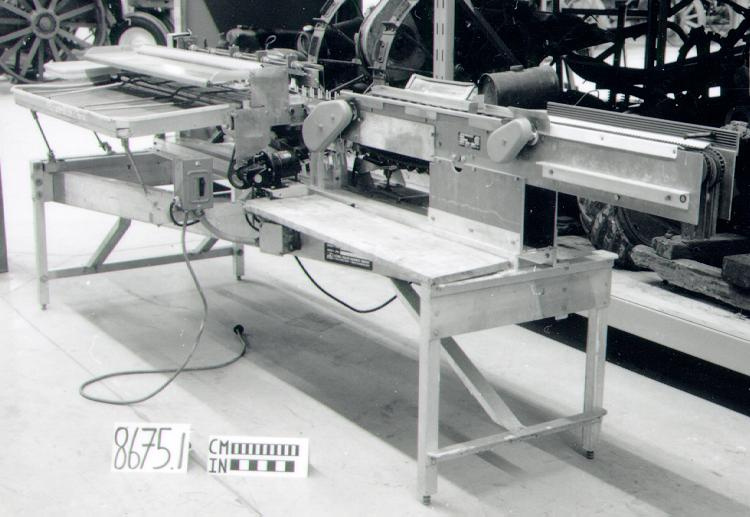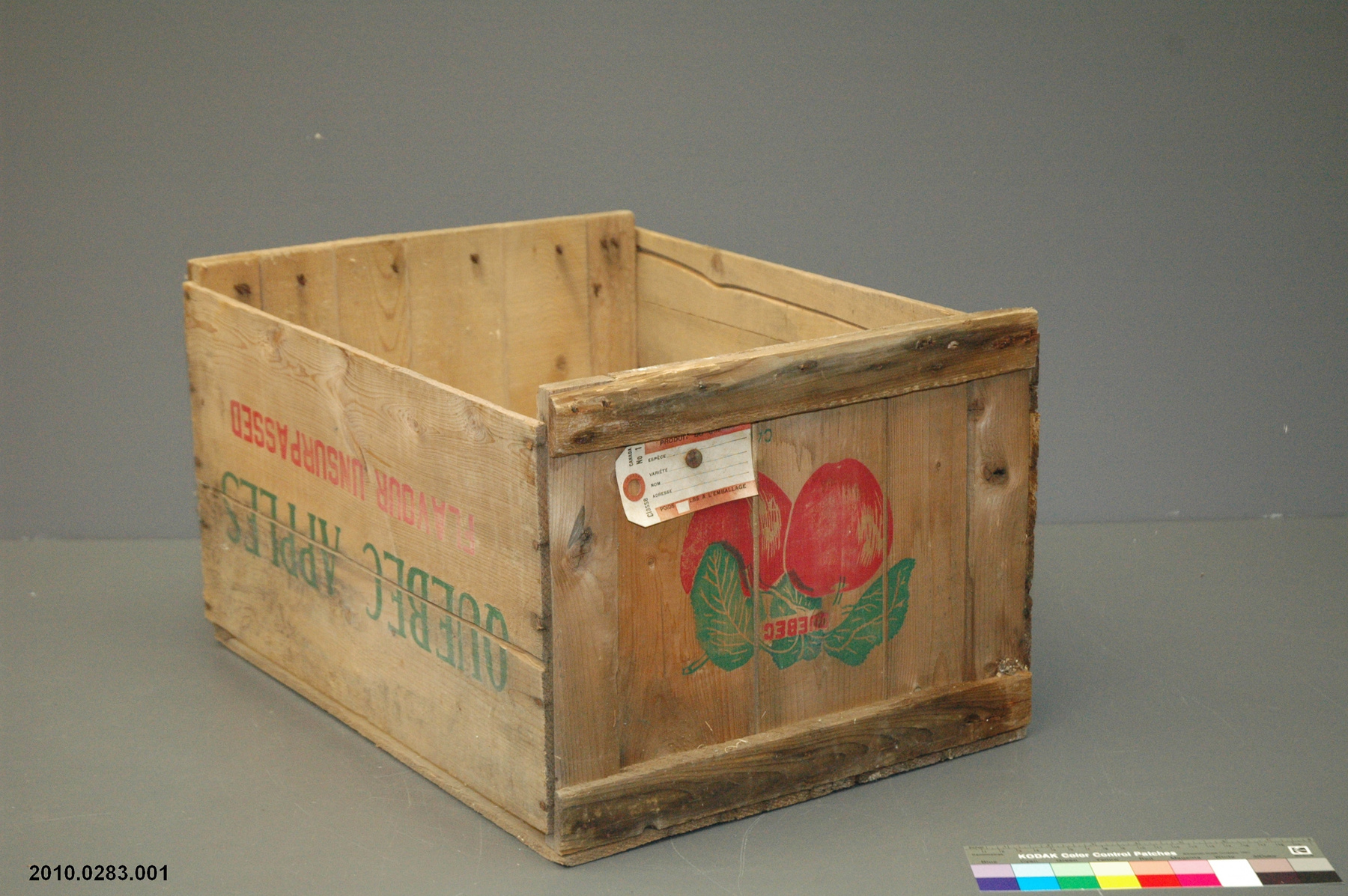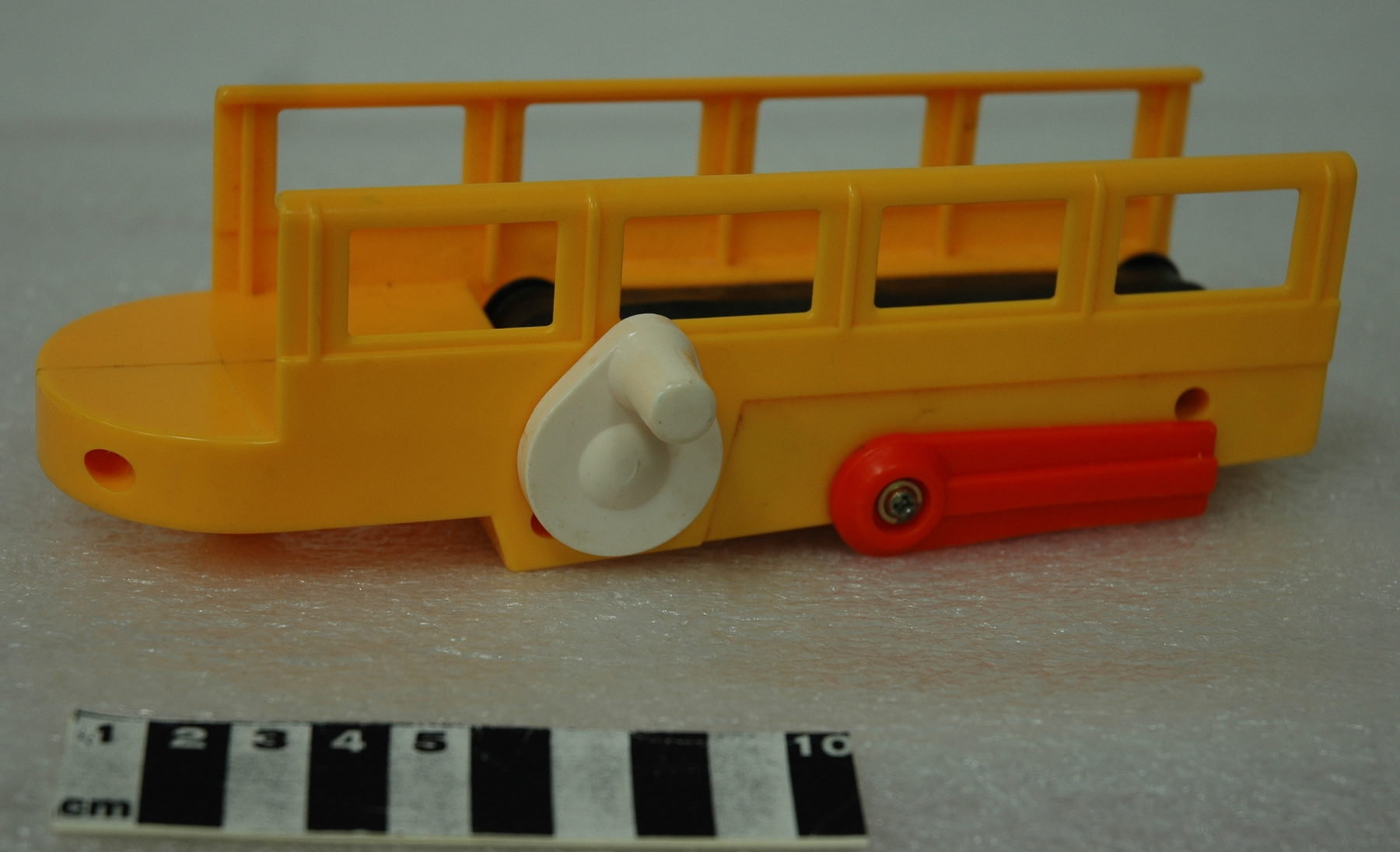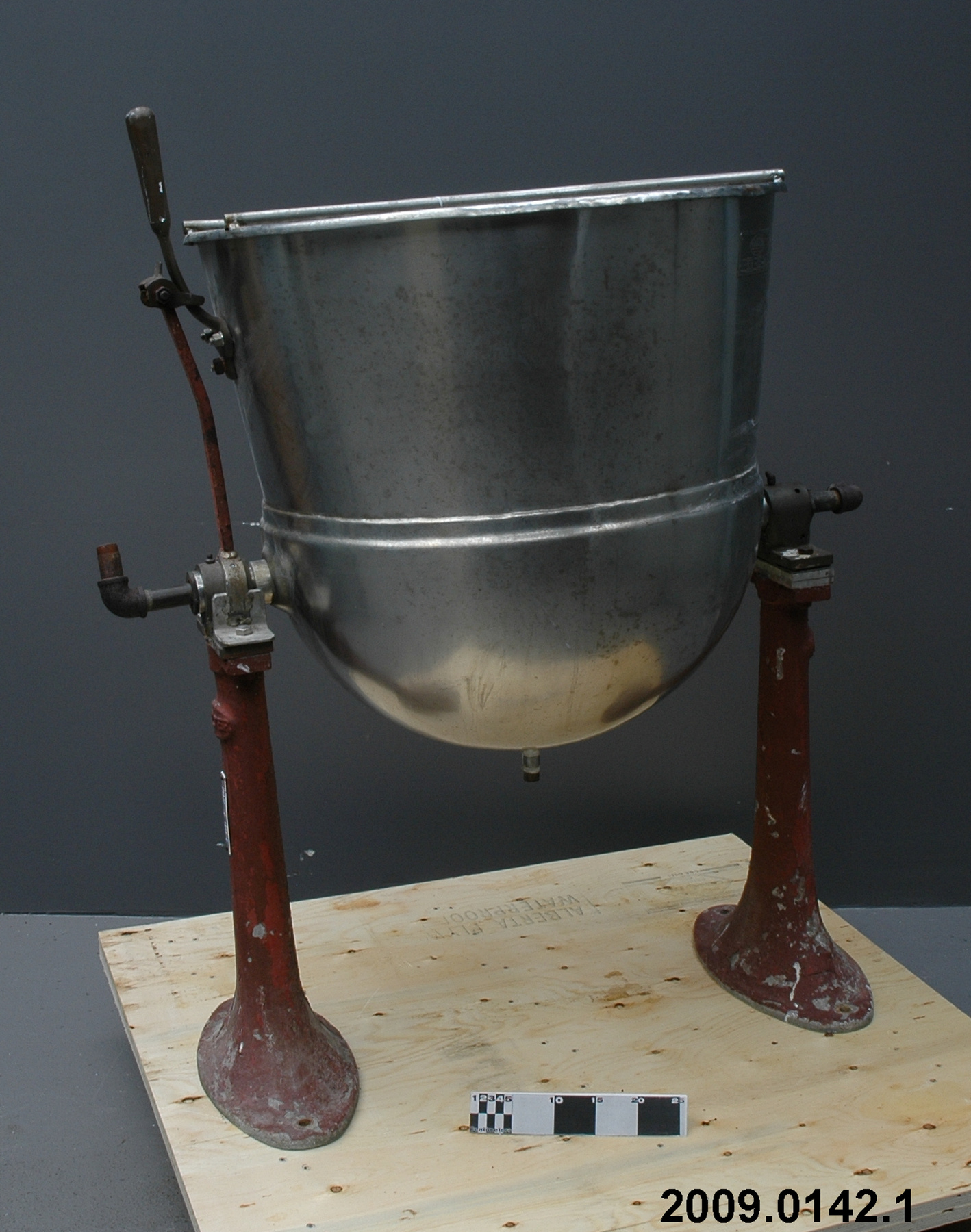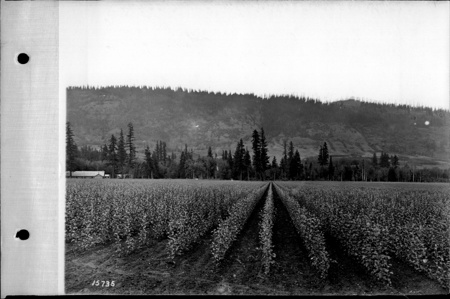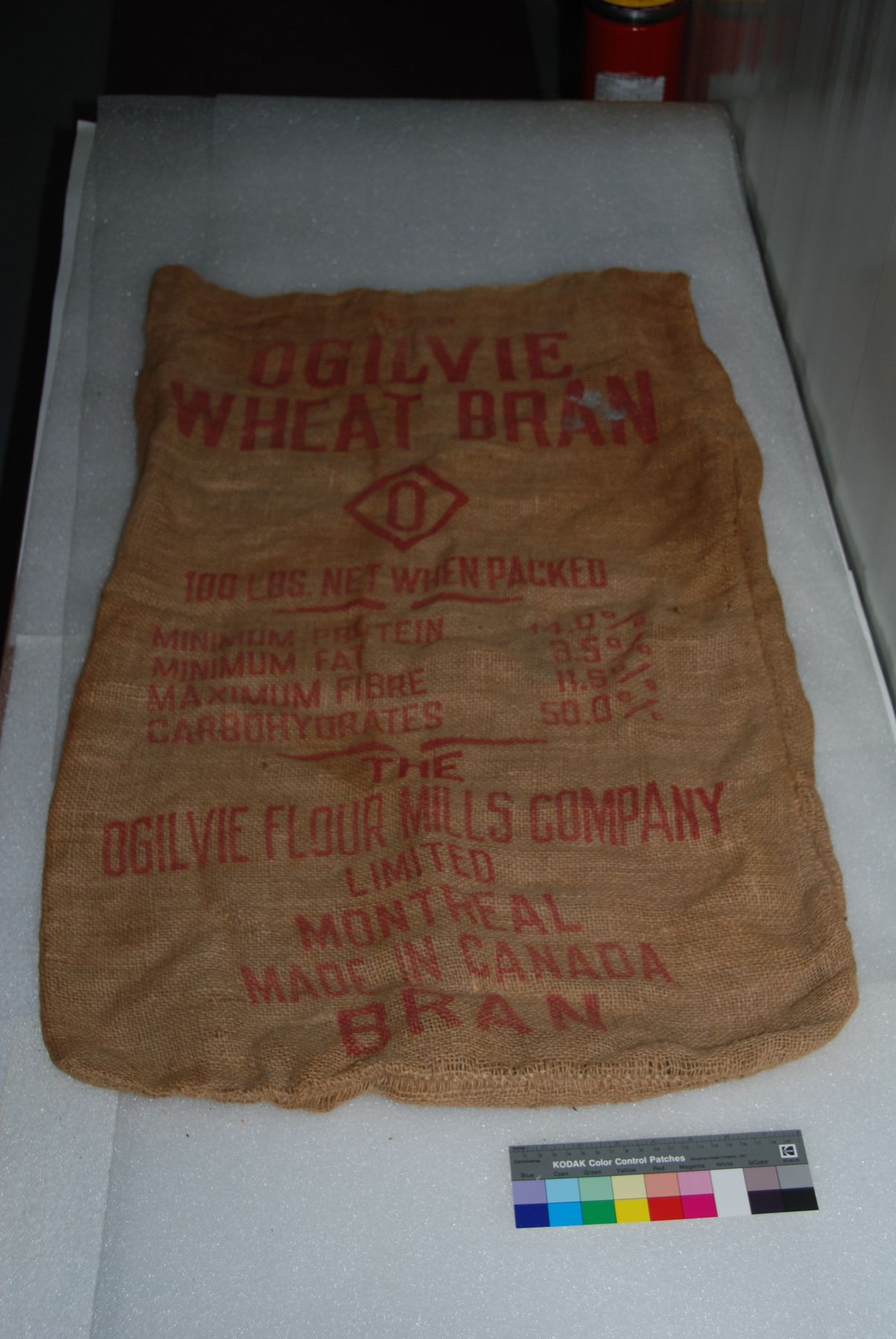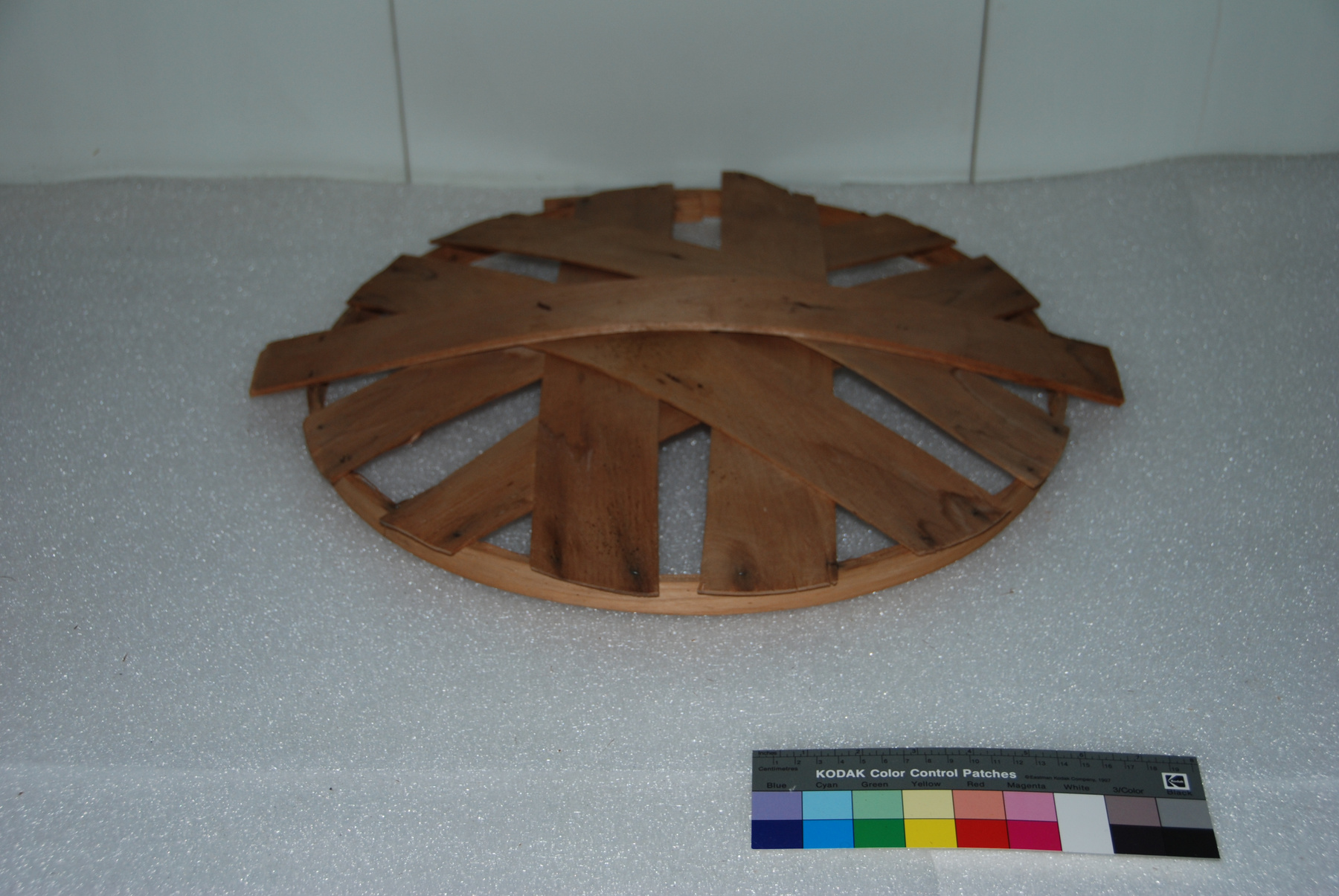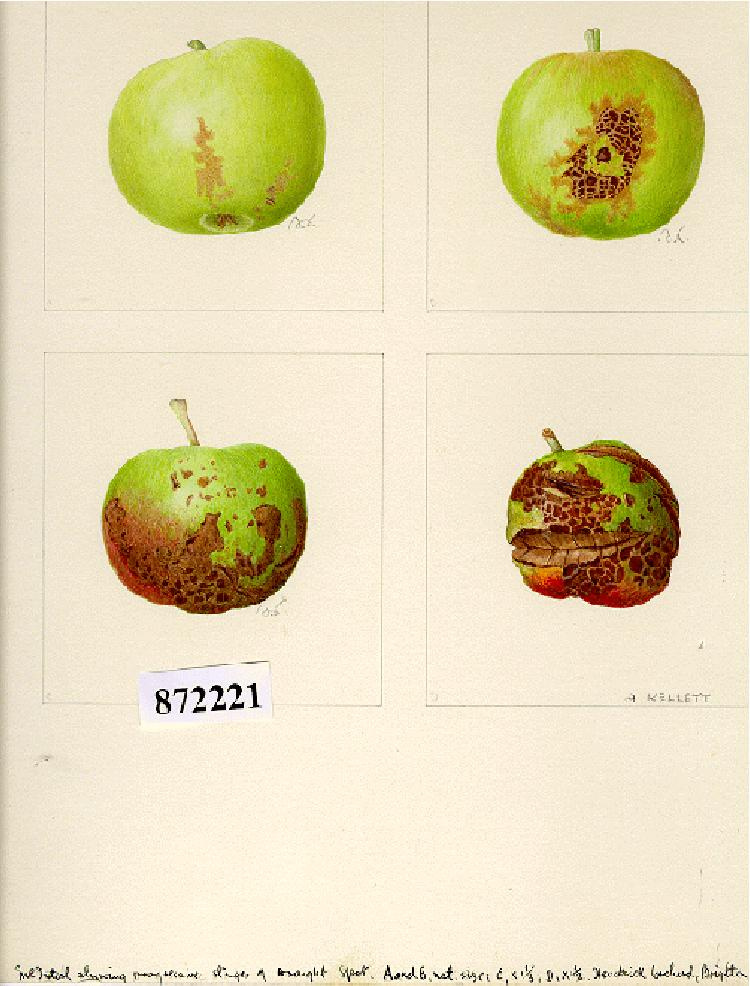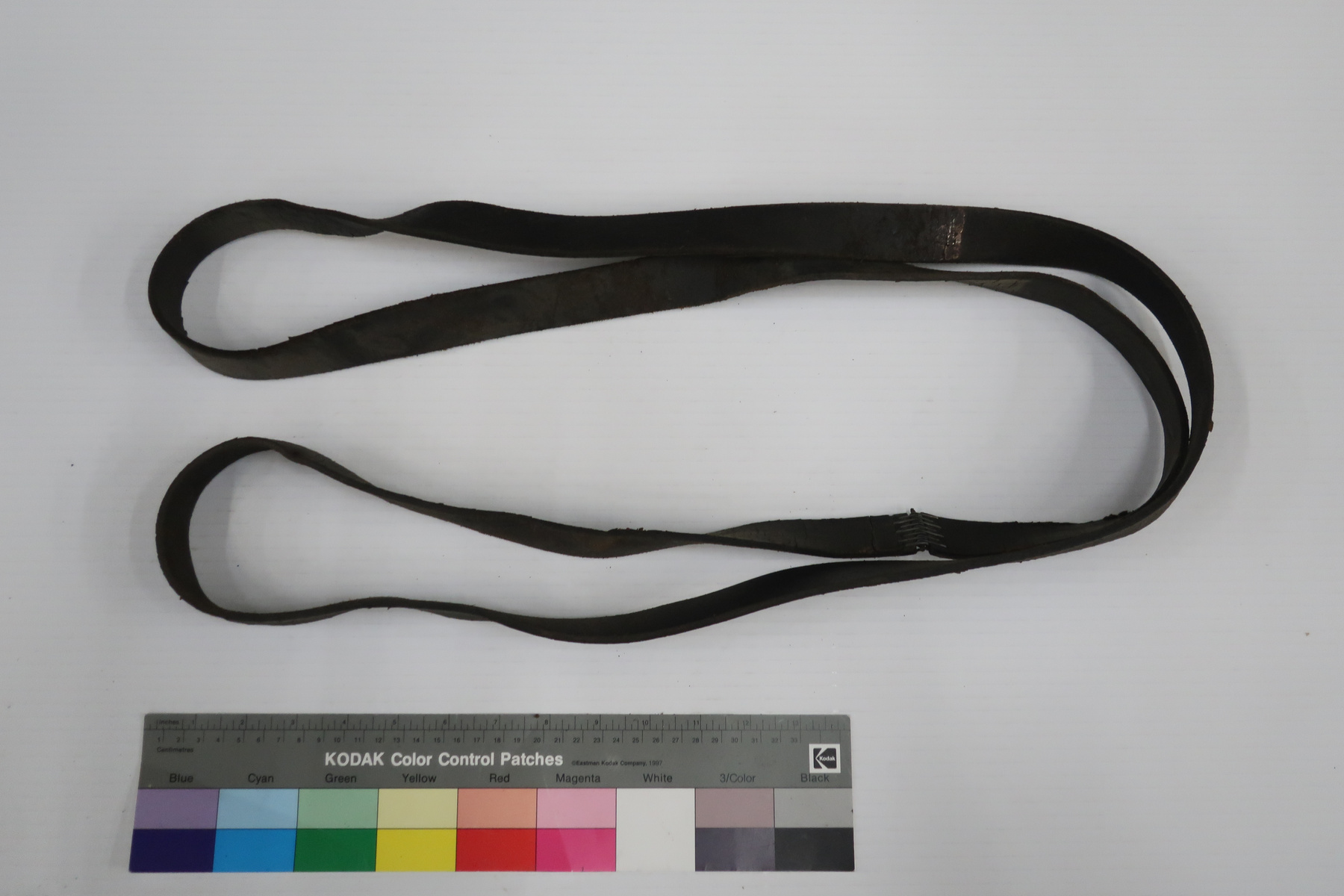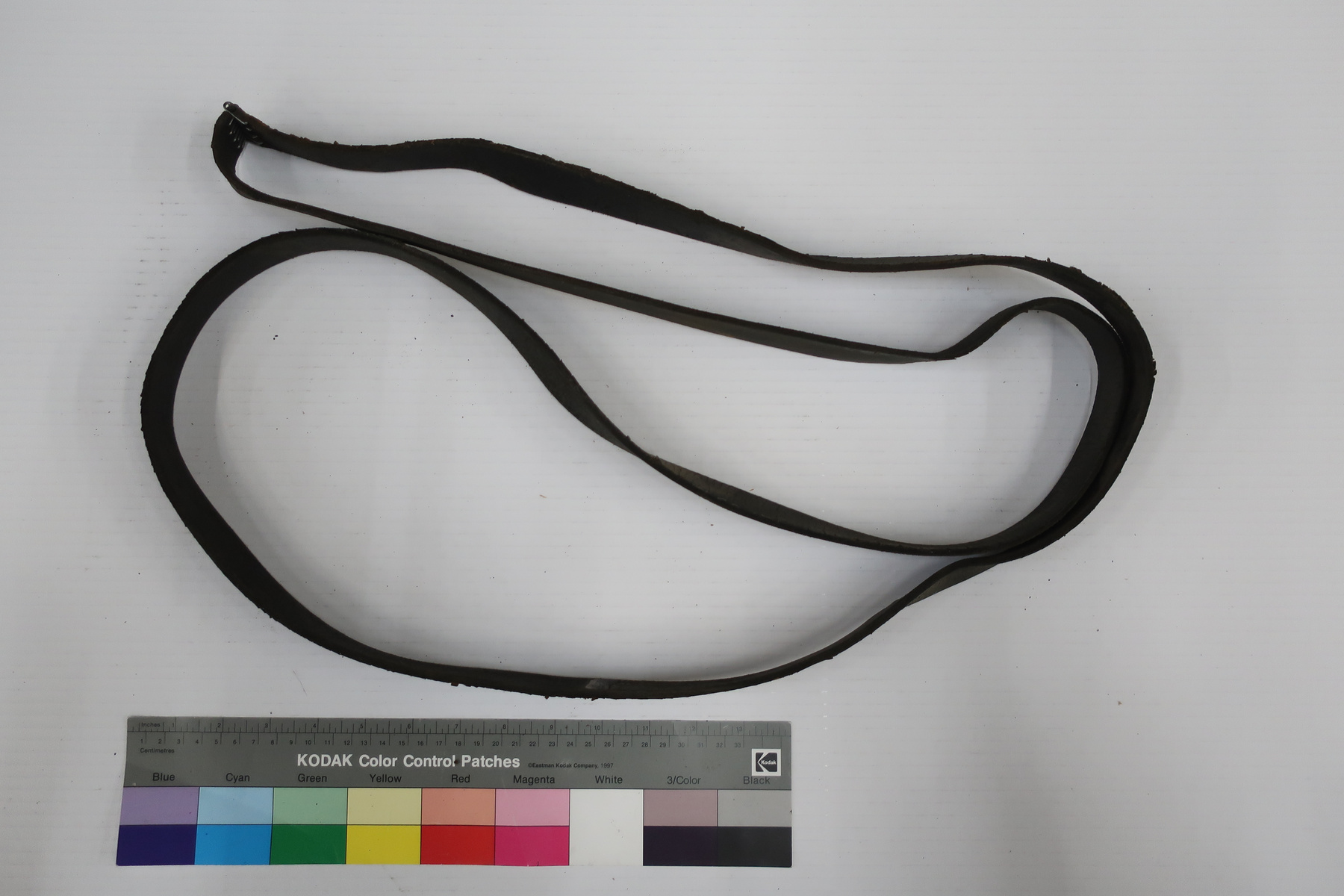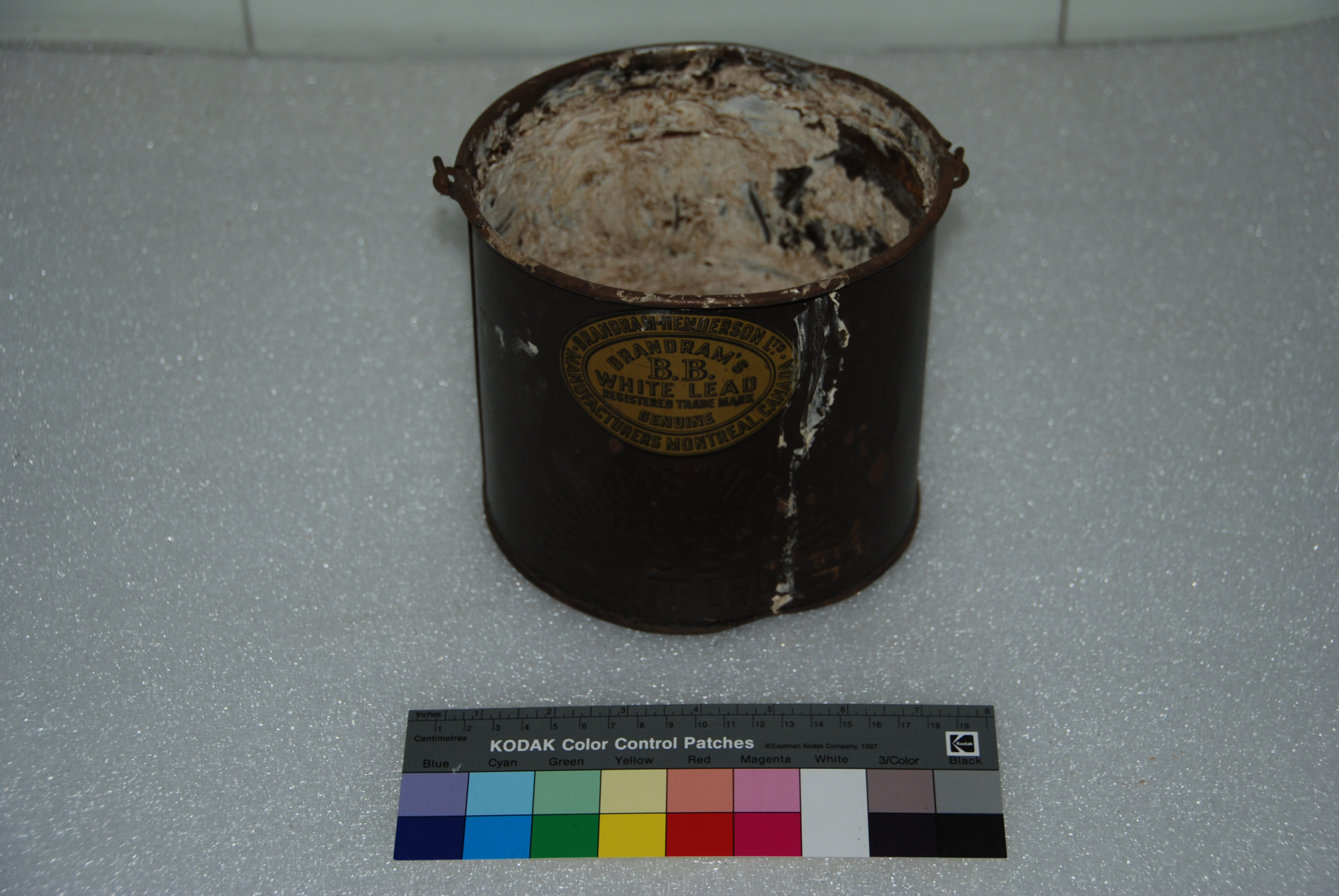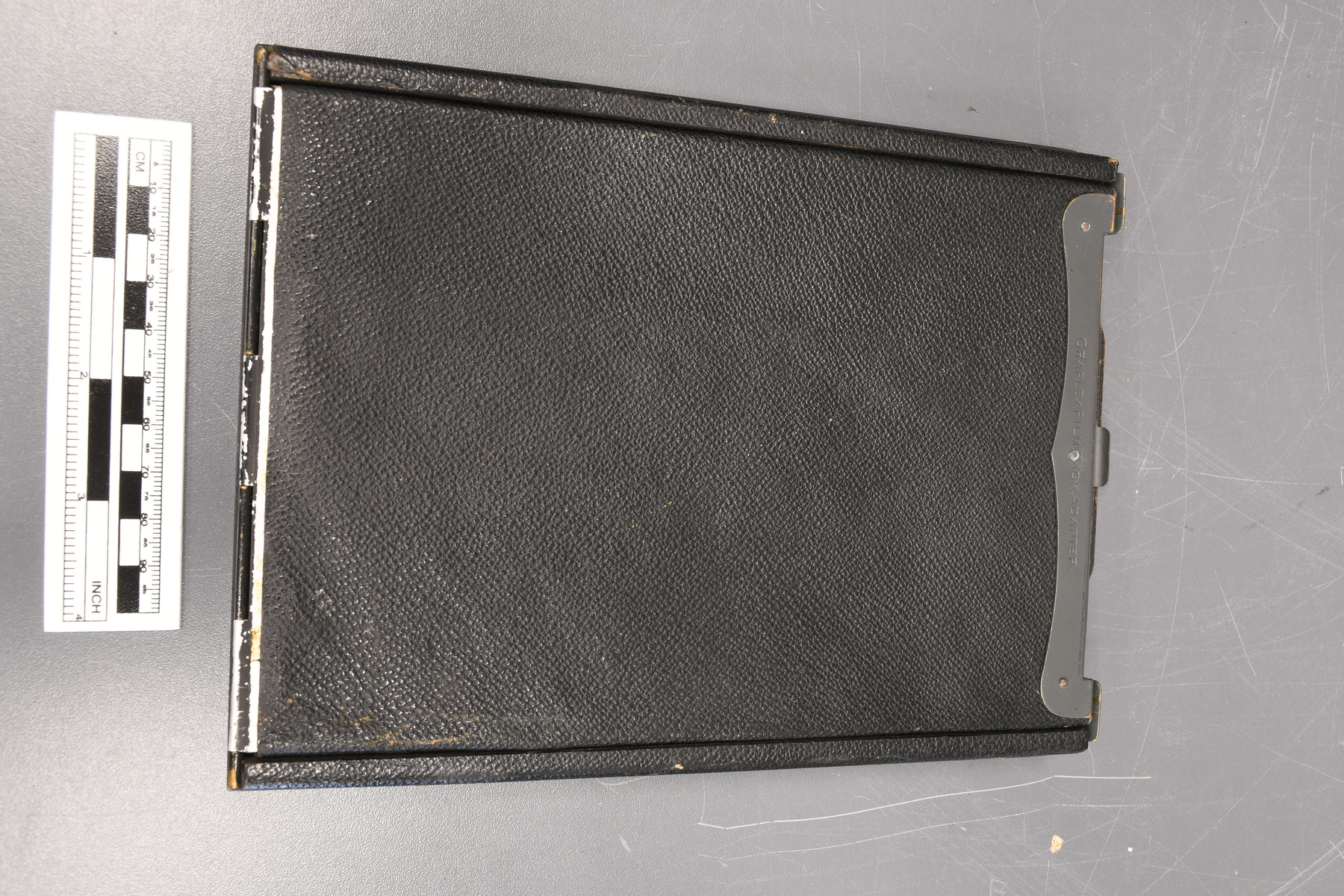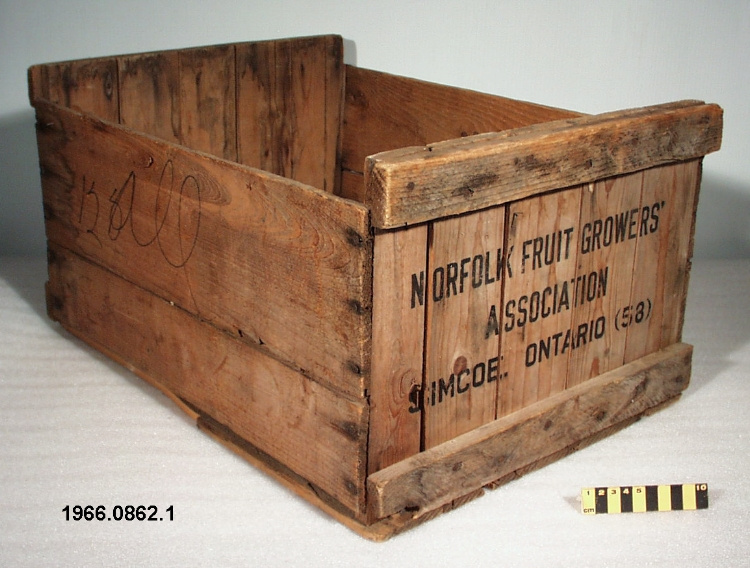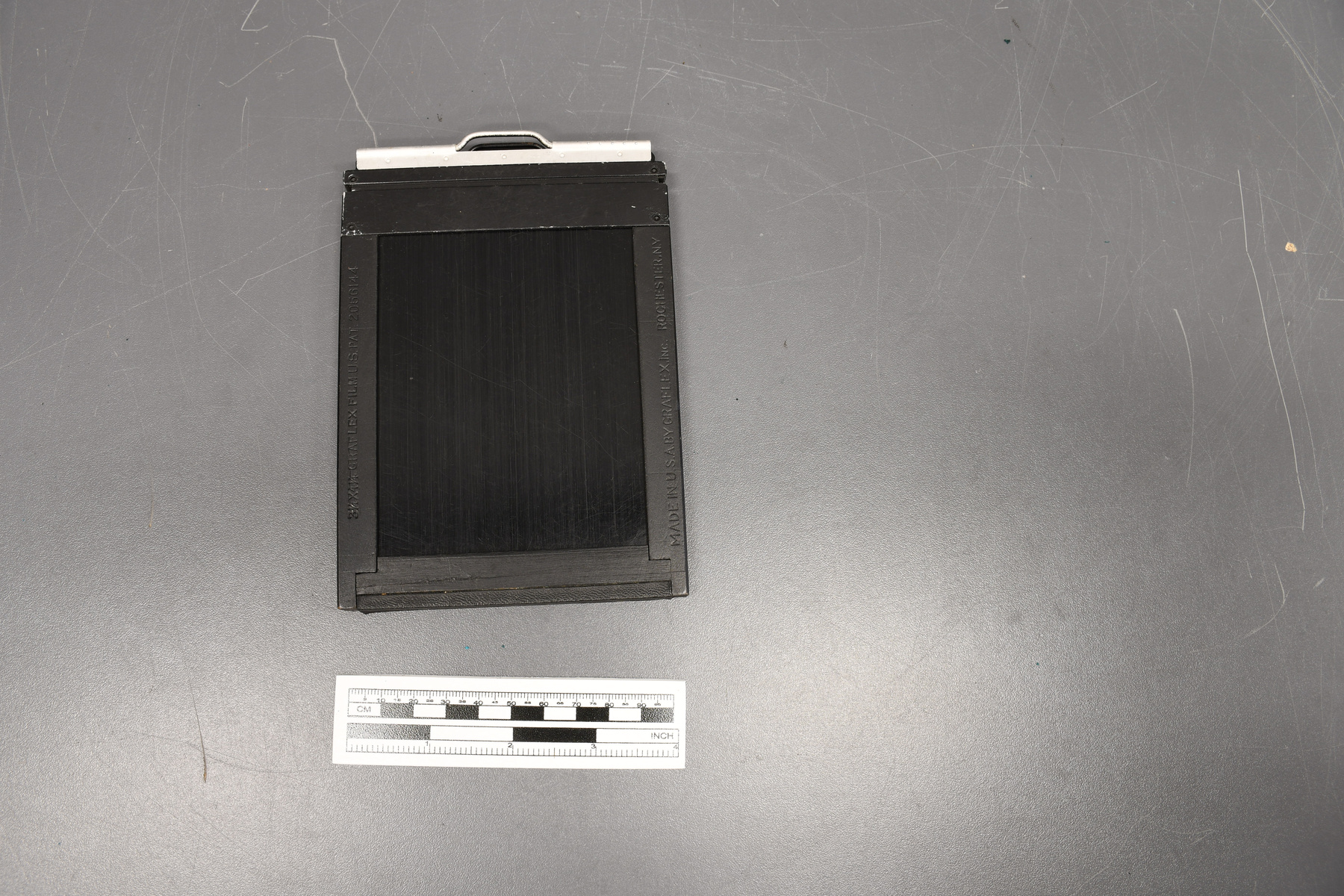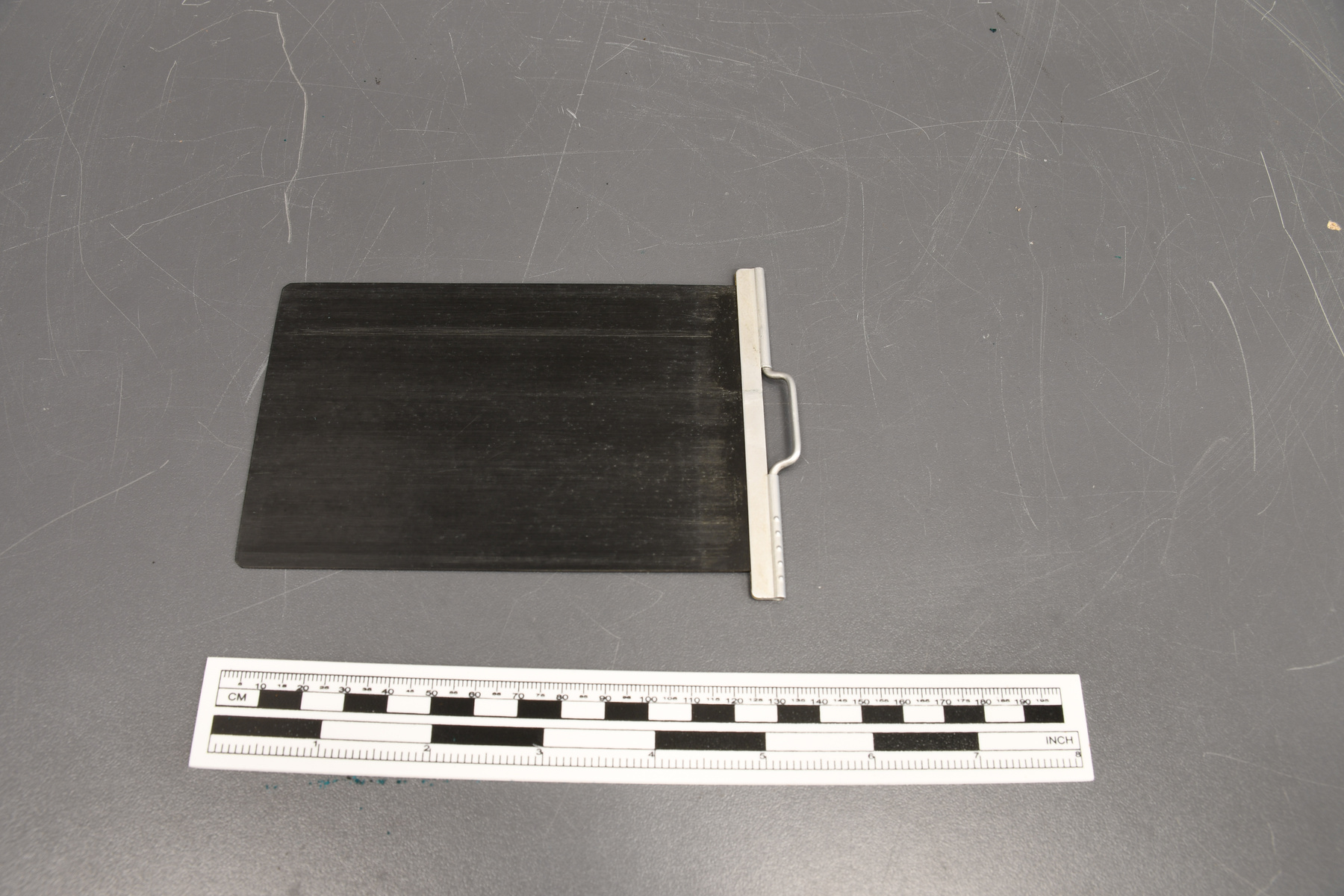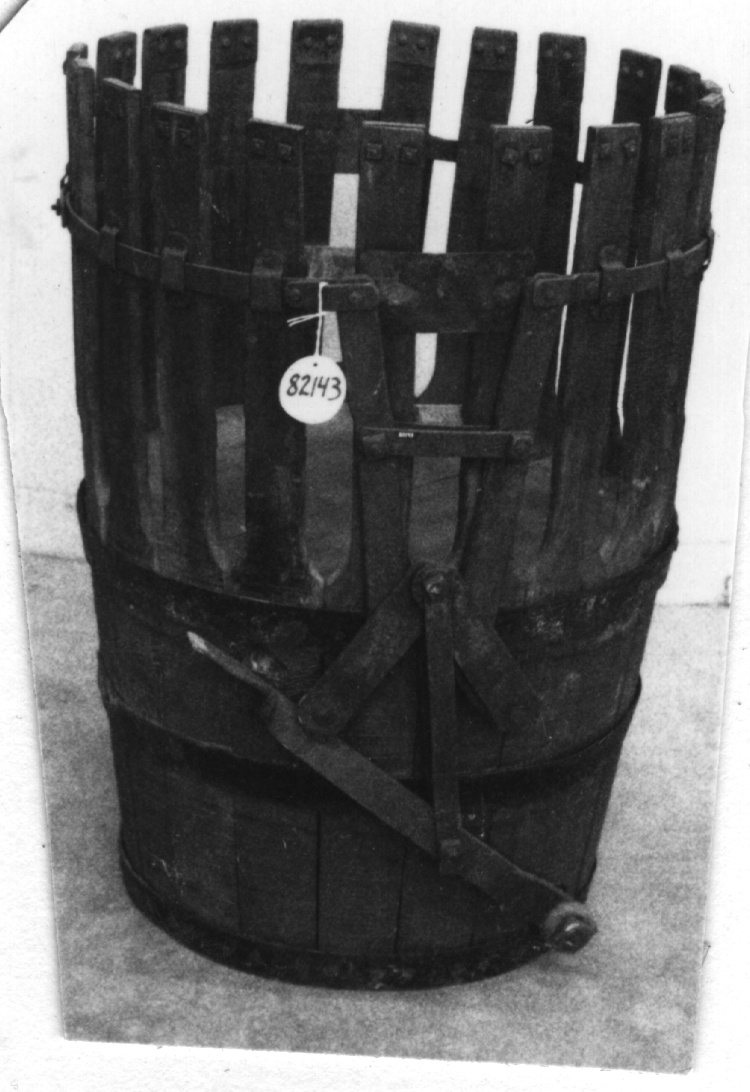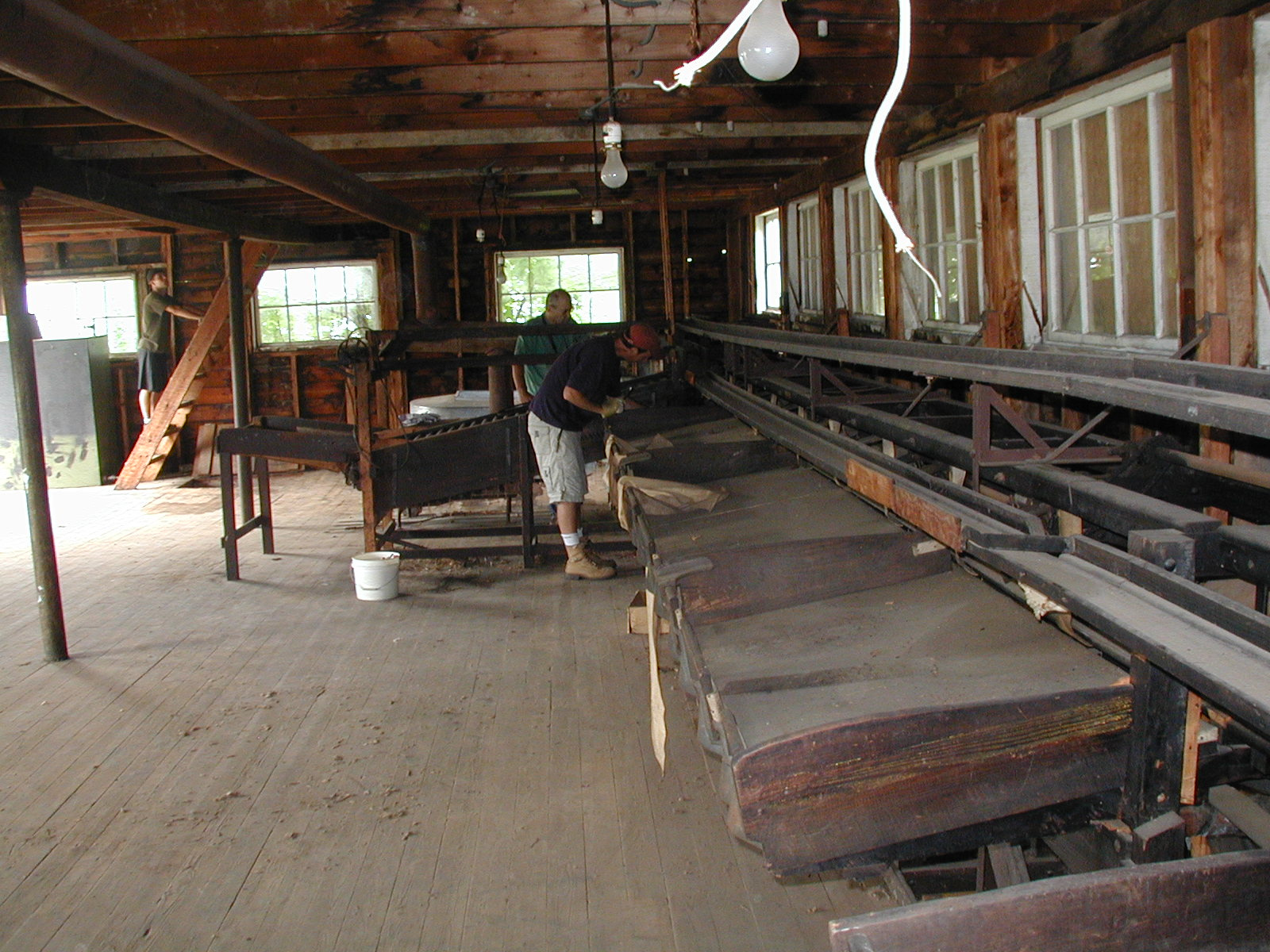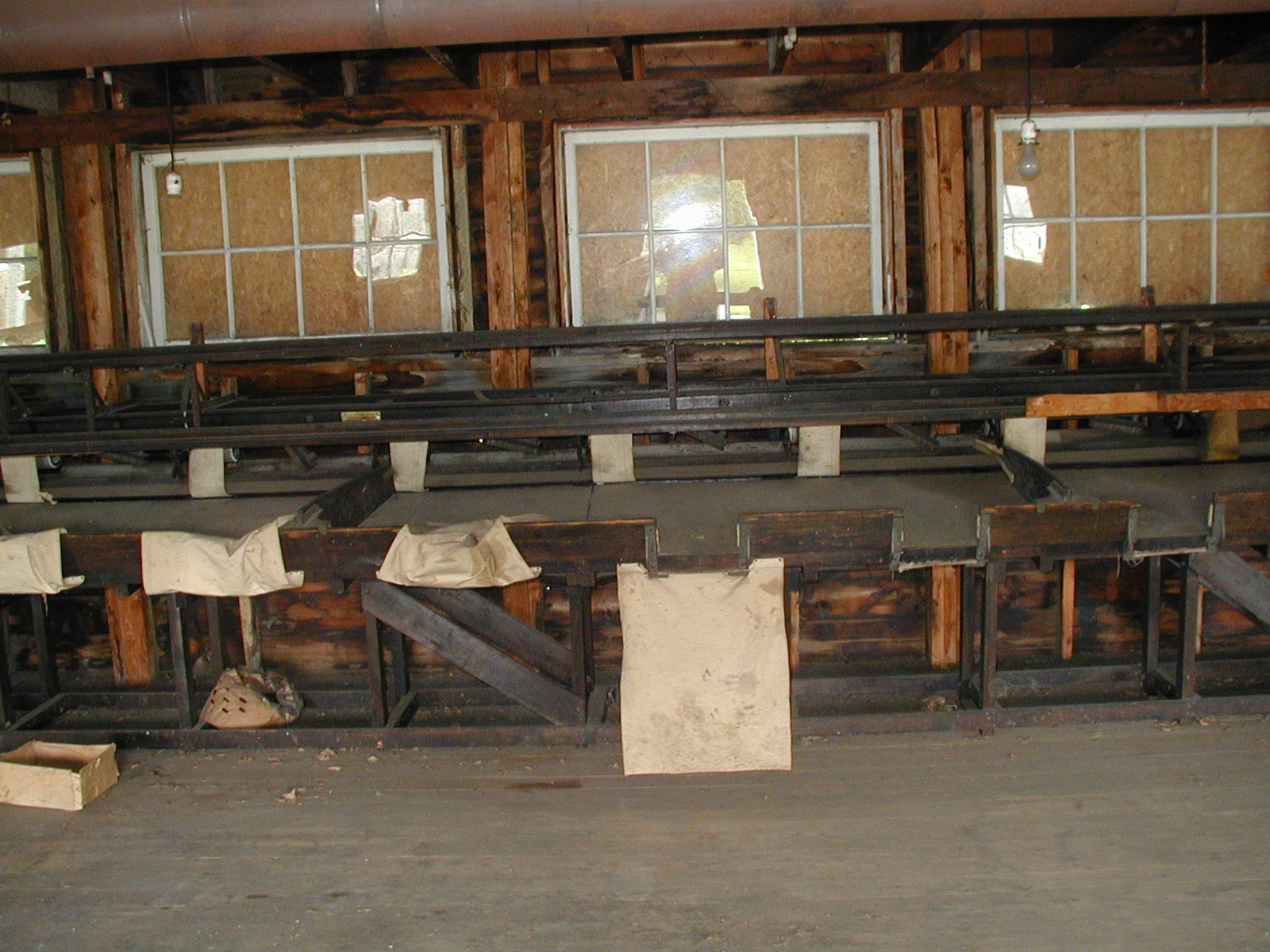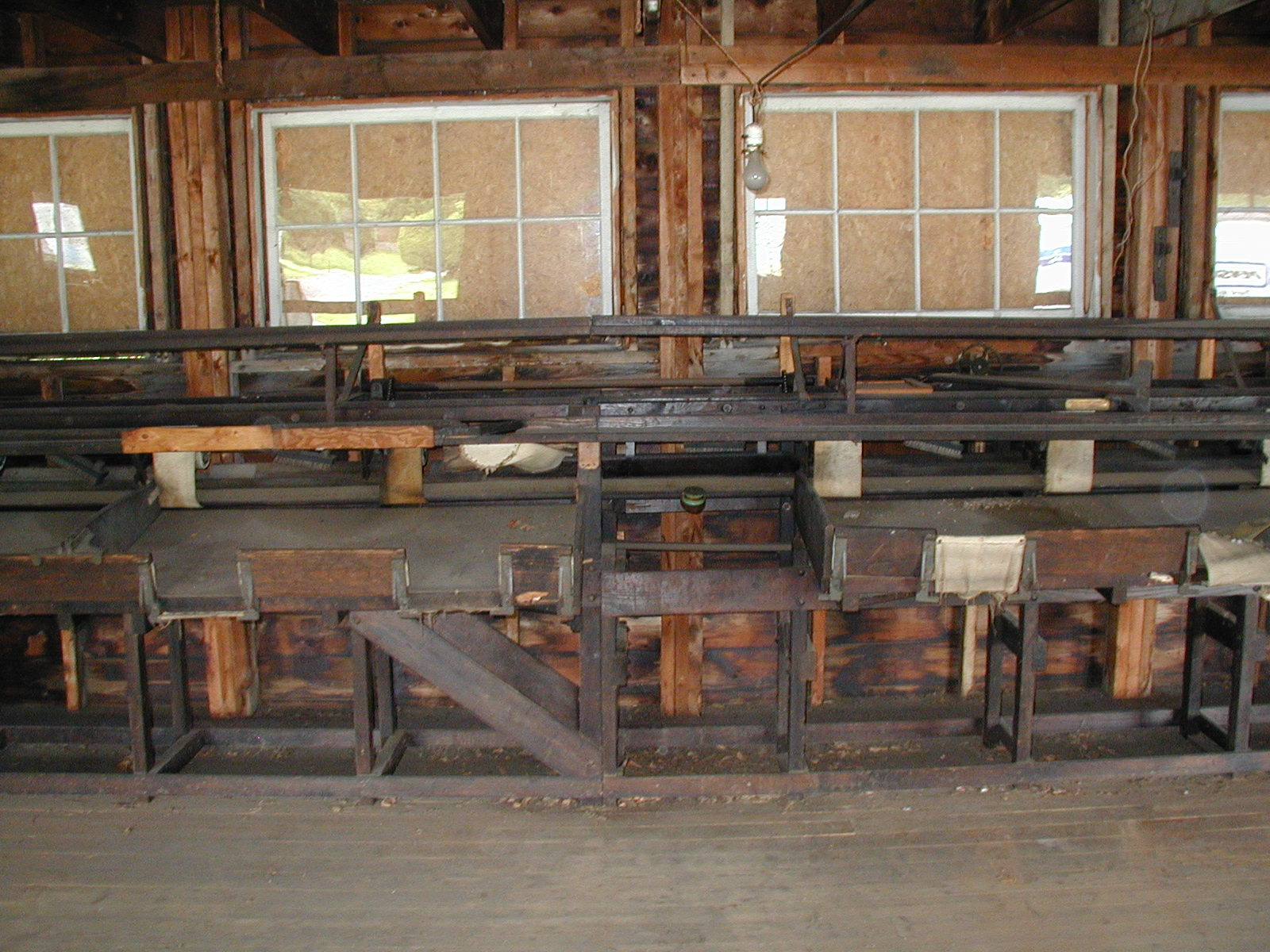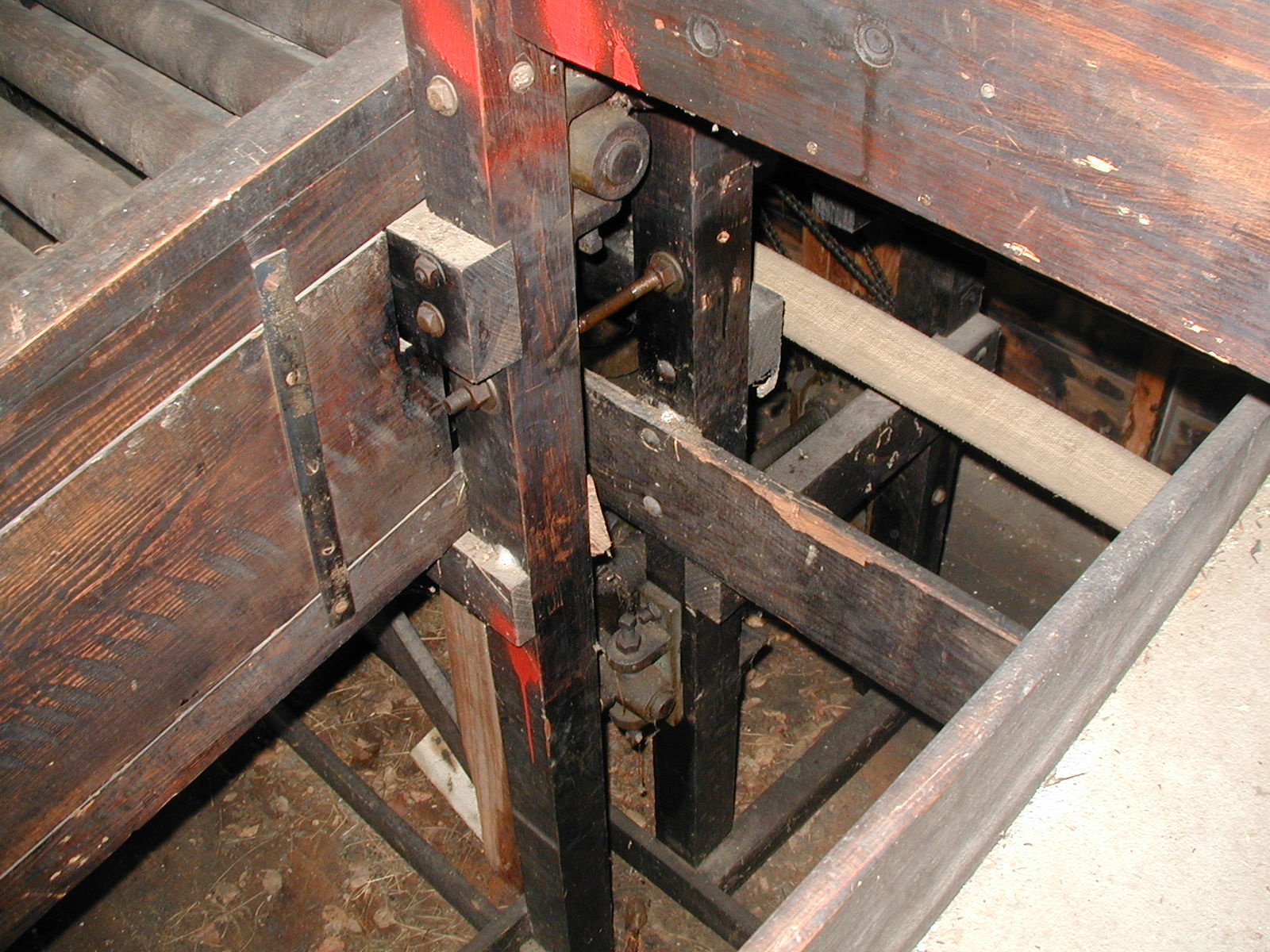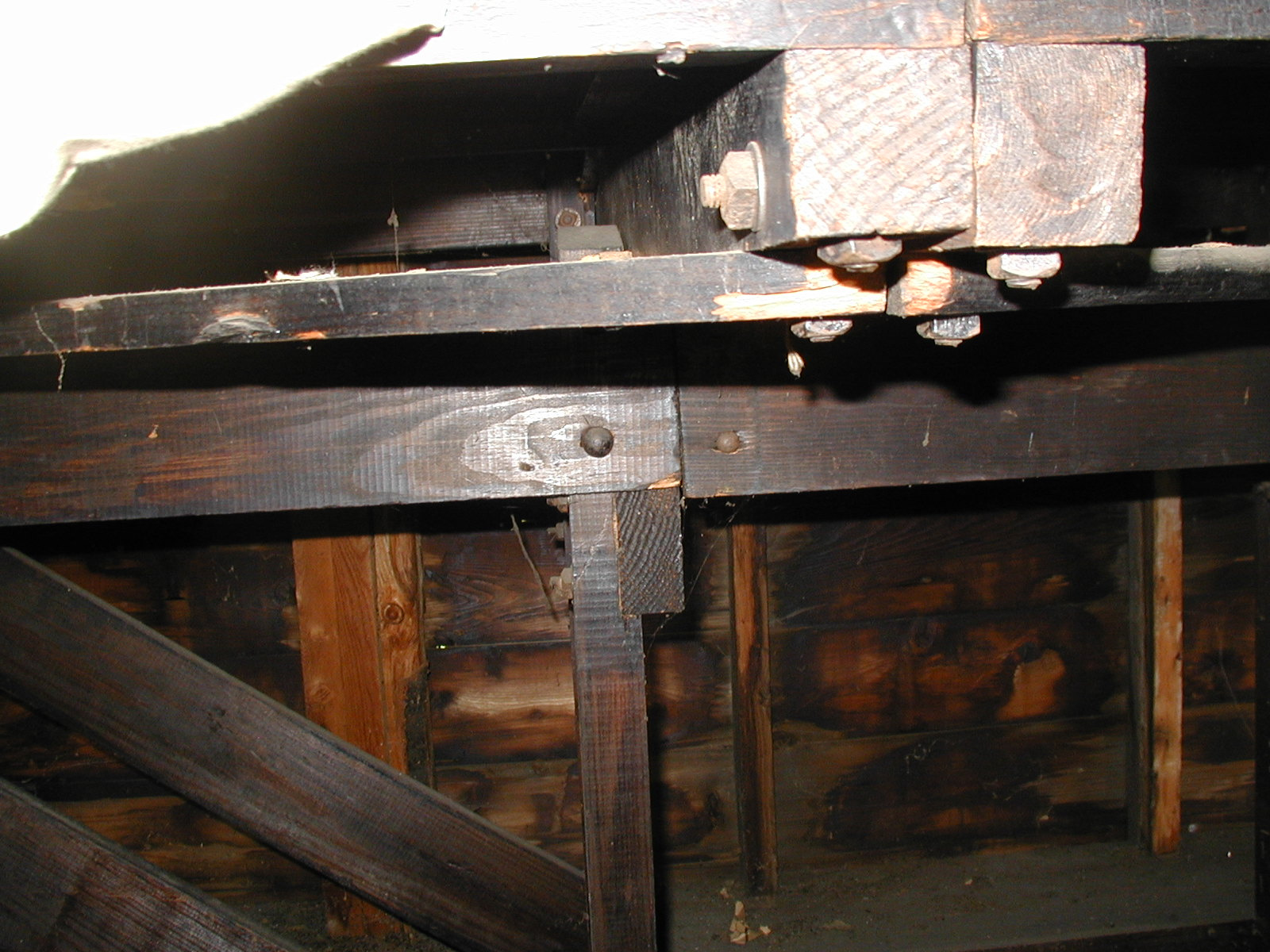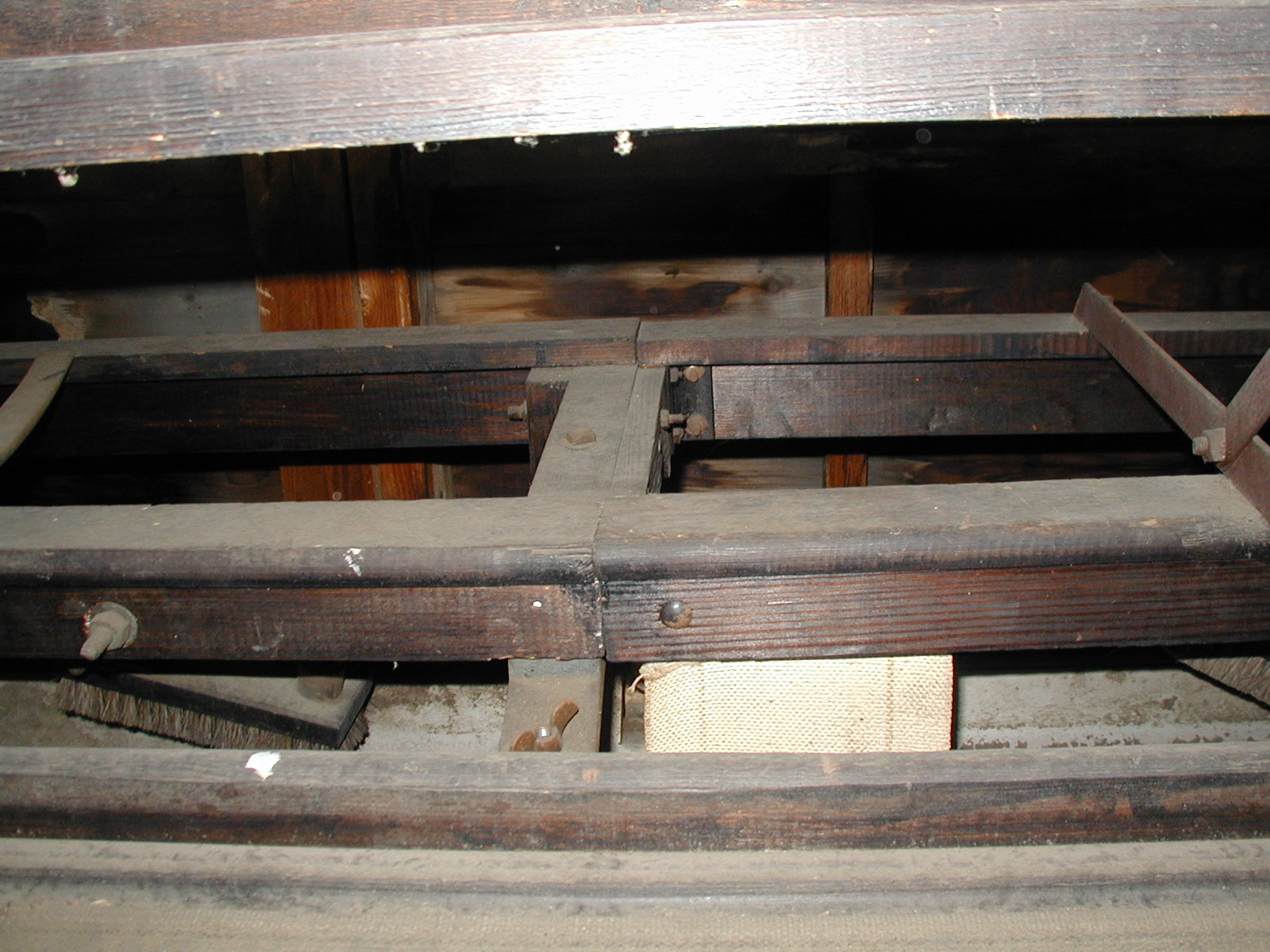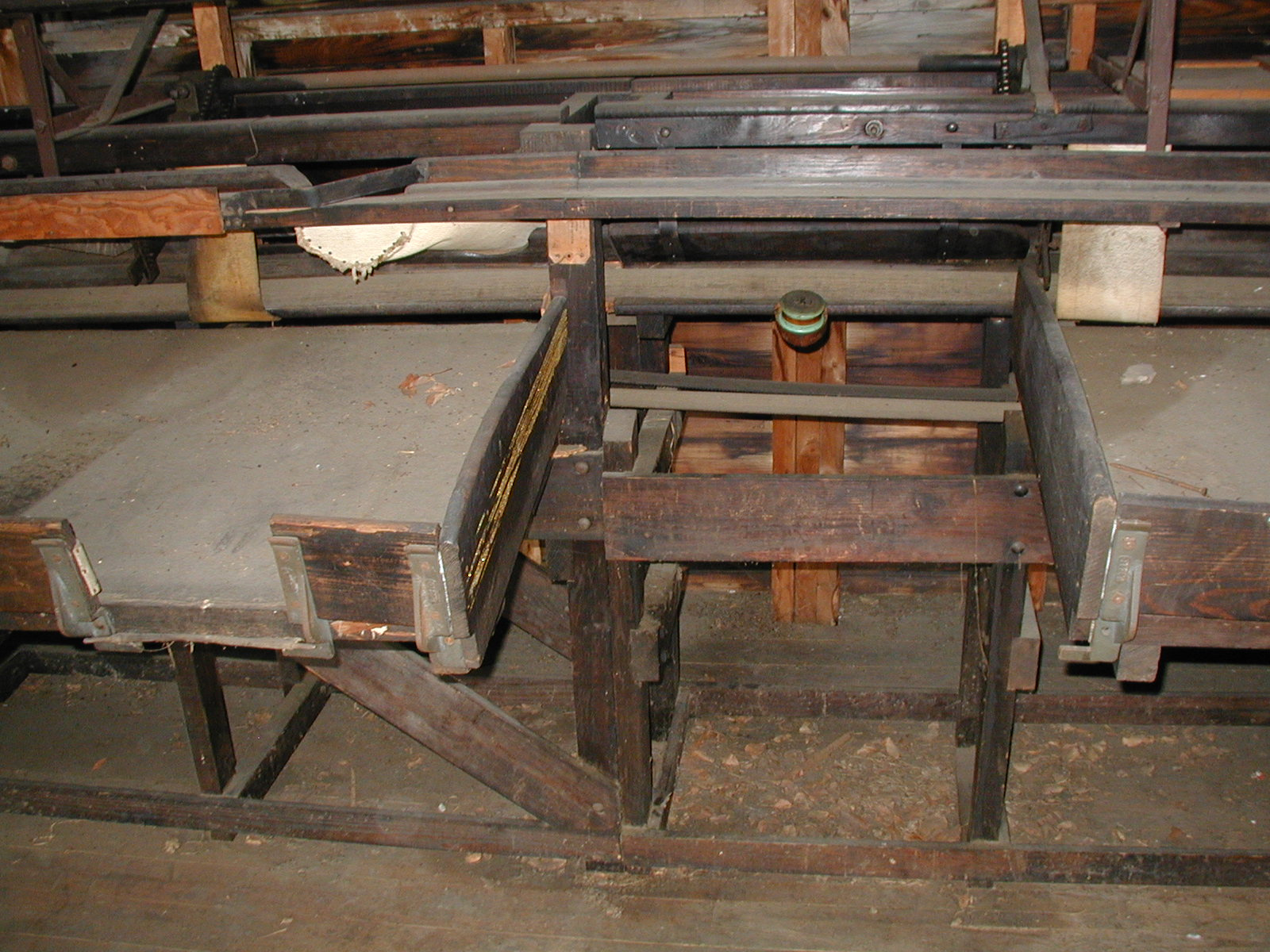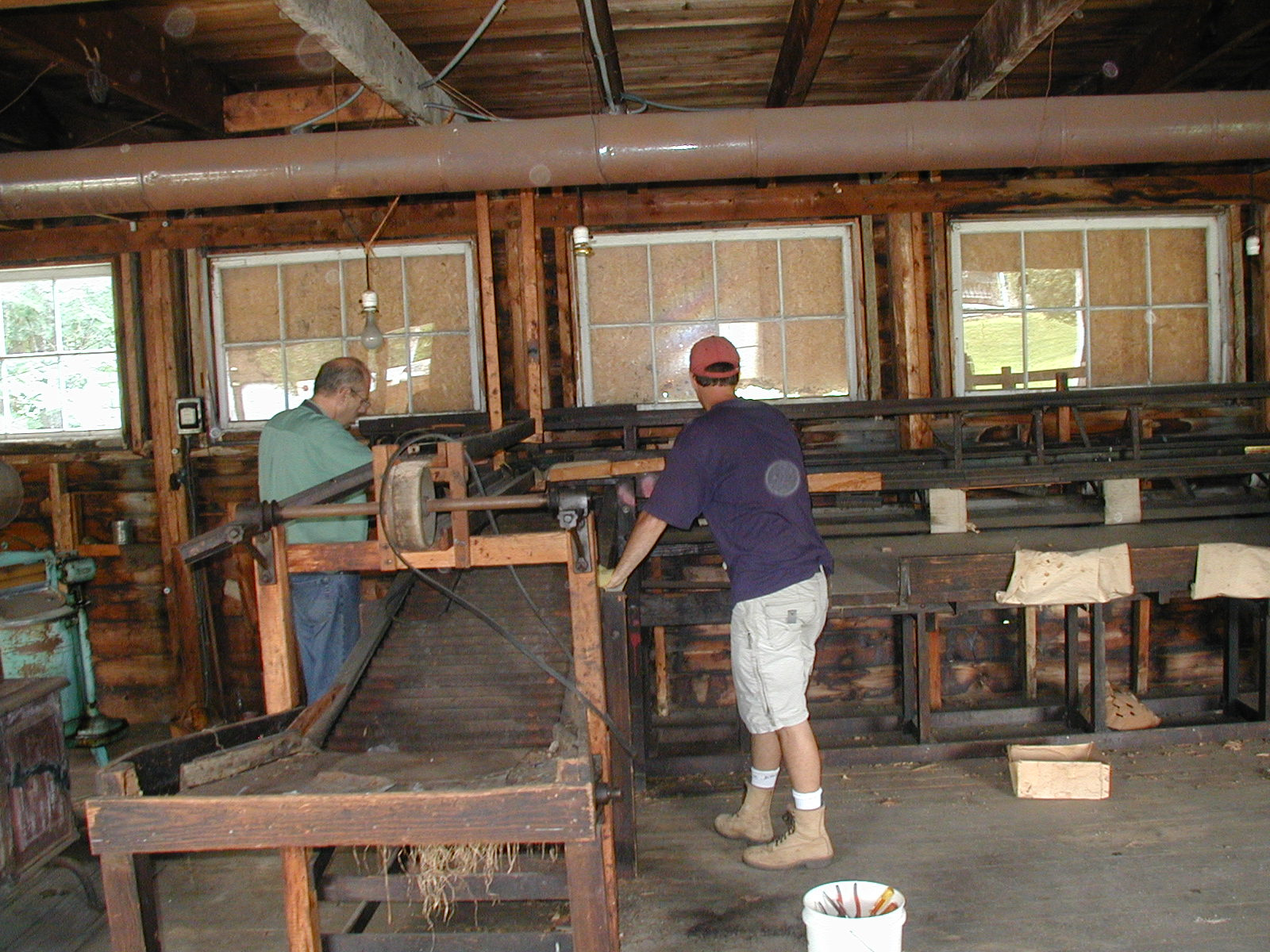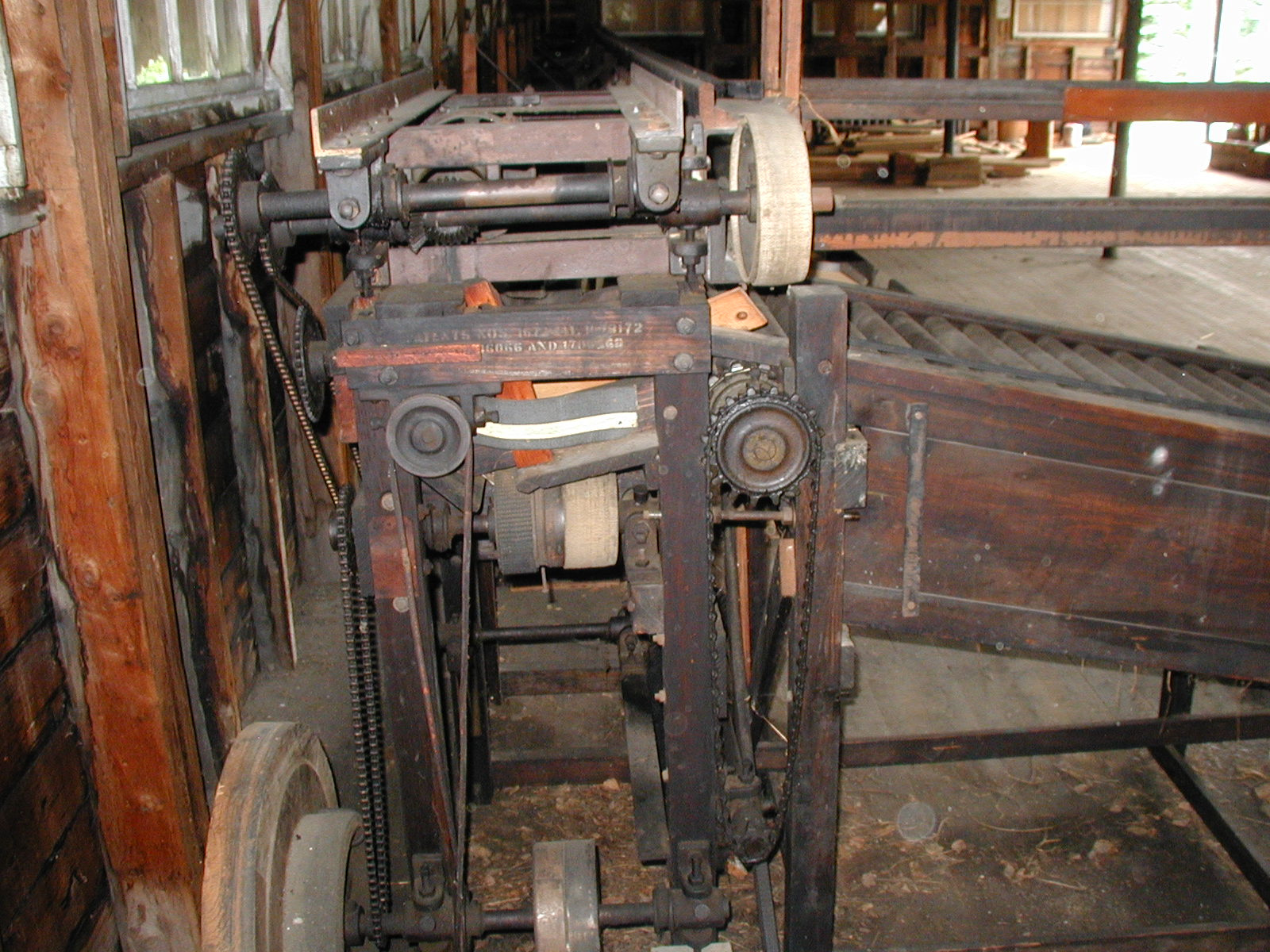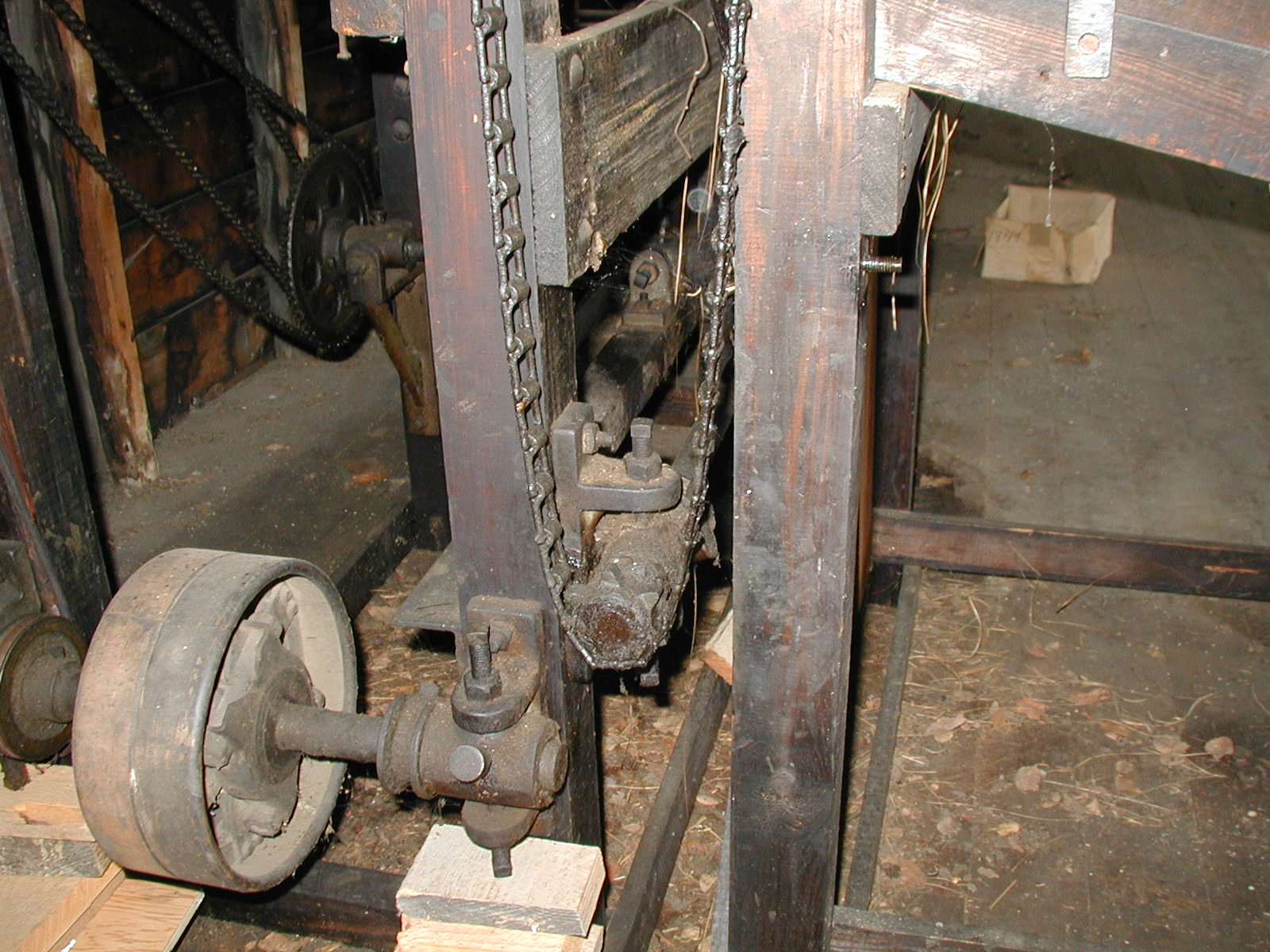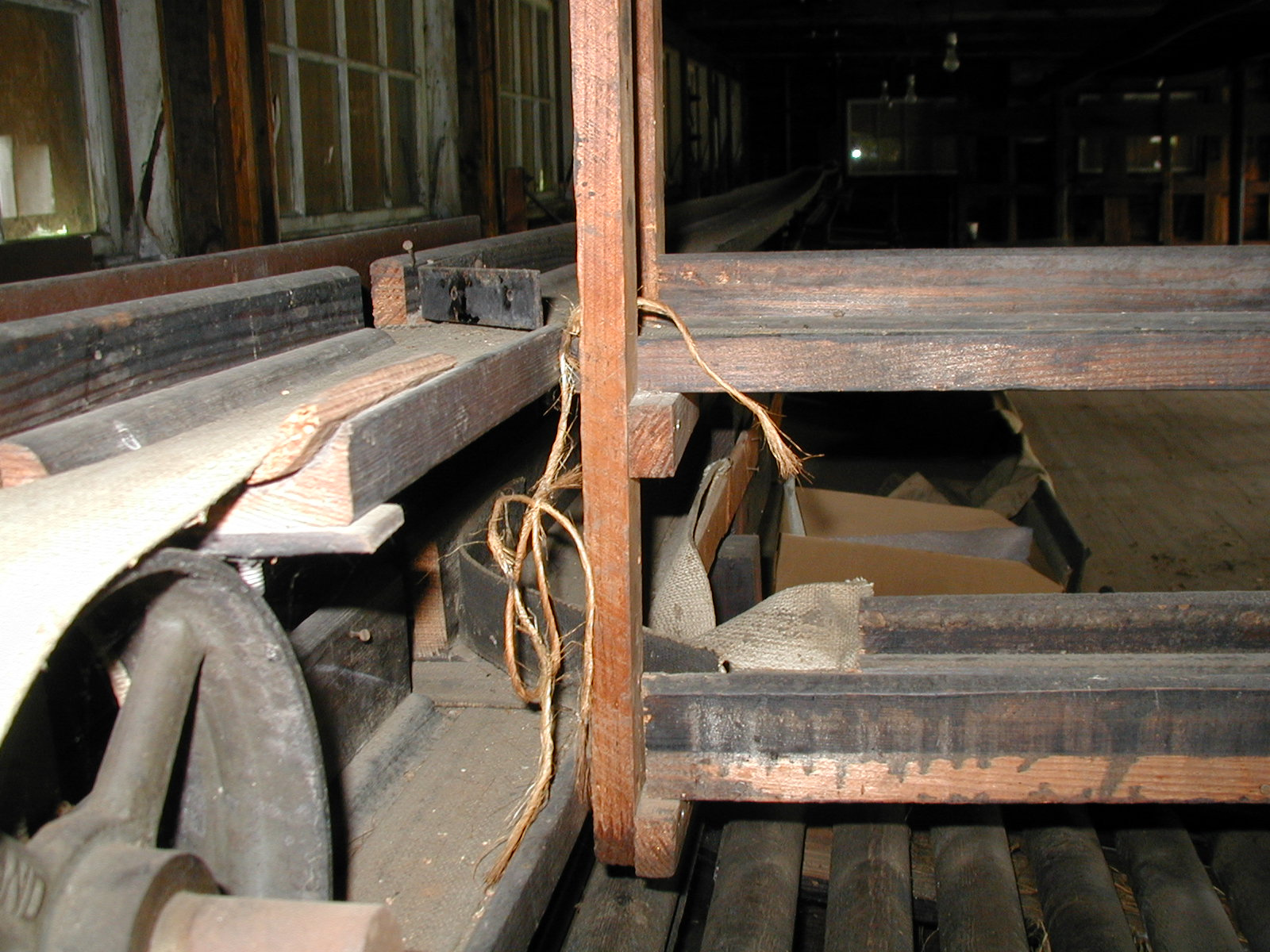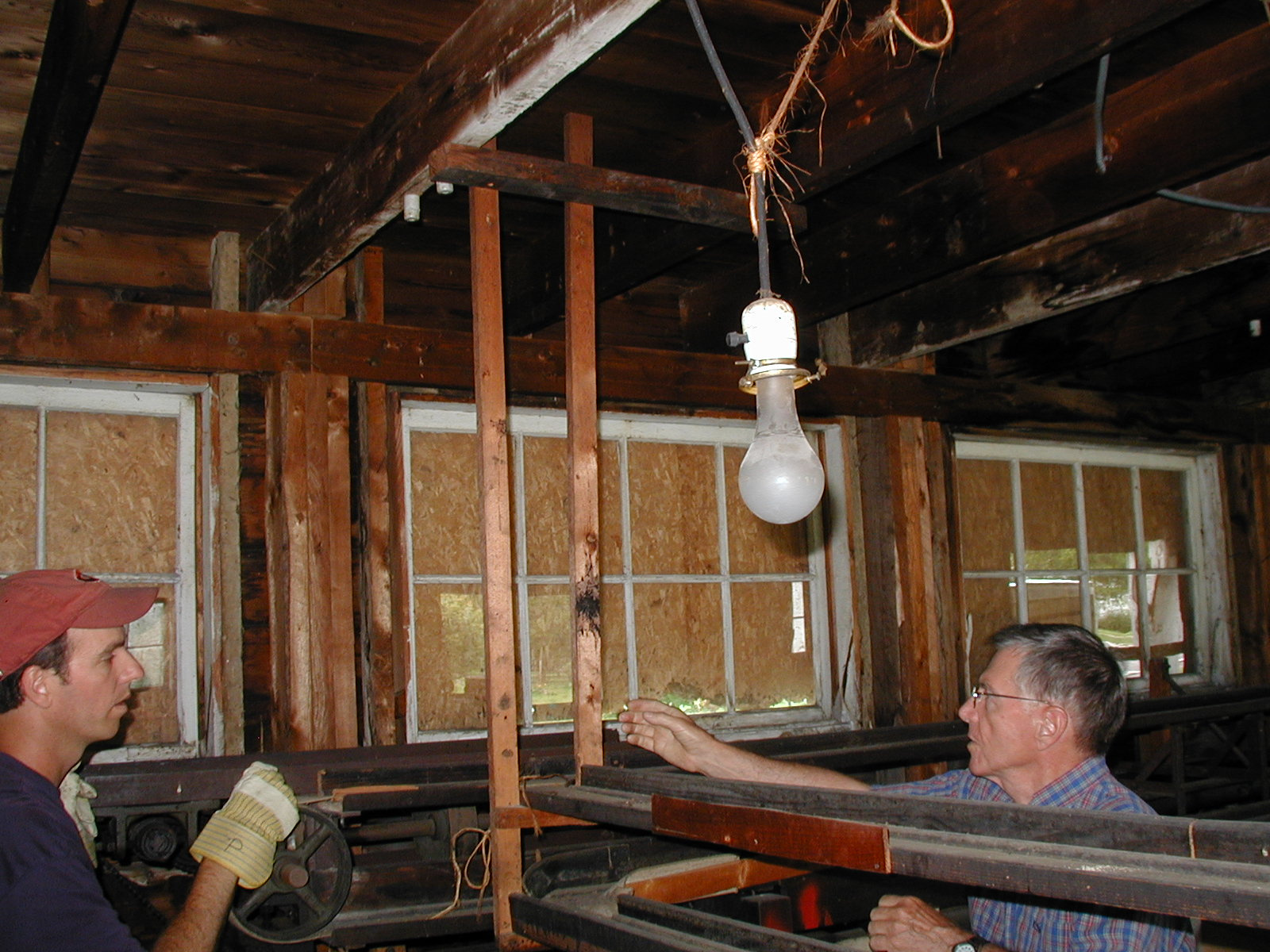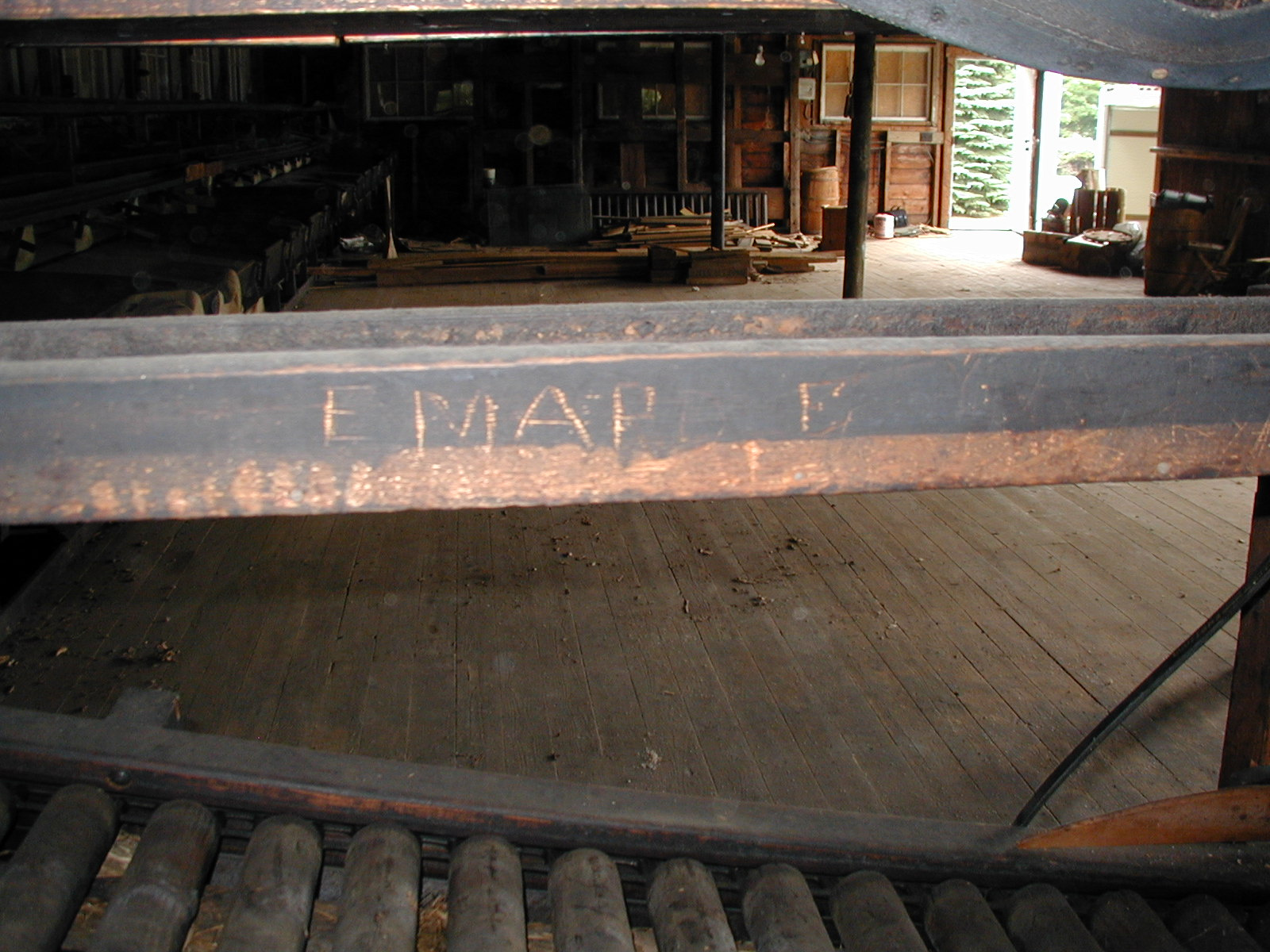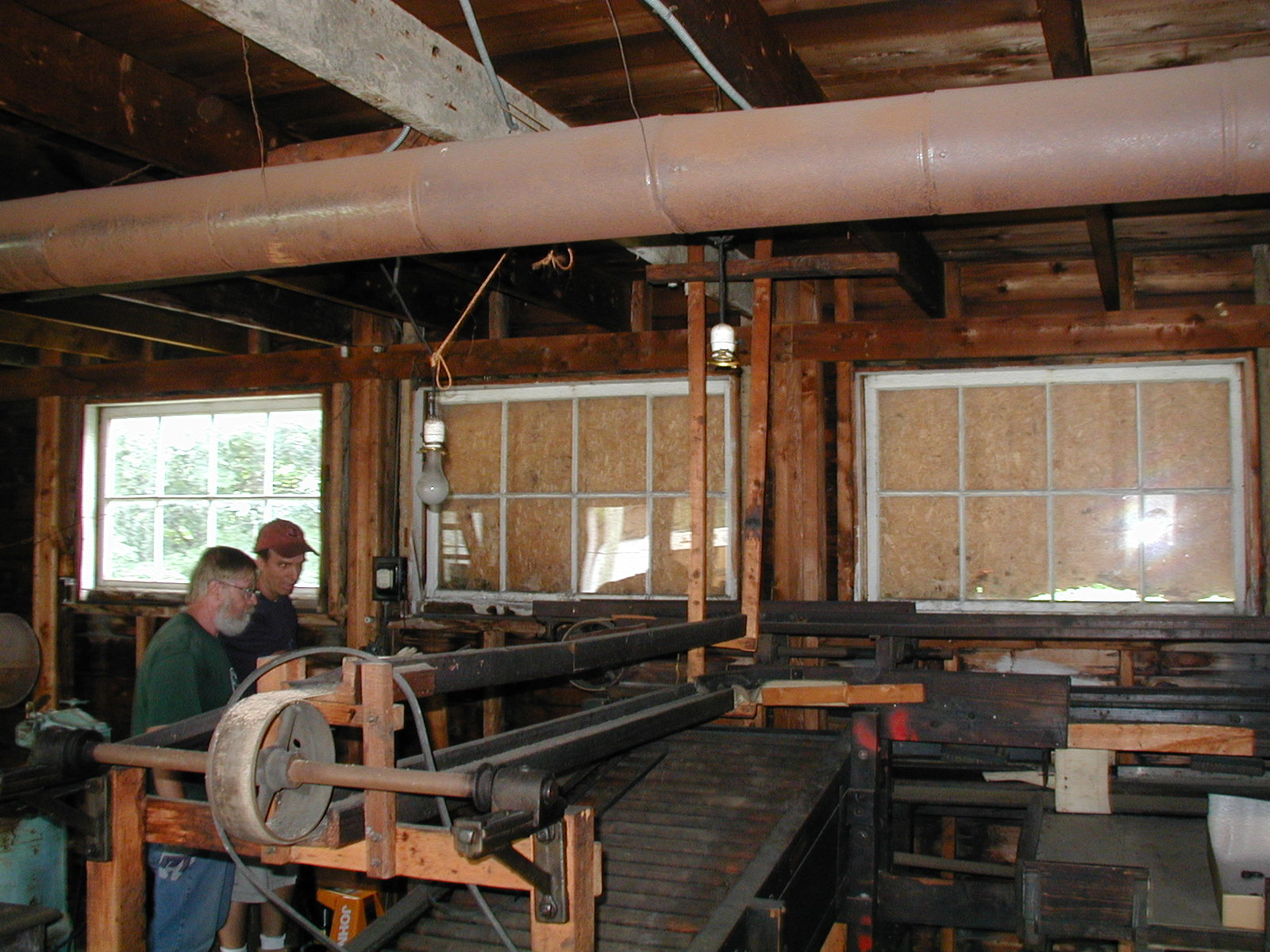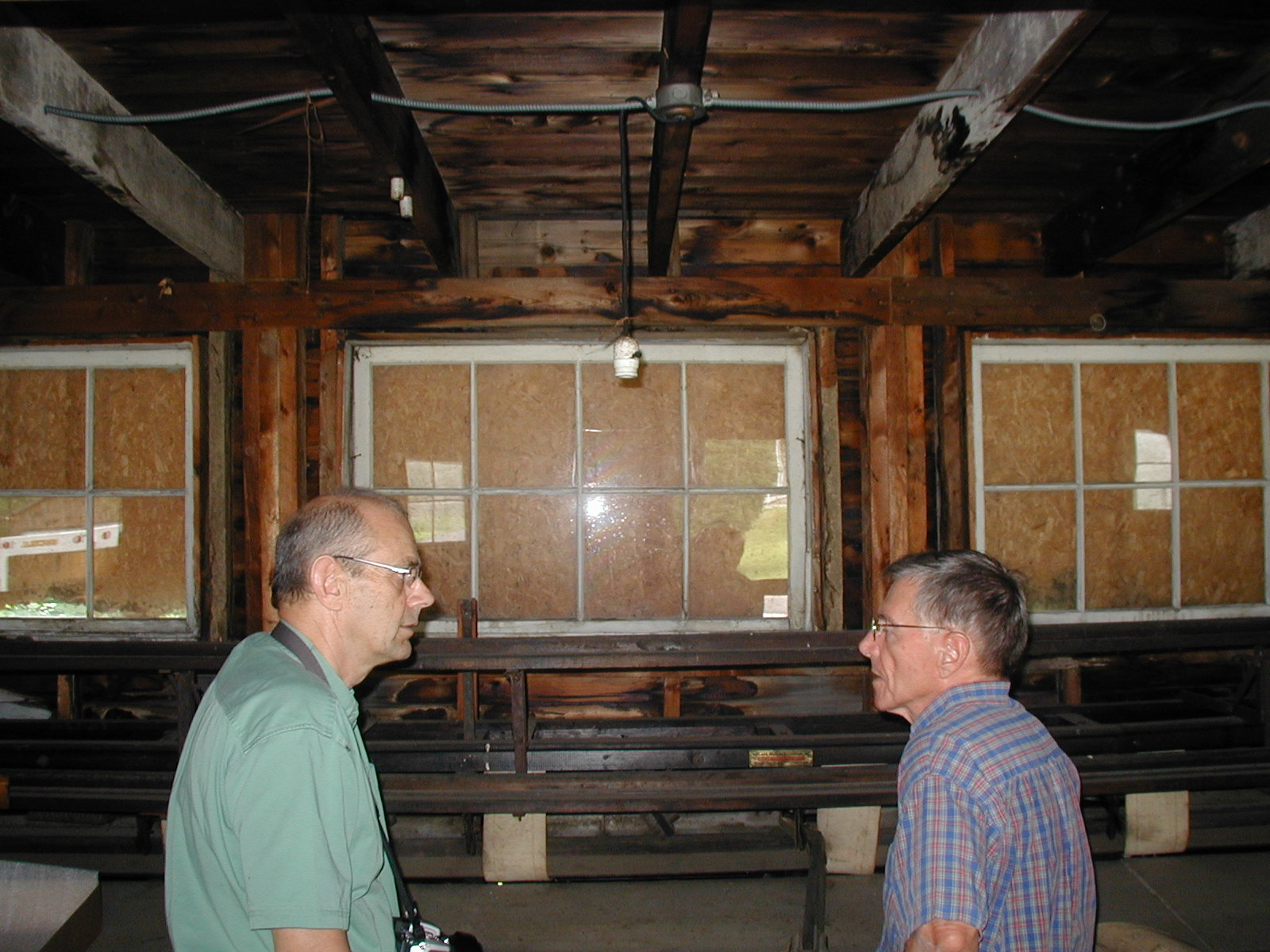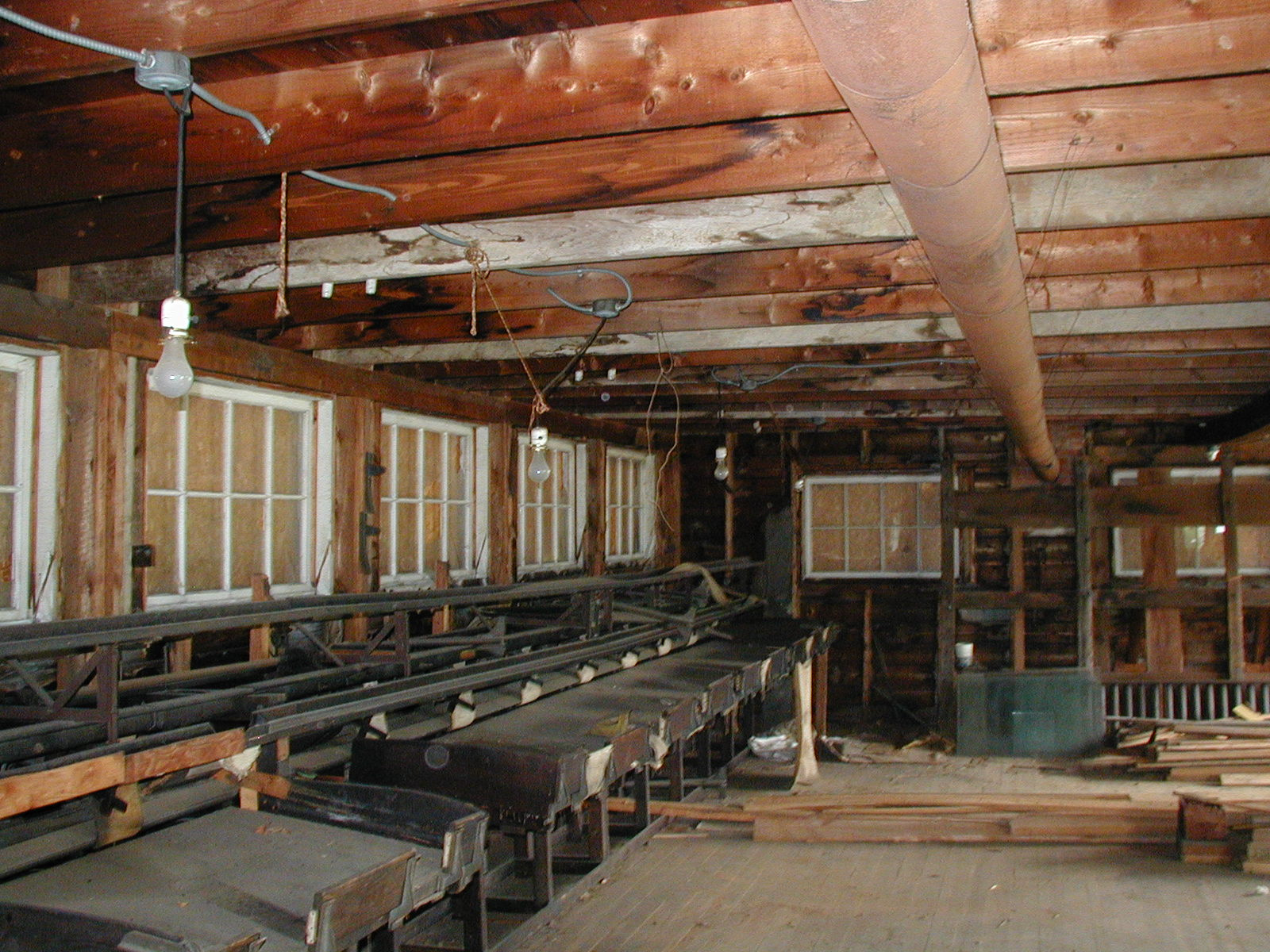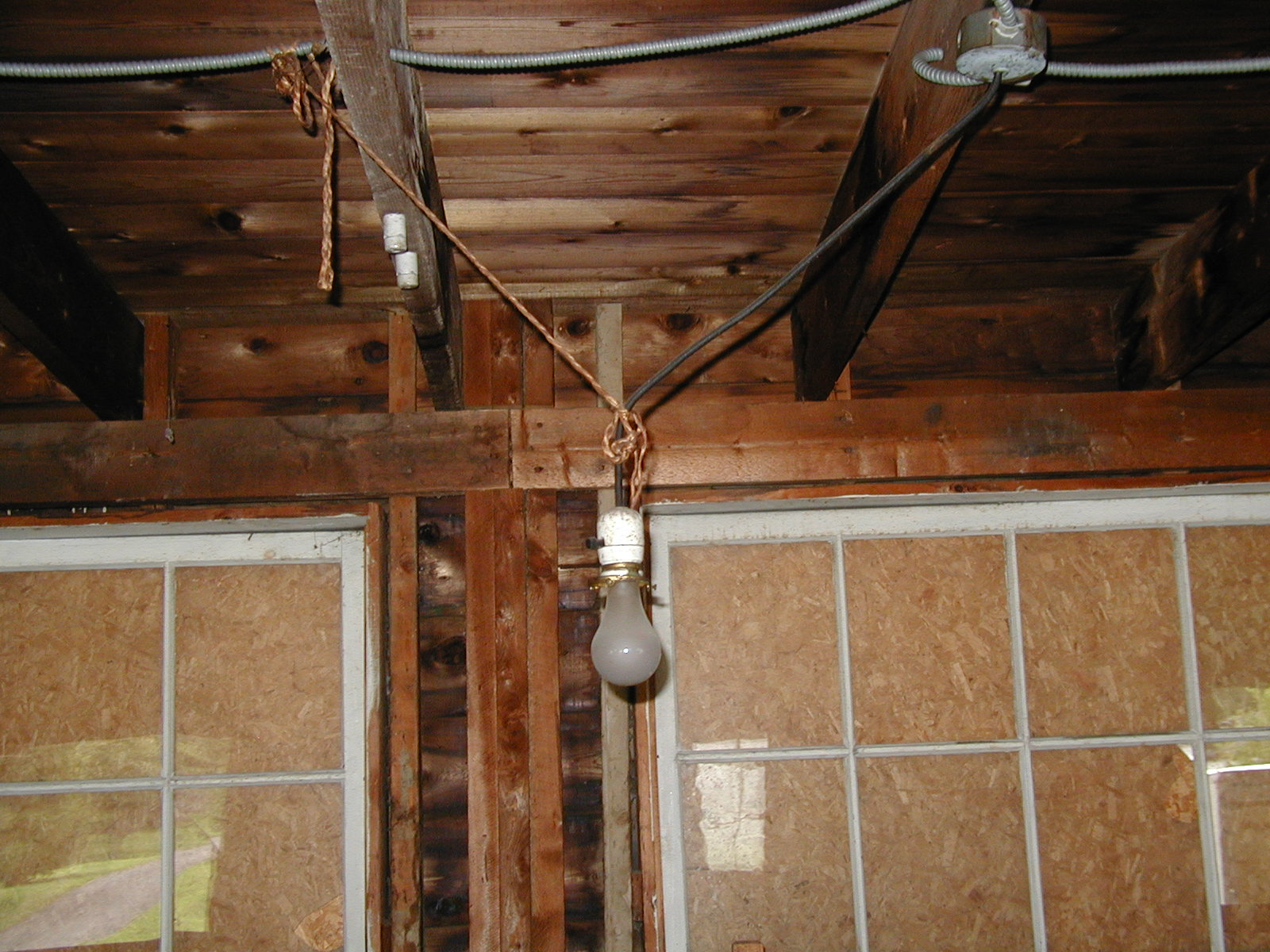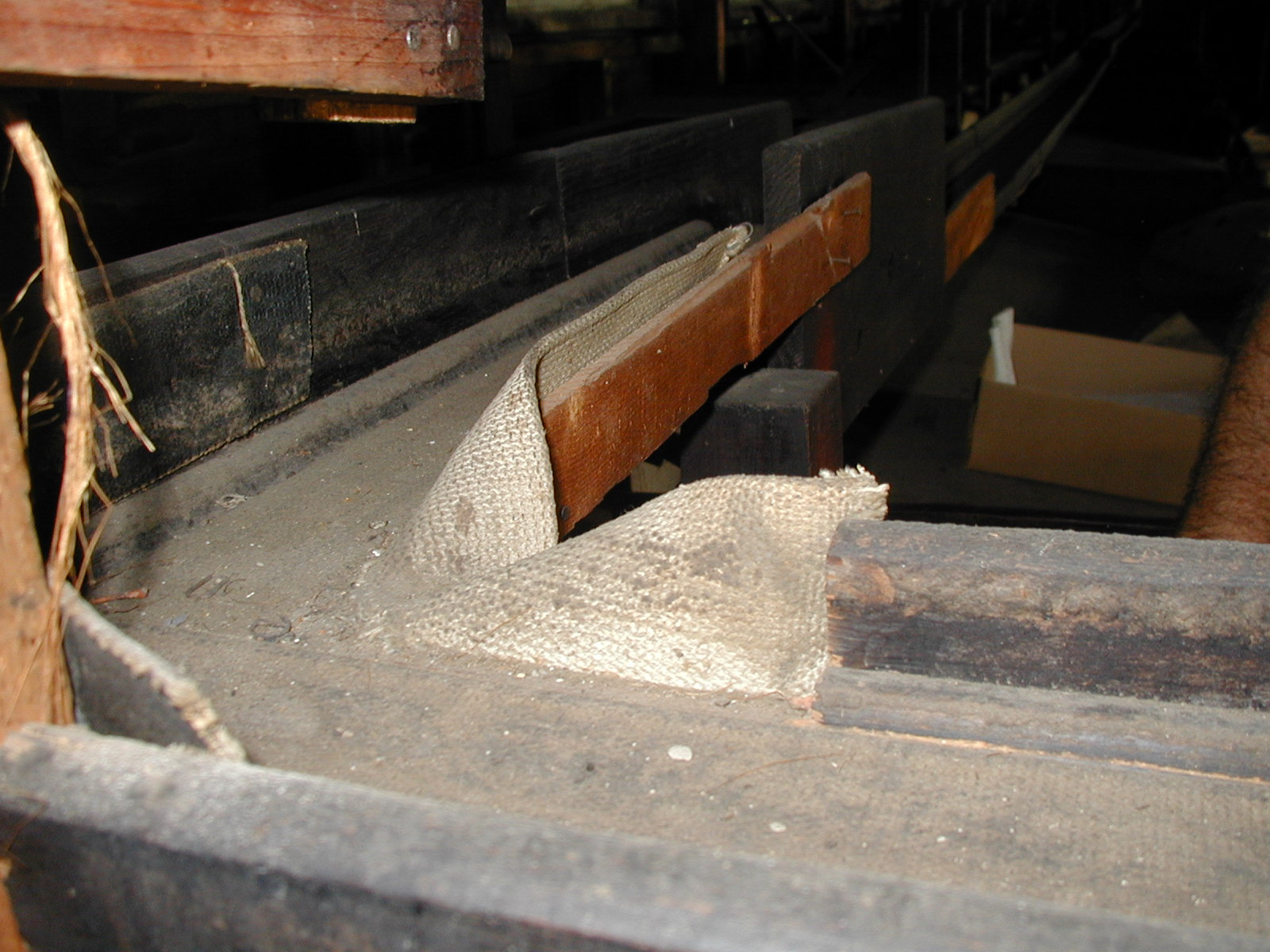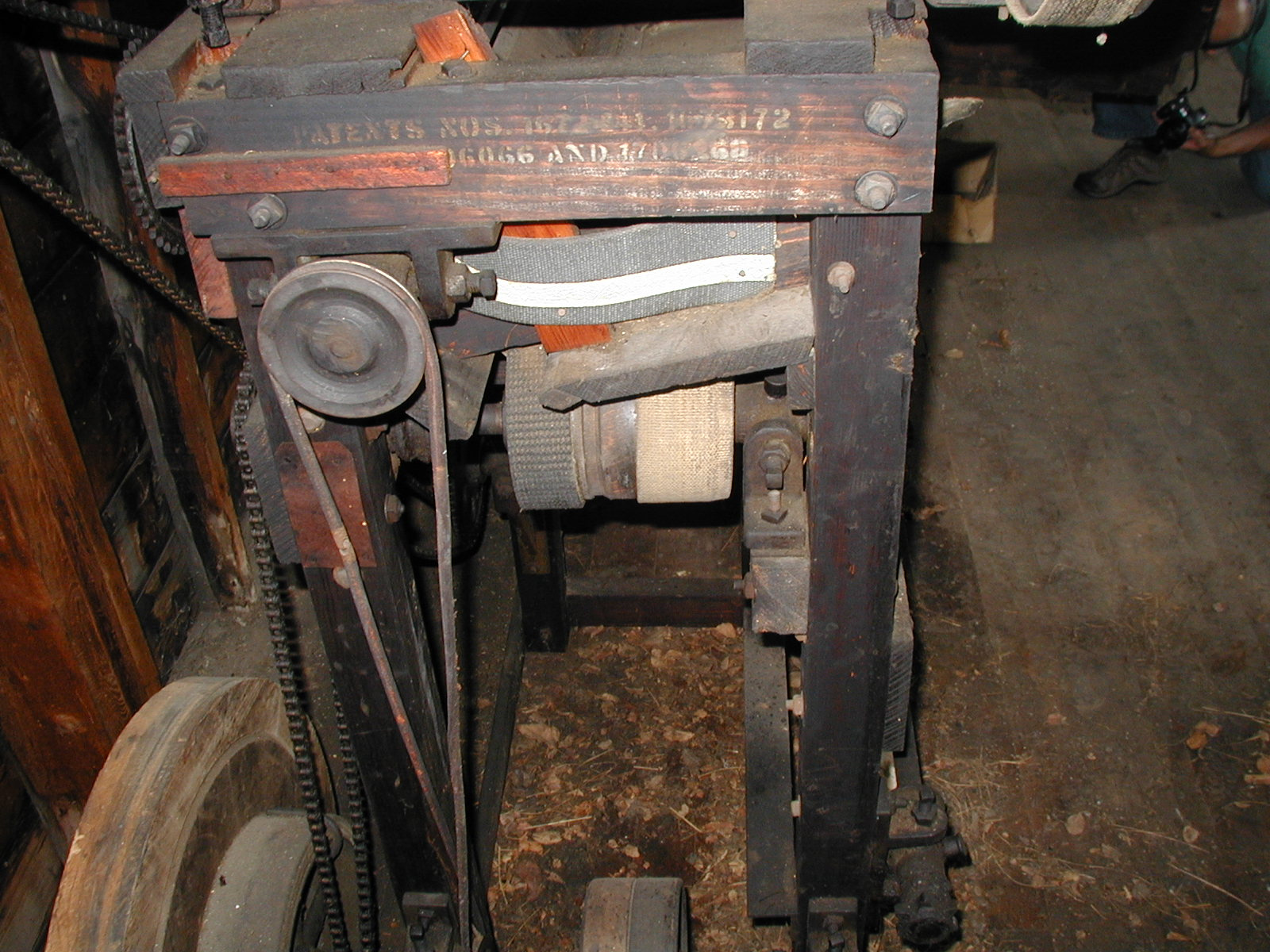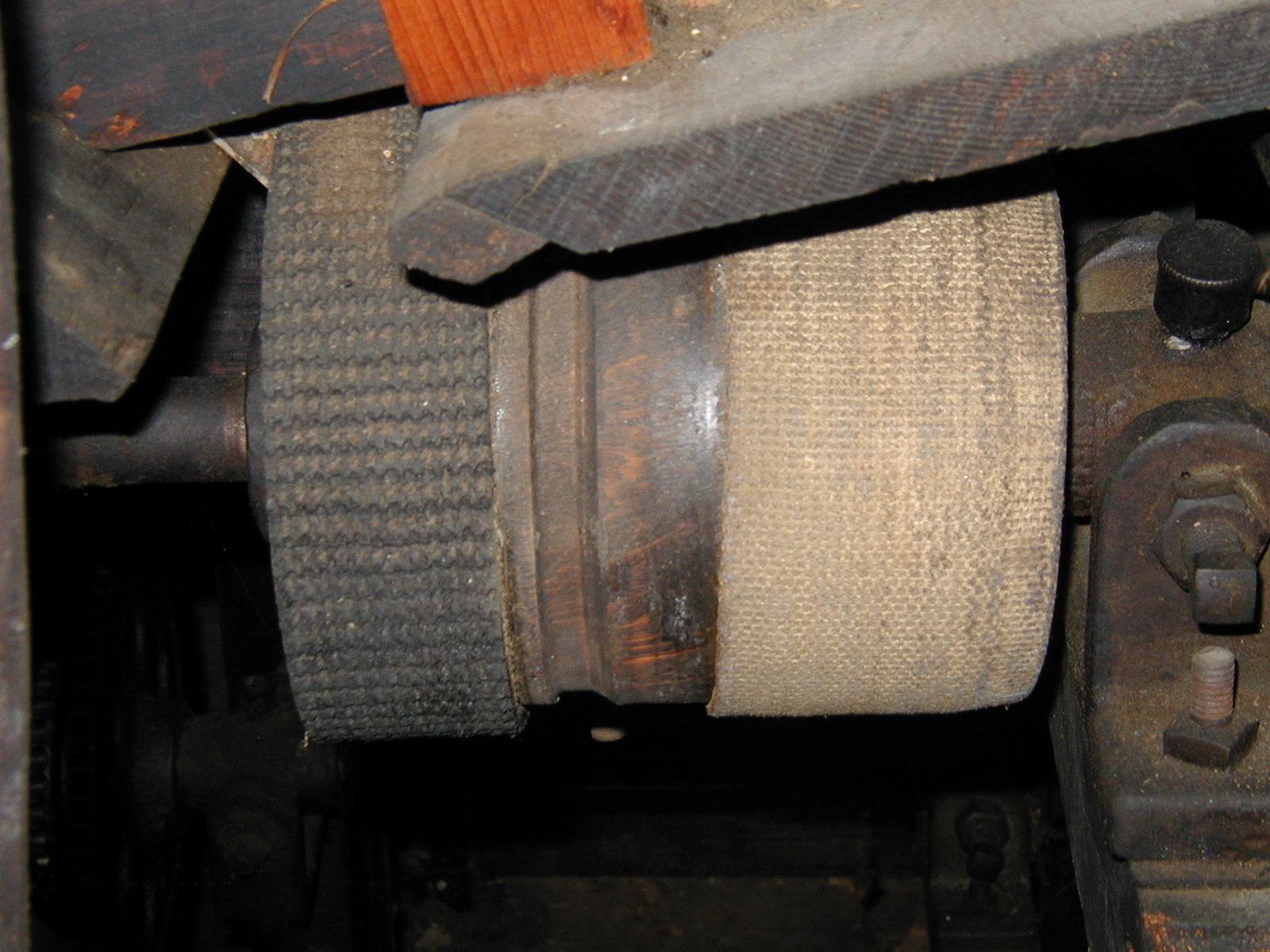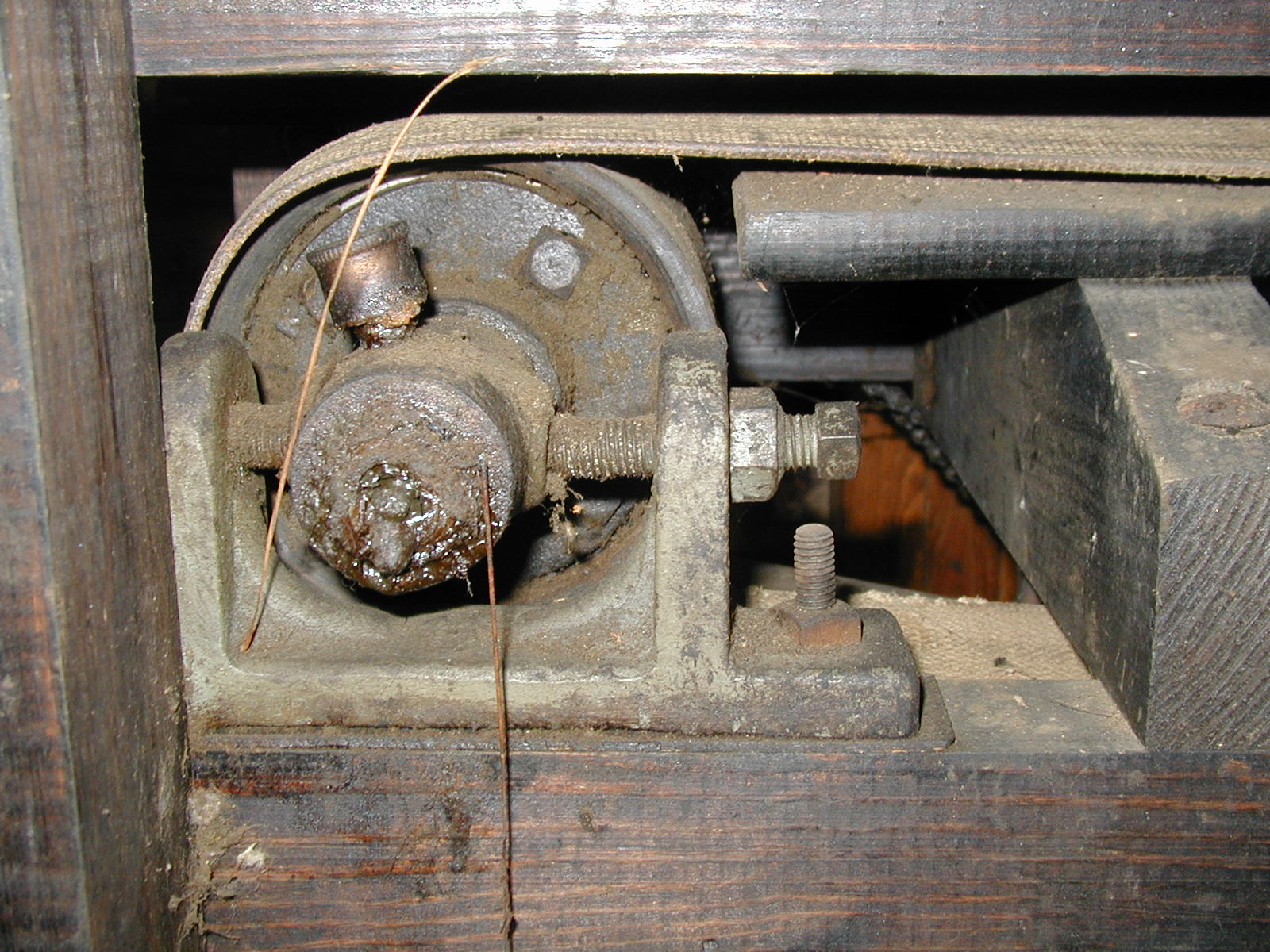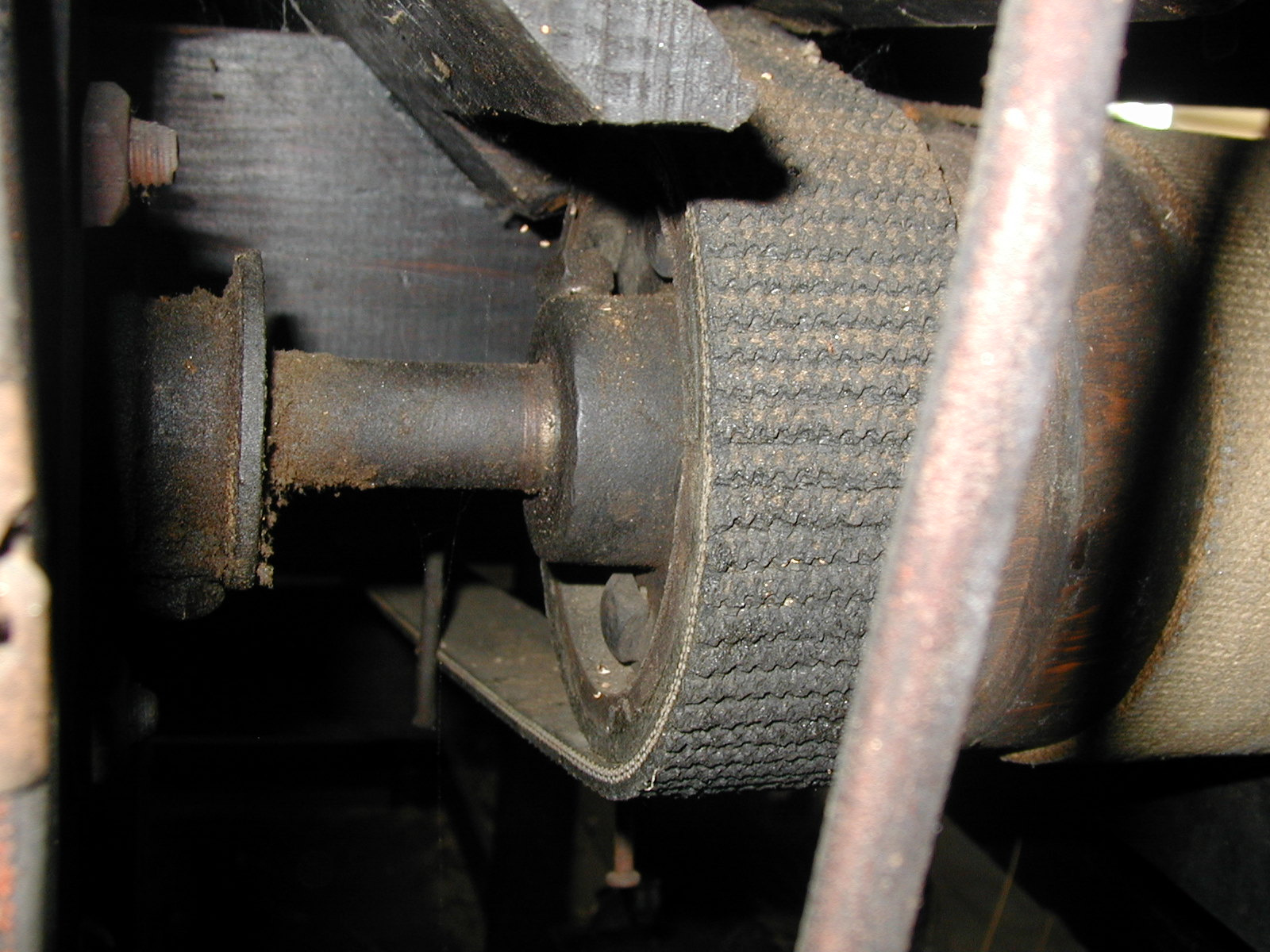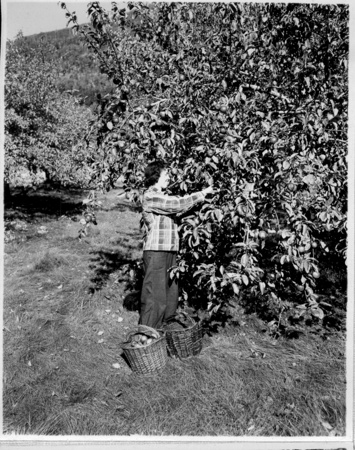Grader & sizer, fruit & vegetable
Use this image
Can I reuse this image without permission? Yes
Object images on the Ingenium Collection’s portal have the following Creative Commons license:
Copyright Ingenium / CC BY-NC-ND (Attribution-NonCommercial 4.0 International (CC BY-NC 4.0)
ATTRIBUTE THIS IMAGE
Ingenium,
2010.0294.001
Permalink:
Ingenium is releasing this image under the Creative Commons licensing framework, and encourages downloading and reuse for non-commercial purposes. Please acknowledge Ingenium and cite the artifact number.
DOWNLOAD IMAGEPURCHASE THIS IMAGE
This image is free for non-commercial use.
For commercial use, please consult our Reproduction Fees and contact us to purchase the image.
- OBJECT TYPE
- Electric
- DATE
- 1930
- ARTIFACT NUMBER
- 2010.0294.001
- MANUFACTURER
- Wayland Machinery Co. Inc.
- MODEL
- Unknown
- LOCATION
- Covesville, Virginia, United States of America
More Information
General Information
- Serial #
- 405
- Part Number
- 1
- Total Parts
- 29
- AKA
- N/A
- Patents
- N/A
- General Description
- Equipment generally composed of wood, metal, canvas and rubber.
Dimensions
Note: These reflect the general size for storage and are not necessarily representative of the object's true dimensions.
- Length
- N/A
- Width
- N/A
- Height
- N/A
- Thickness
- N/A
- Weight
- N/A
- Diameter
- N/A
- Volume
- N/A
Lexicon
- Group
- Agriculture
- Category
- Crop processing
- Sub-Category
- N/A
Manufacturer
- AKA
- Wayland
- Country
- United States of America
- State/Province
- Virginia
- City
- Covesville
Context
- Country
- Canada
- State/Province
- Quebec
- Period
- 1930's +
- Canada
-
Used at a Canadian orchard co-op packing-house on Covey Hill in Quebec's Eastern townships. - Function
-
Small-scale packing line composed of multiple manual and mechanized components aiding in the sorting, sizing, and packing of produce. Specifically used to sort orchard fruits – apples mostly. - Technical
-
Before the advent of high-tech mechanisation, packing fruit was a labourious multi-step process. The grading, sorting and packing of fruit usually took place under one roof – more specifically, a packing house. Several pieces of equipment were used in conjunction to complete each step. Here is the process, broken down for this specific combination of equipment; using apples as an example of fruit being processed. Commonly referred to as ‘dumping’, a labourer grabbed a box of apples and emptied its contents onto a hopper (.002) – the entry point of the packing line. From there, the apples were fed onto a chain-driven roller conveyor (.003) where two labourers were tasked with sorting the culls from the grade apples. This step involved thorough visual inspections and manipulations so that the apples could be properly sorted and sent down the right conveyors. The conveying system was powered by a single motor (.024) and was made-up of a multitude of components: troughs (.010 & .011) set on a large frame (.009), conveyor belts (.020-.021) and drive shafts – like .018 and .019. When arriving on the sizing belt, the apples moved passed a series of ‘kicker’ wheels that were designed to expel apples, according to their sizes, into distinct packing bins (.013). As they went down the line, the apples were expelled systematically from largest to smallest. Sometimes, oversized fruit would get stuck or pinched underneath the kicker wheels; this was problematic as it clogged-up and slowed down the entire system. To prevent such a problem from occurring, the conveyor was equipped with an anti-jamming mechanism consisting of a series of brushes placed after each kicker the wheel. Set at specific heights, the brushes simply knocked oversized fruit off the belt before they could reach the next sizing wheel. When expelled from the sizing belt, the apples accumulated in bins or ‘packing stations’ (.013-.017). A labourer manned each station. Equipped with a packing table, packing tissues, liners, and multiple storage containers, a ‘packer’ would wrap each individual apple in a piece of tissue paper and place it in a box or basket. Apples had to be packed firmly so as to reduce the likelihood of having loose apples bouncing around and damaging the surrounding fruit. Once packed, the containers were sent to a lid-press to be sealed before being stamped and shipped to market. - Area Notes
-
Unknown
Details
- Markings
- N/A
- Missing
- Multiple components missing. Fruit & vegetable grader & sizer was not acquired in its entirety. See multimedia tab for pictures of fully assembled system.
- Finish
- Unknown
- Decoration
- N/A
CITE THIS OBJECT
If you choose to share our information about this collection object, please cite:
Wayland Machinery Co. Inc., Grader & sizer, fruit & vegetable, circa 1930, Artifact no. 2010.0294, Ingenium – Canada’s Museums of Science and Innovation, http://collection.ingeniumcanada.org/en/item/2010.0294.001/
FEEDBACK
Submit a question or comment about this artifact.
More Like This
